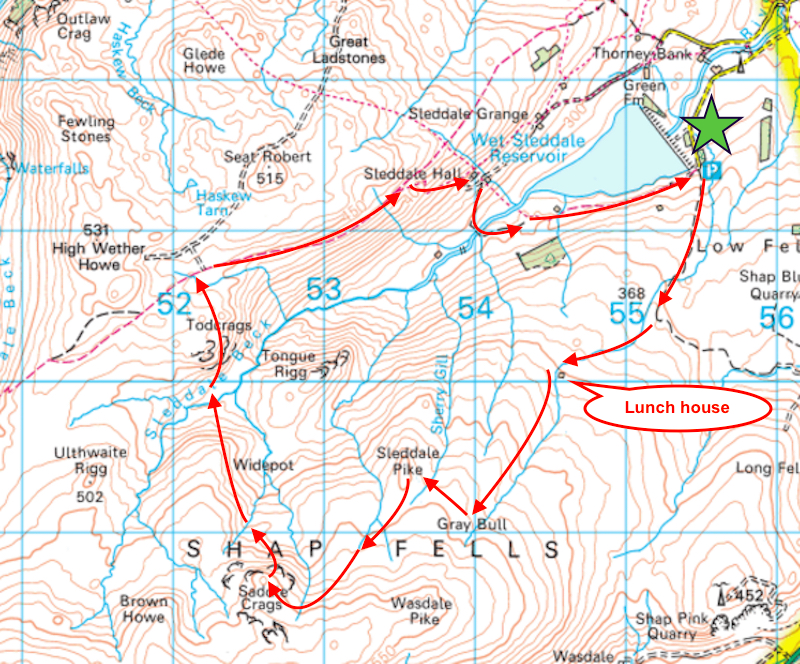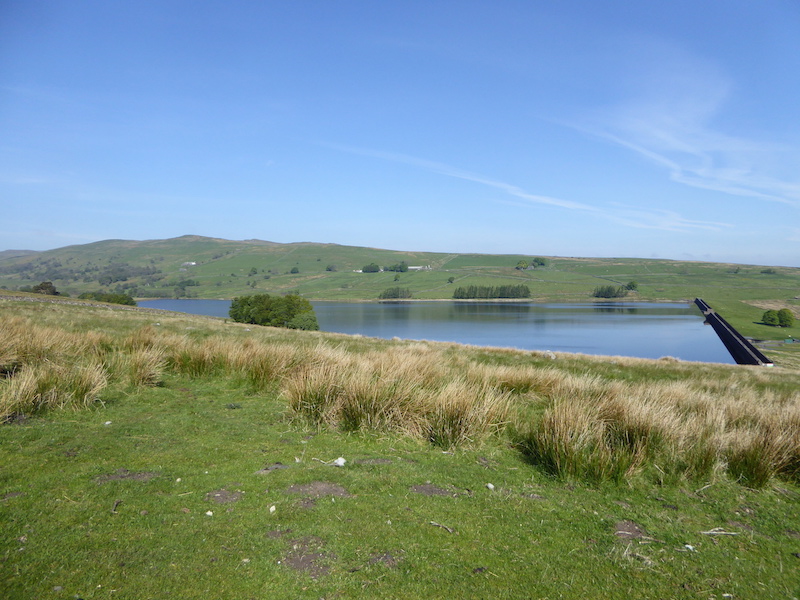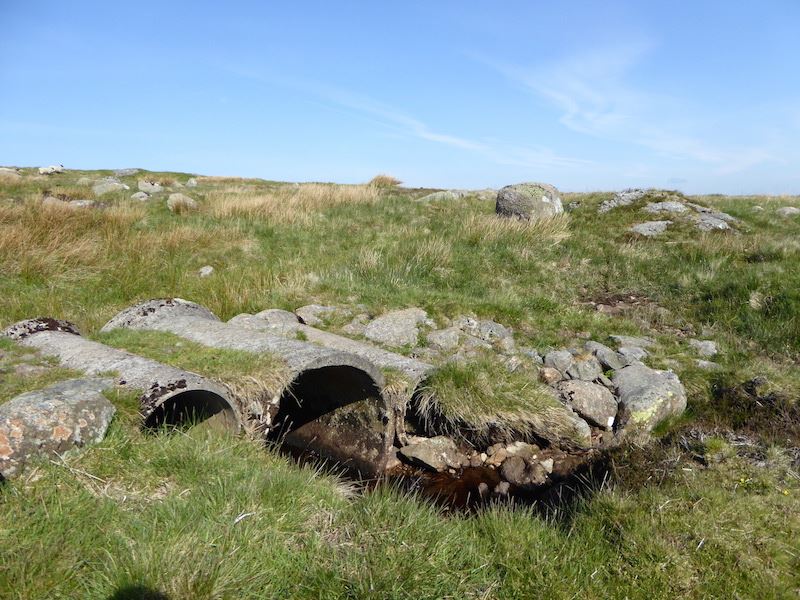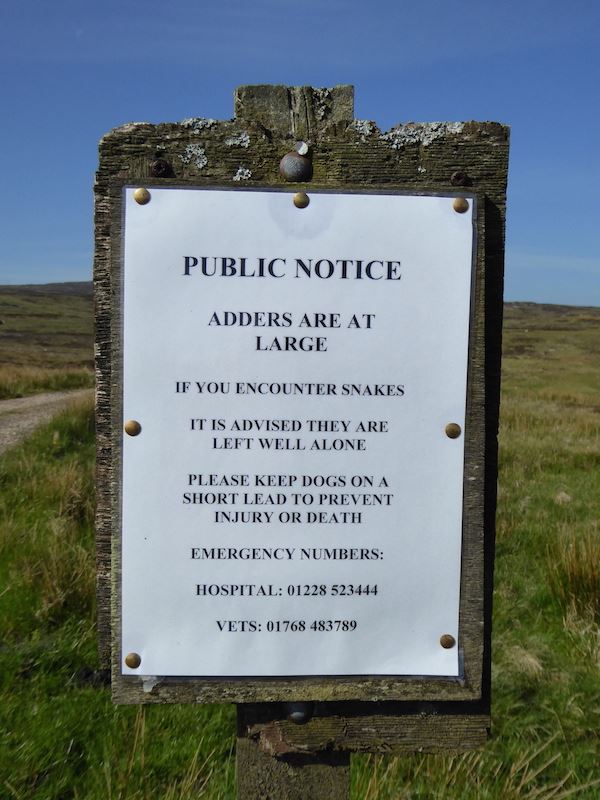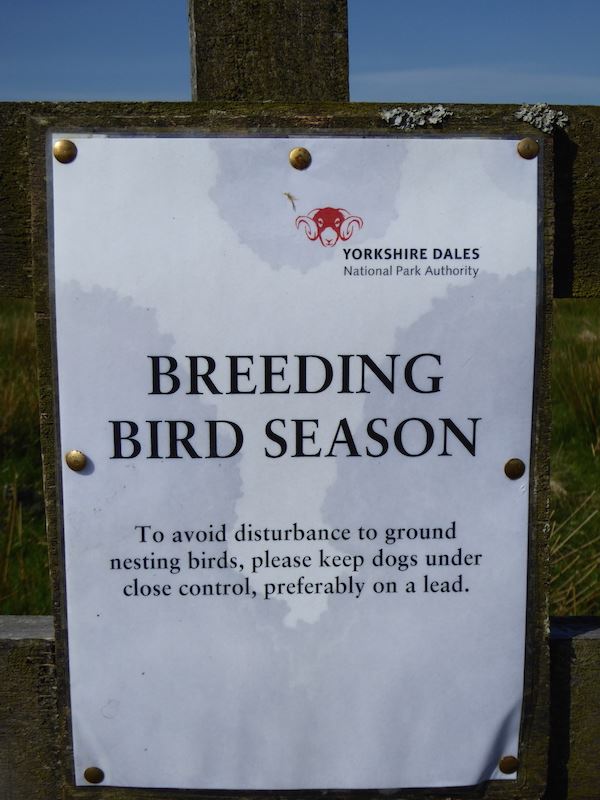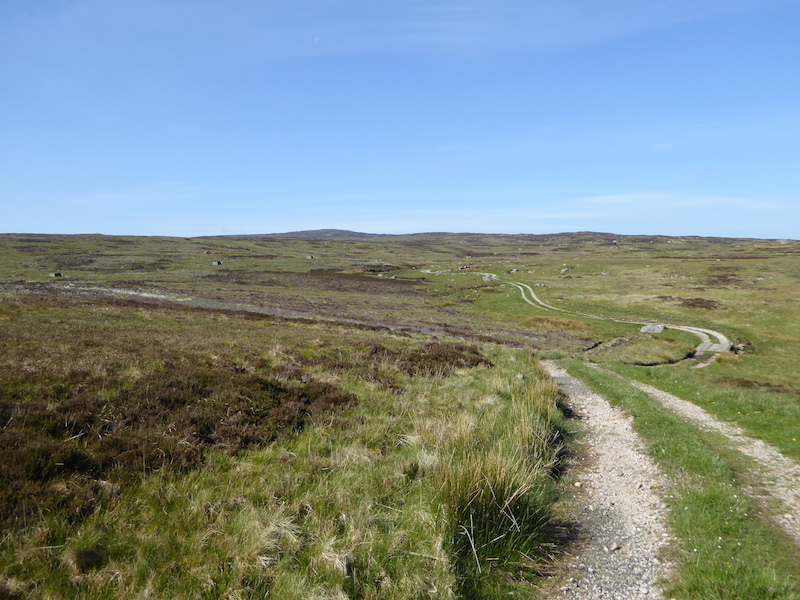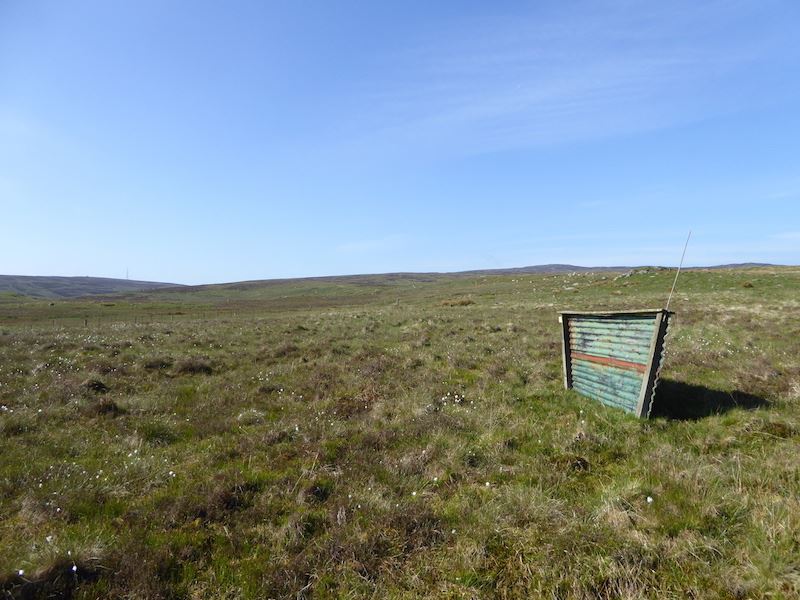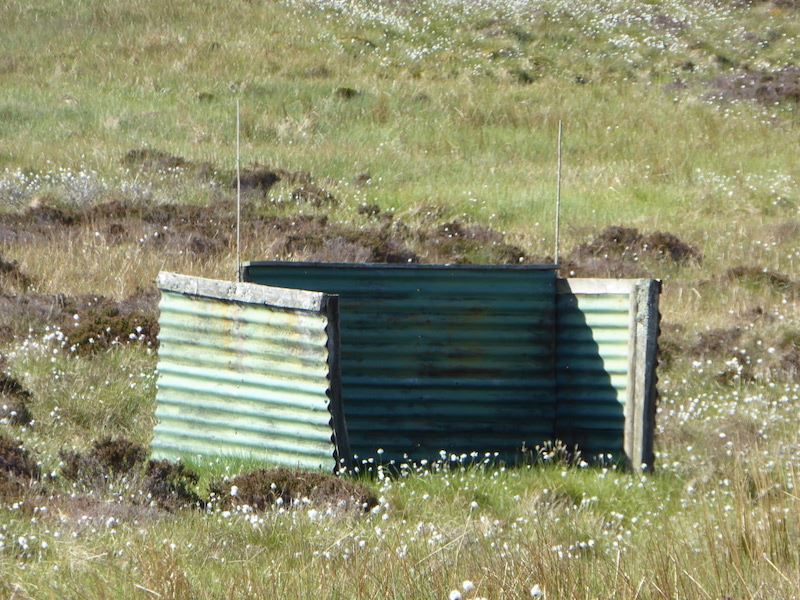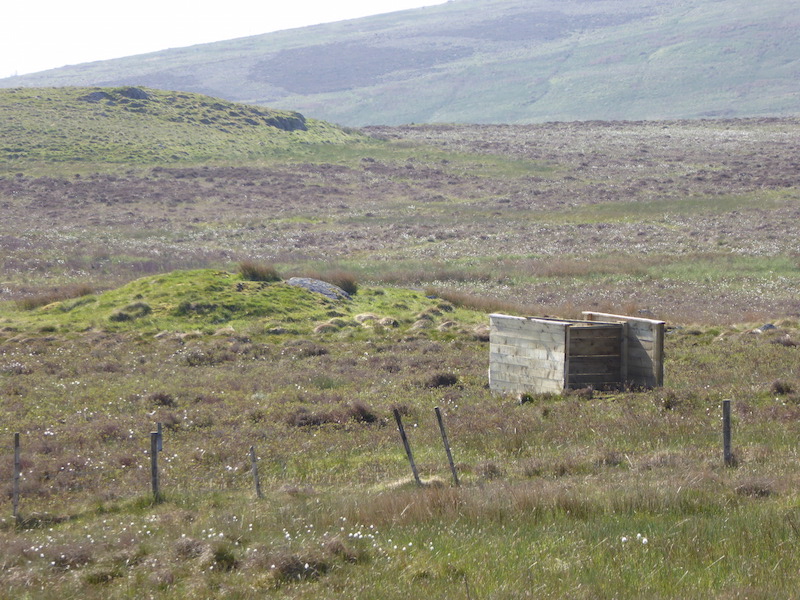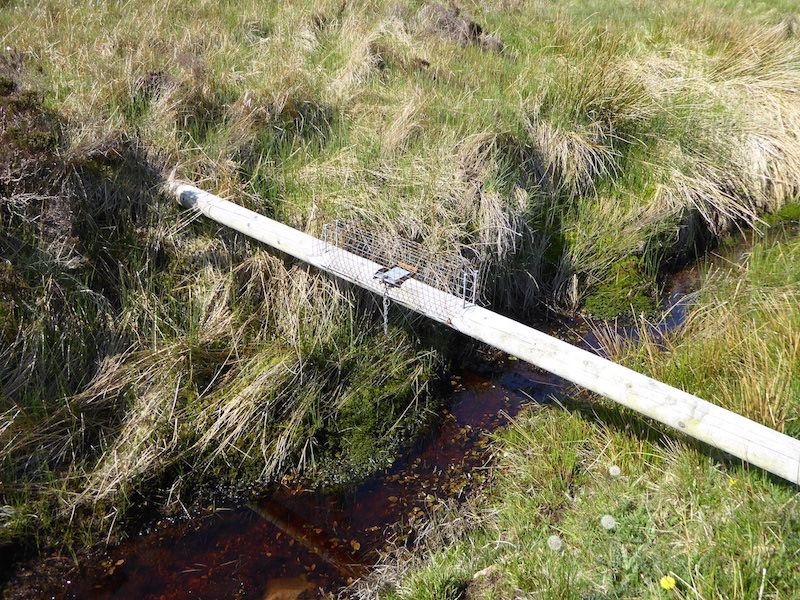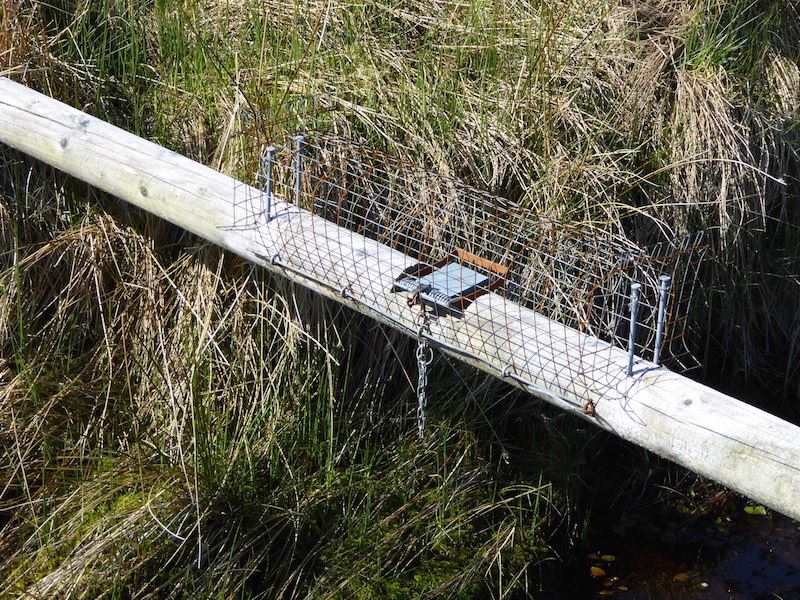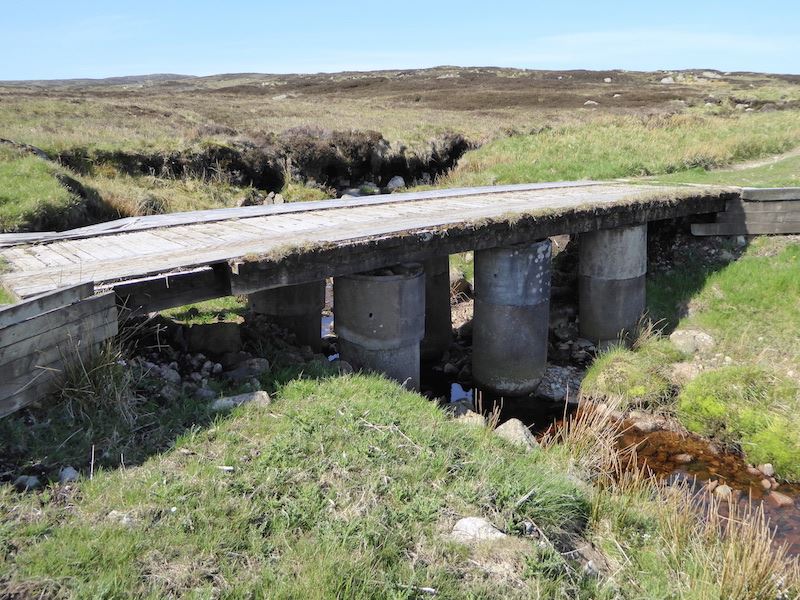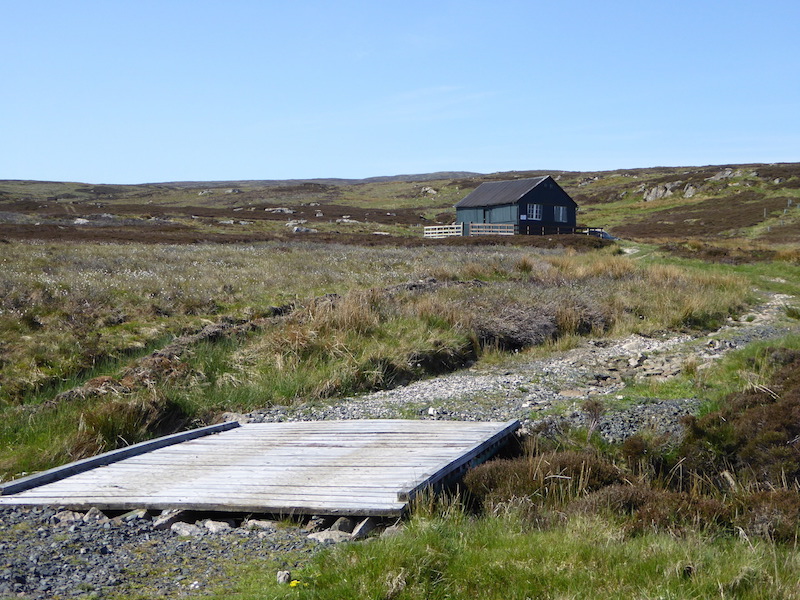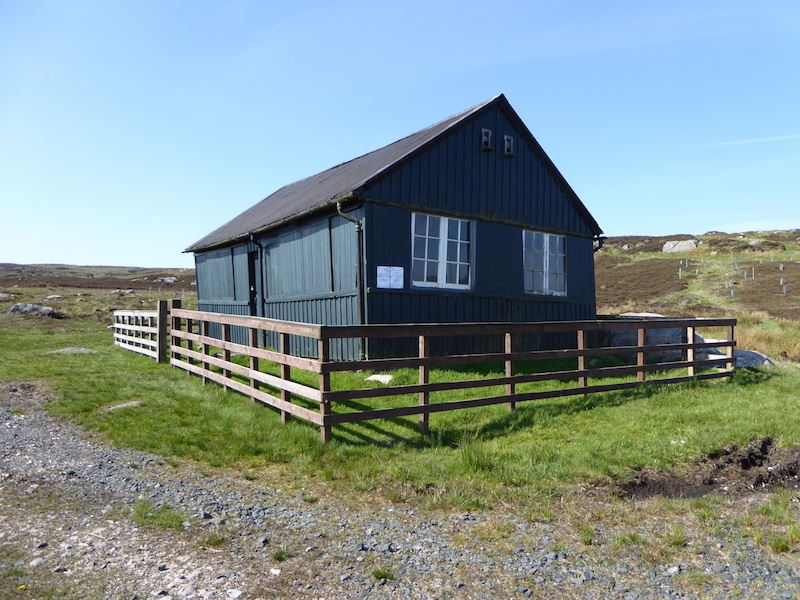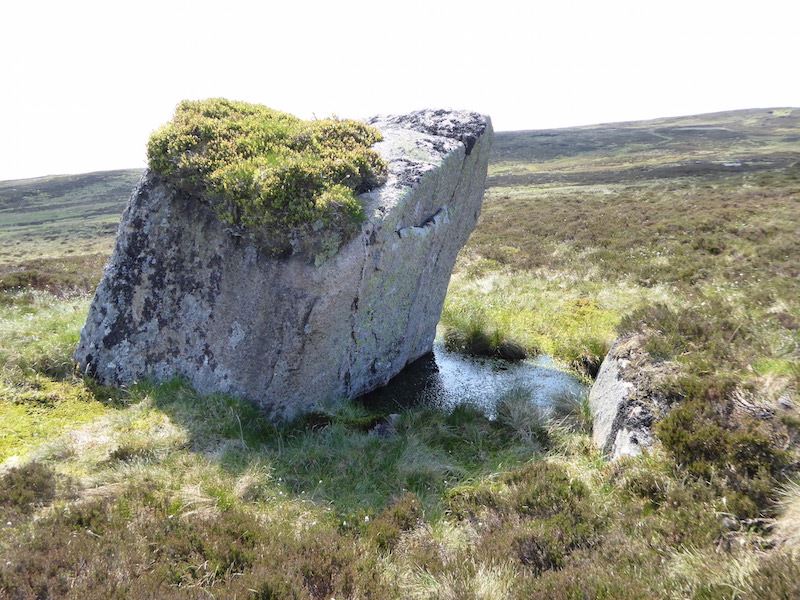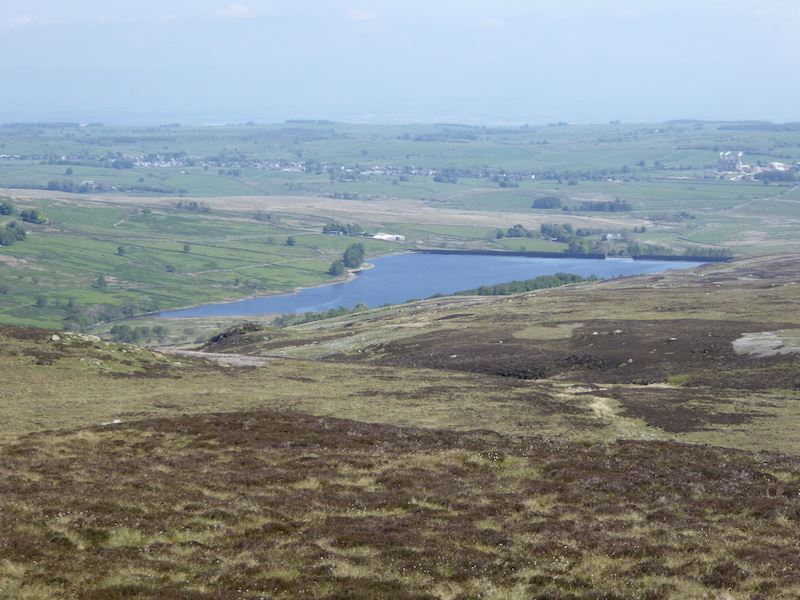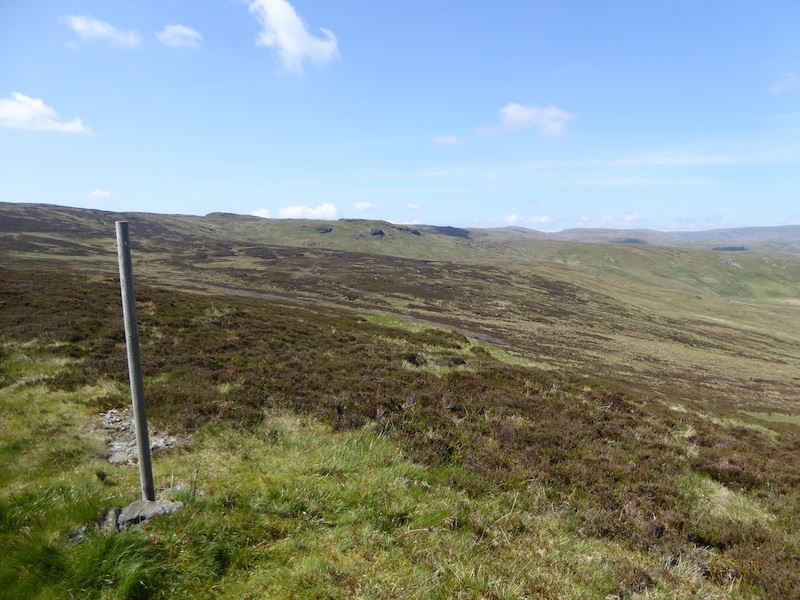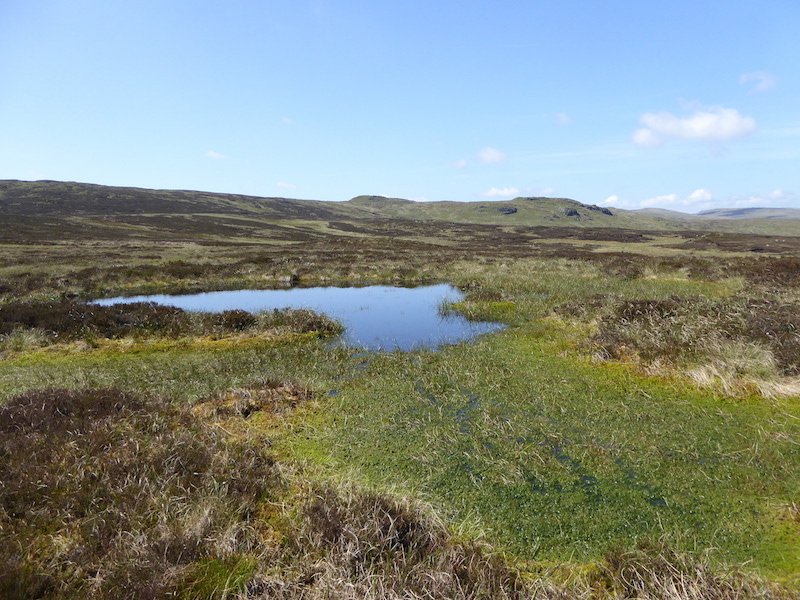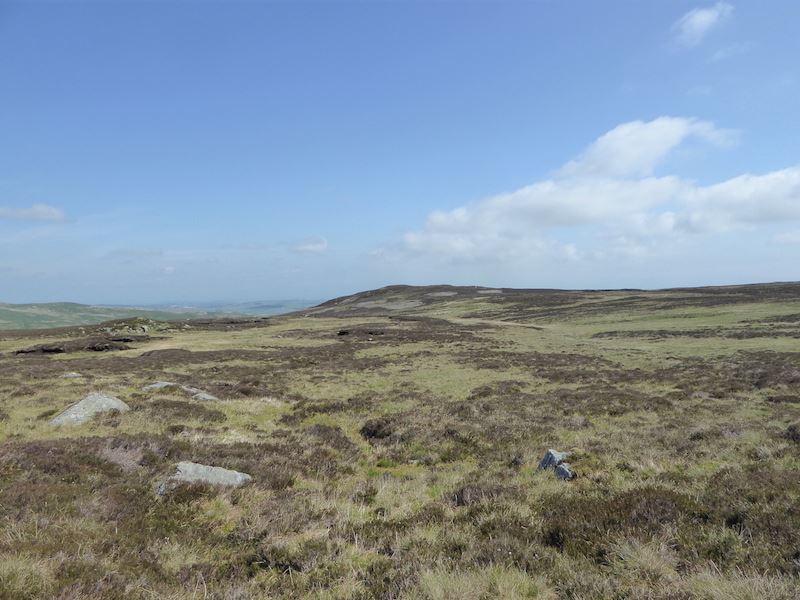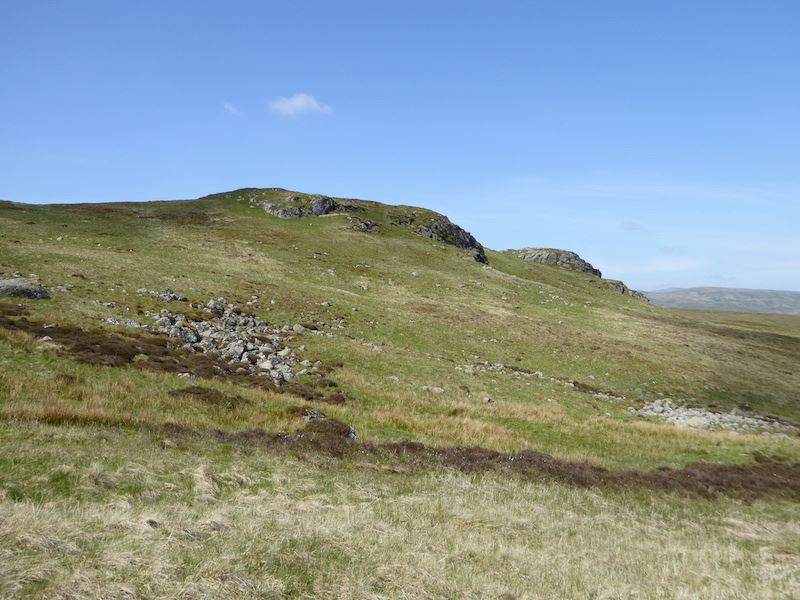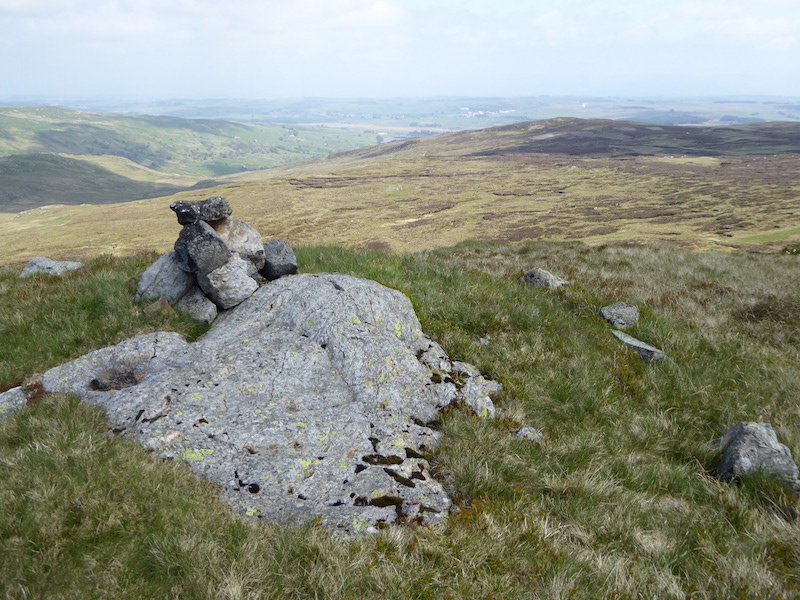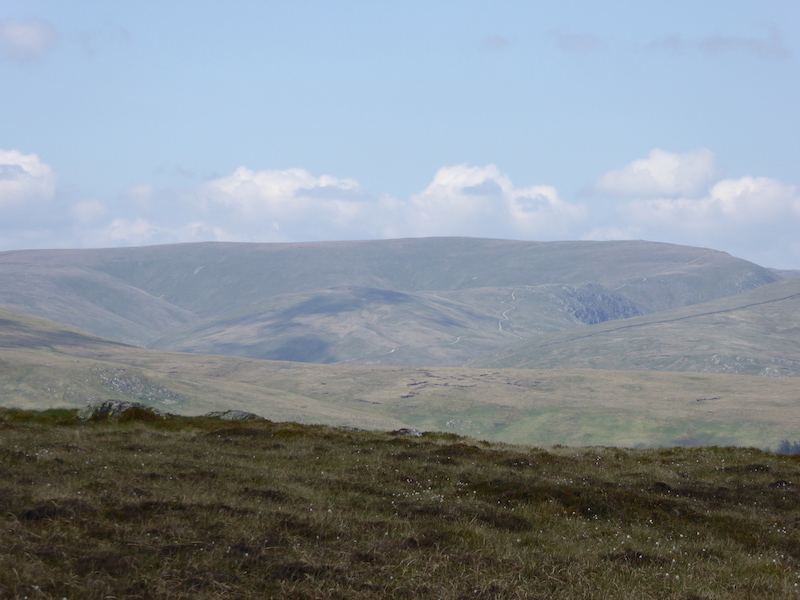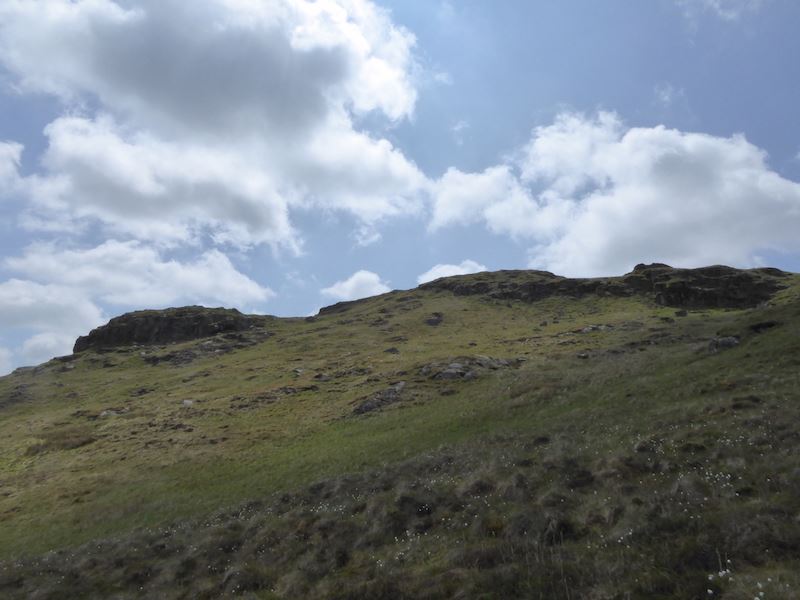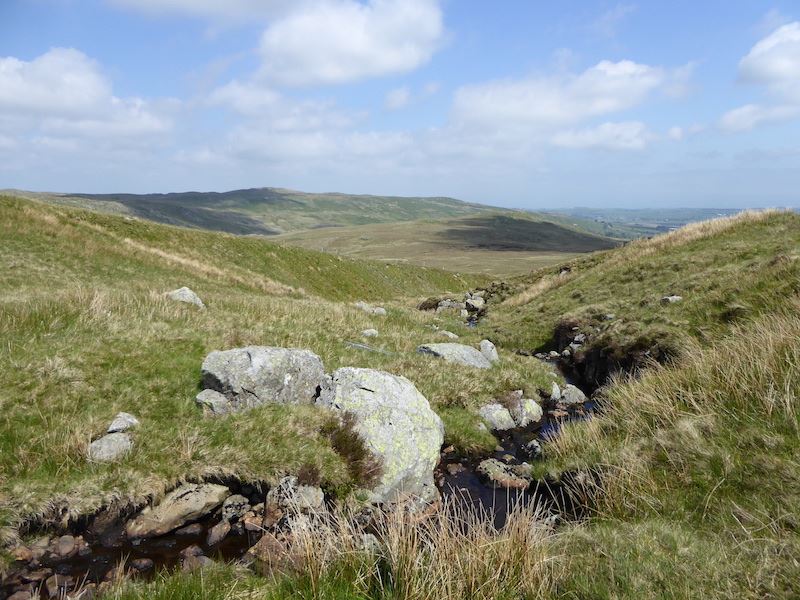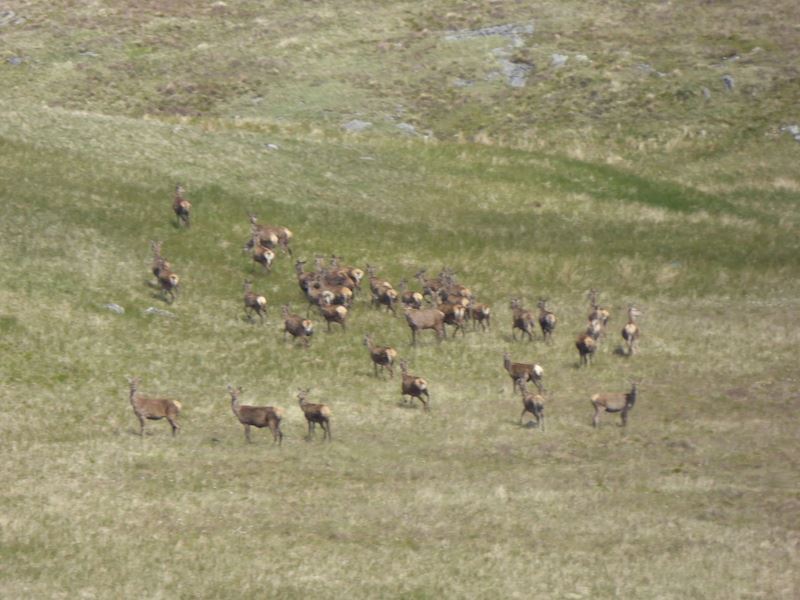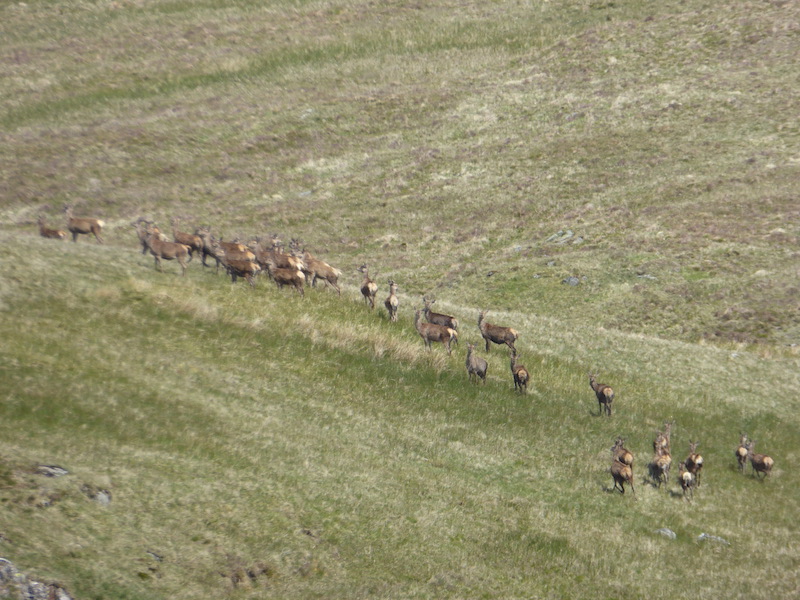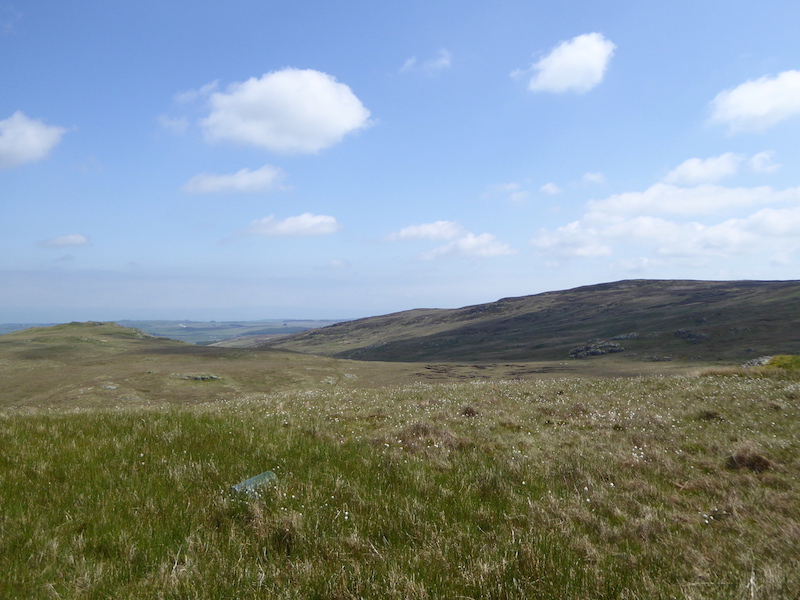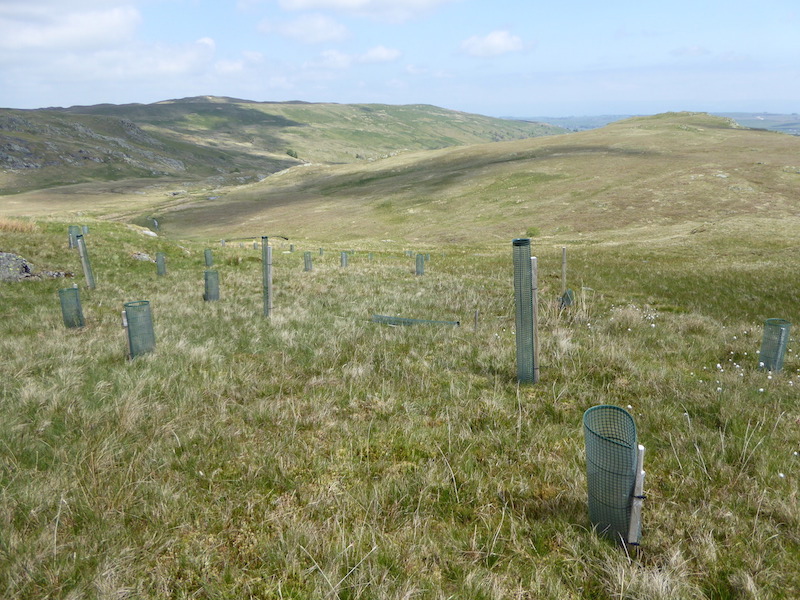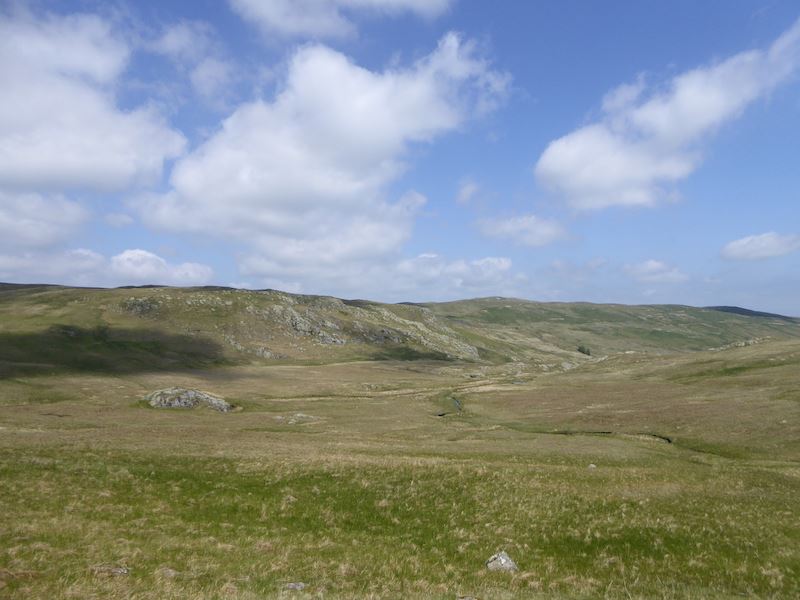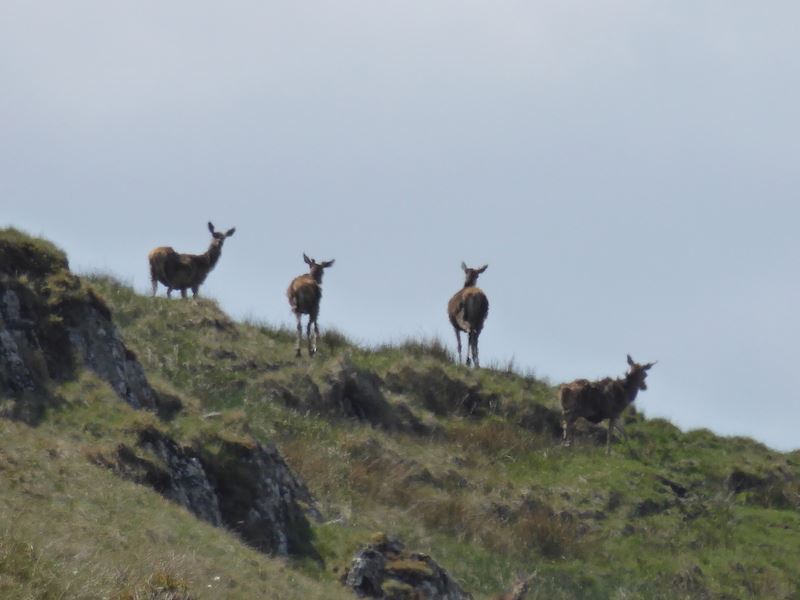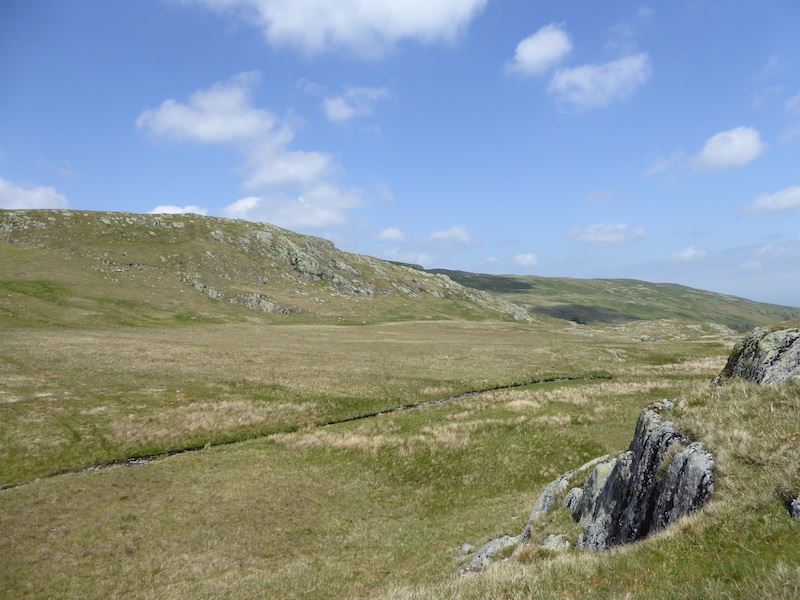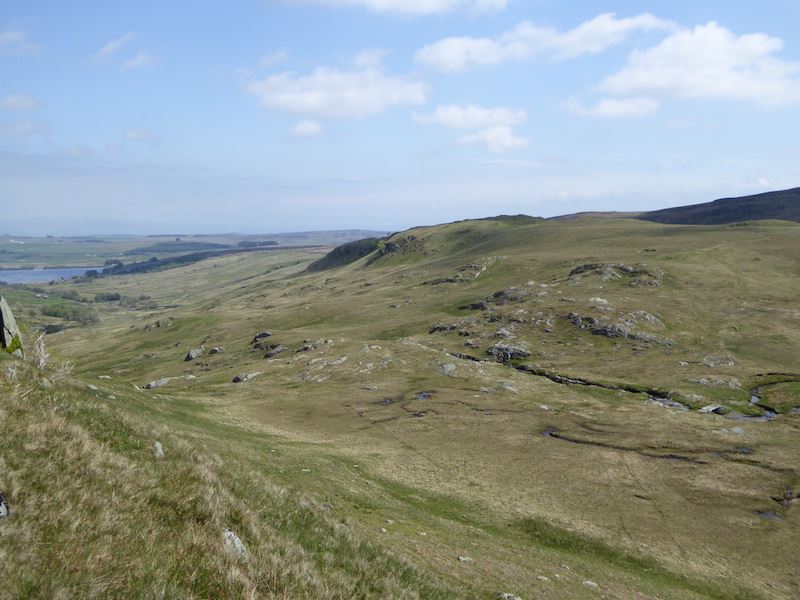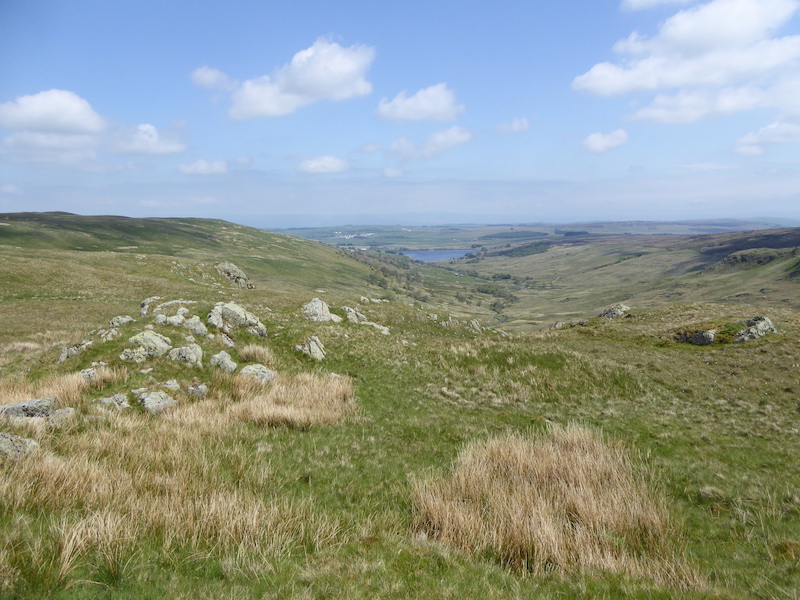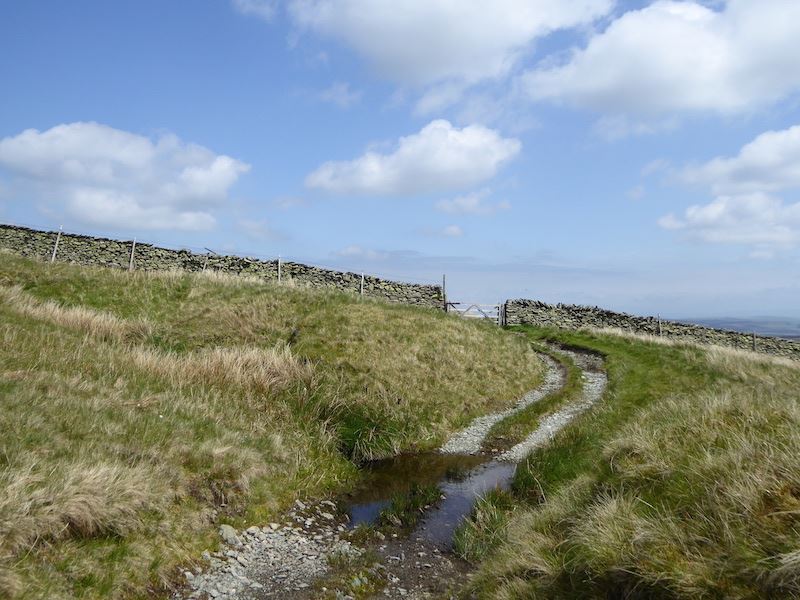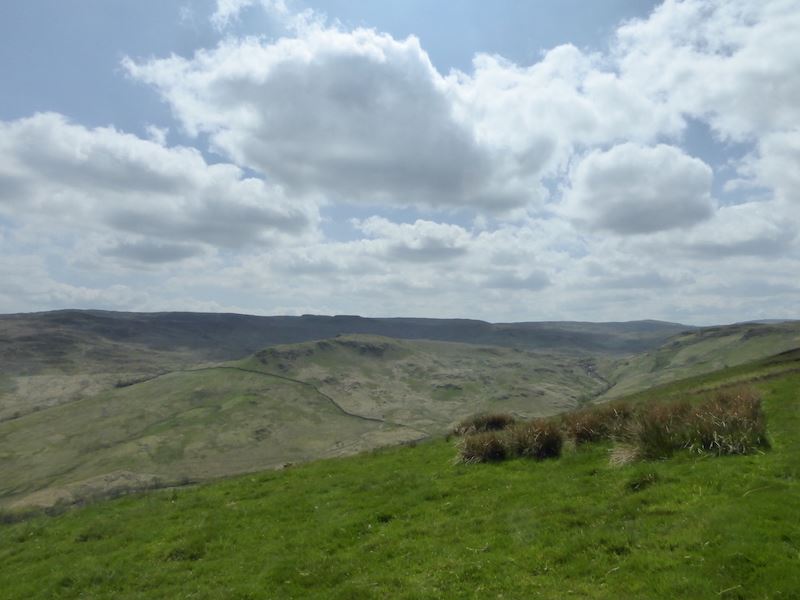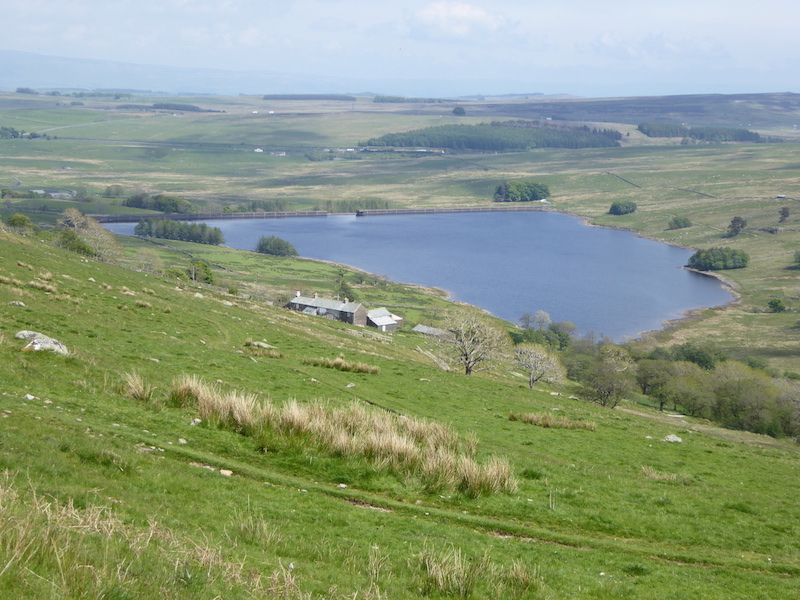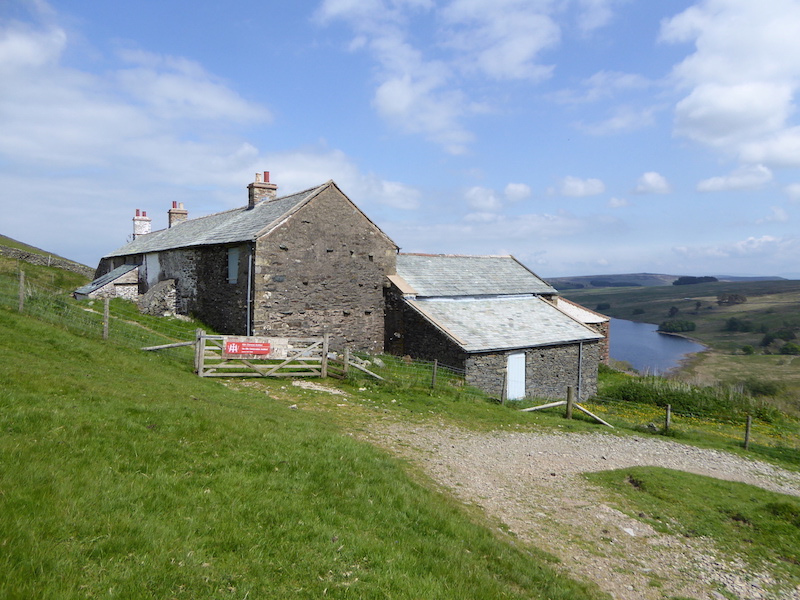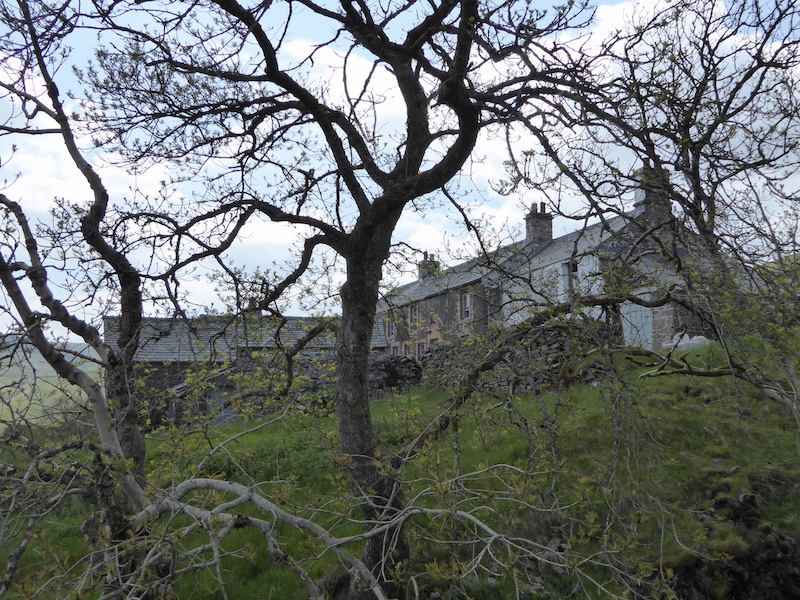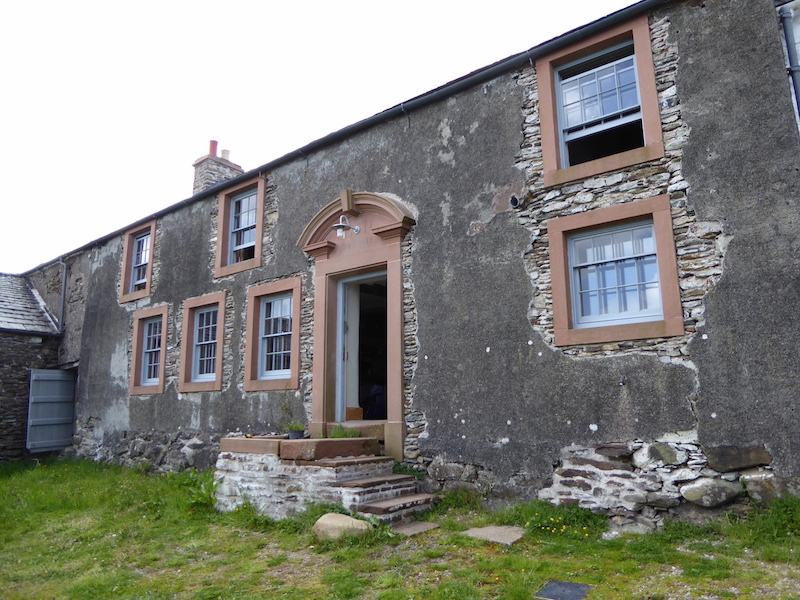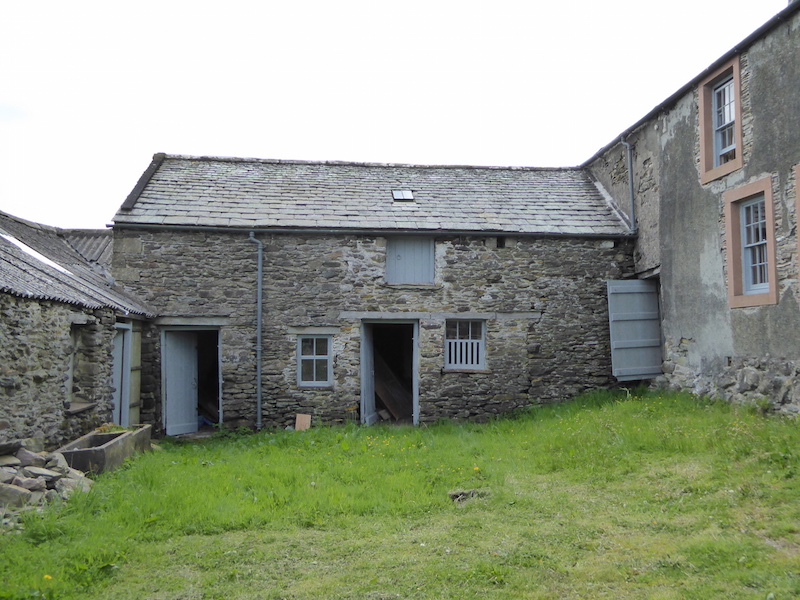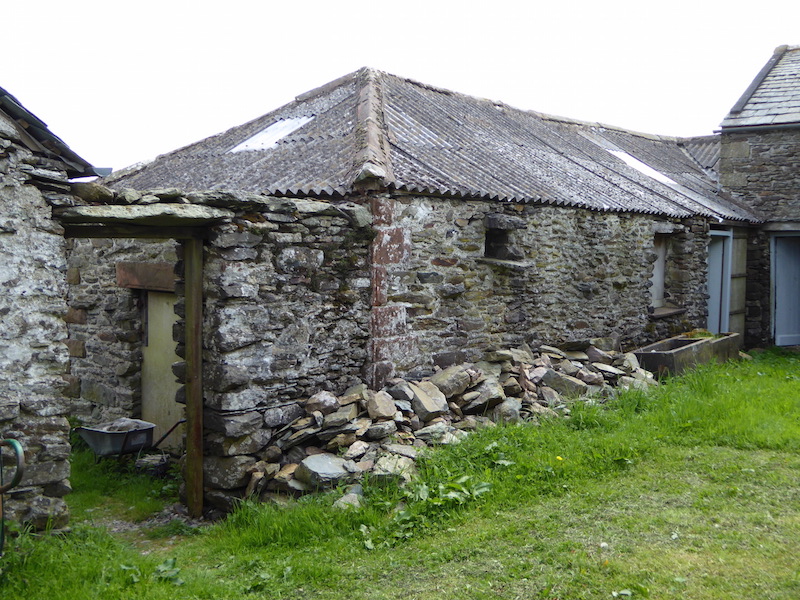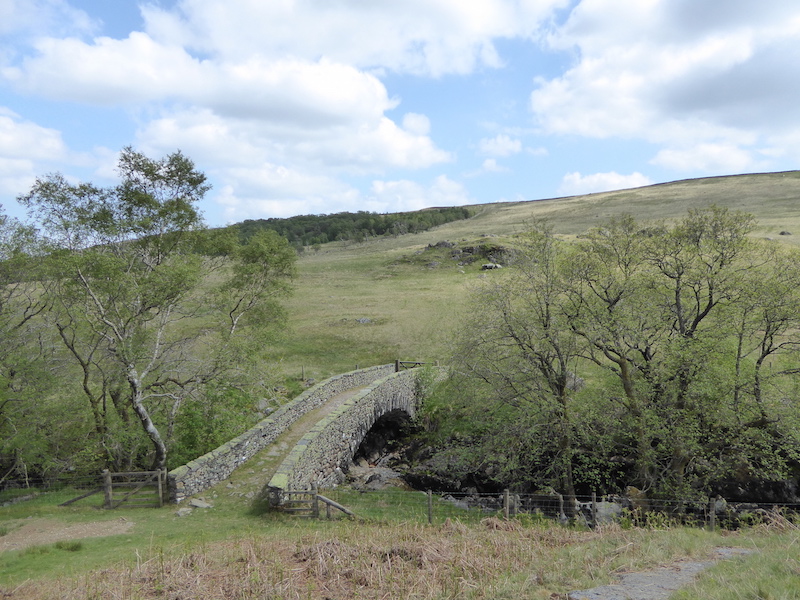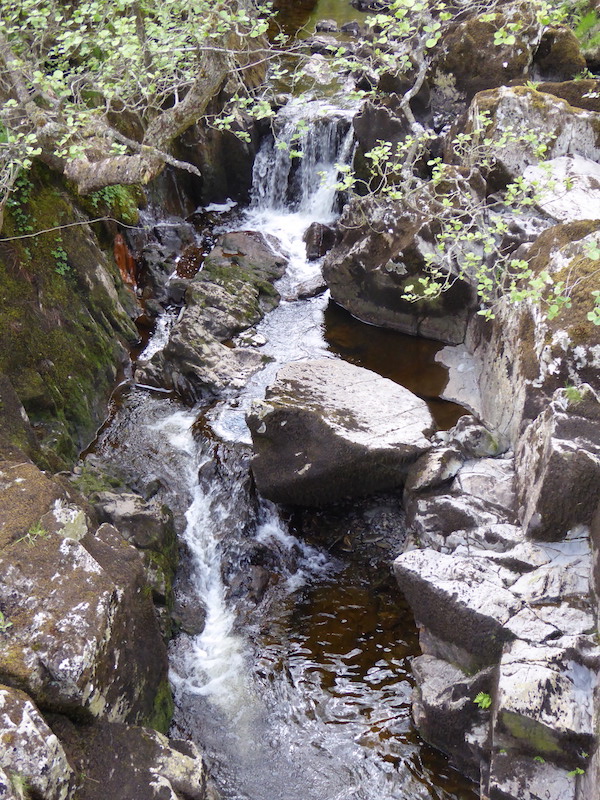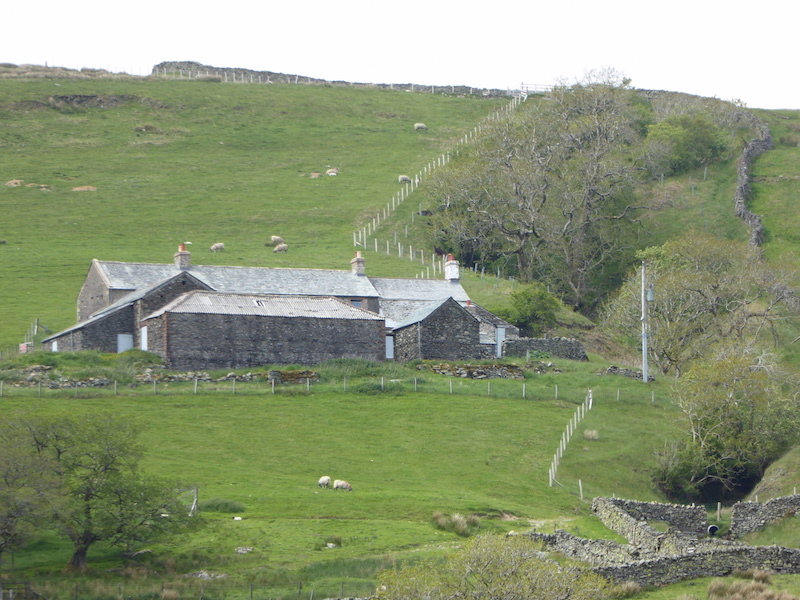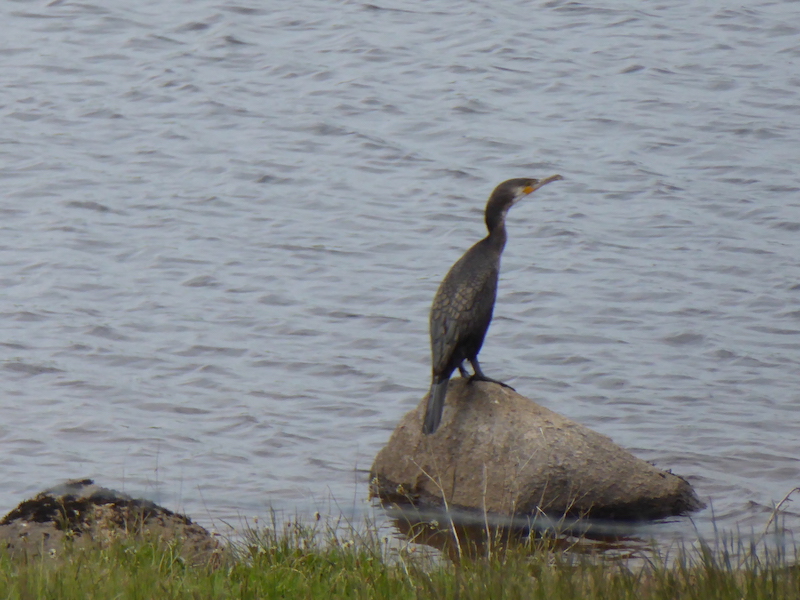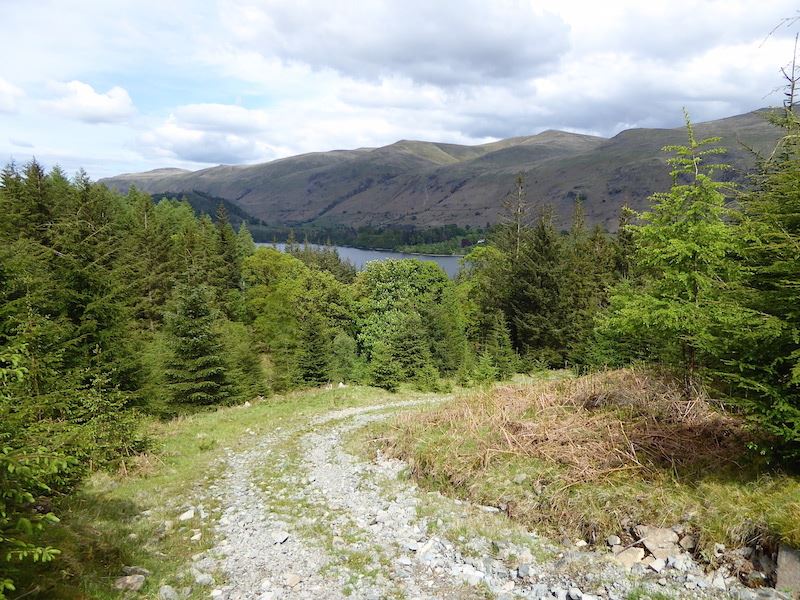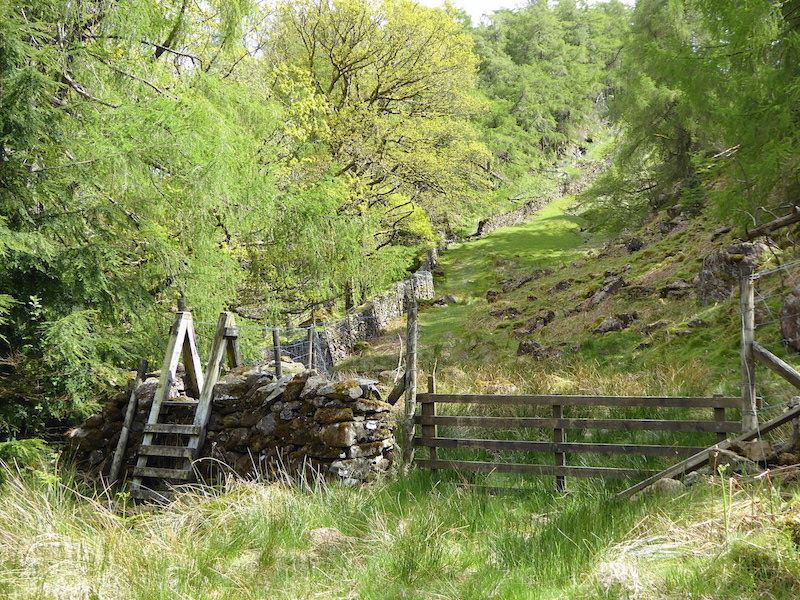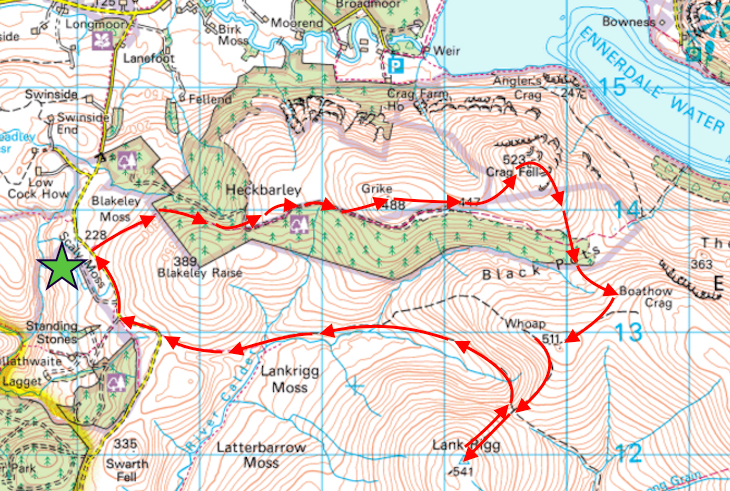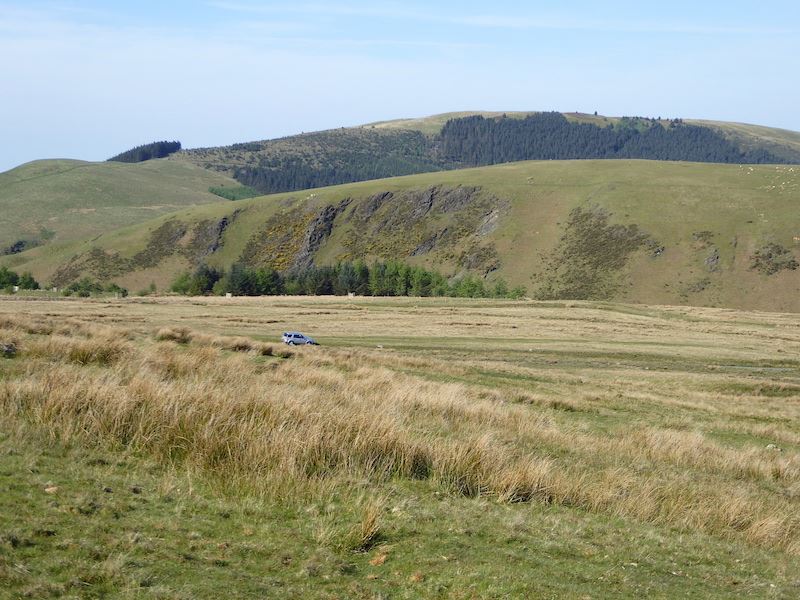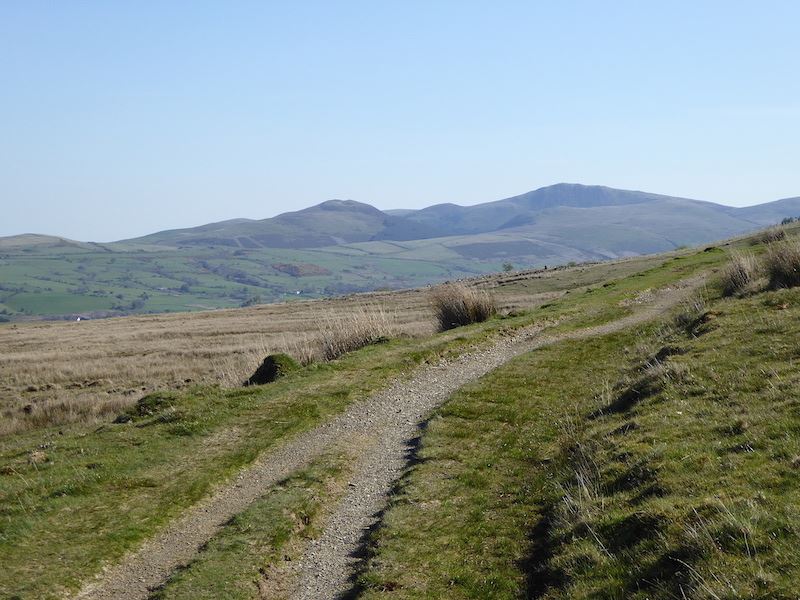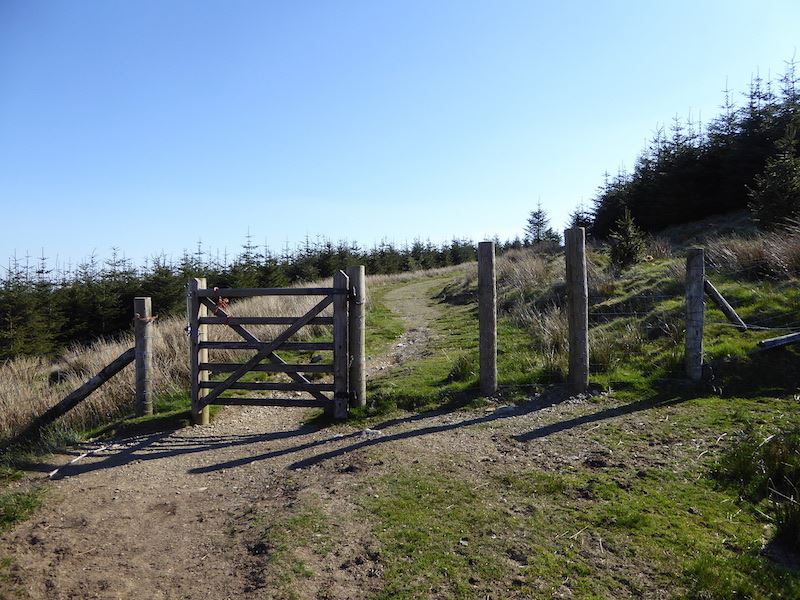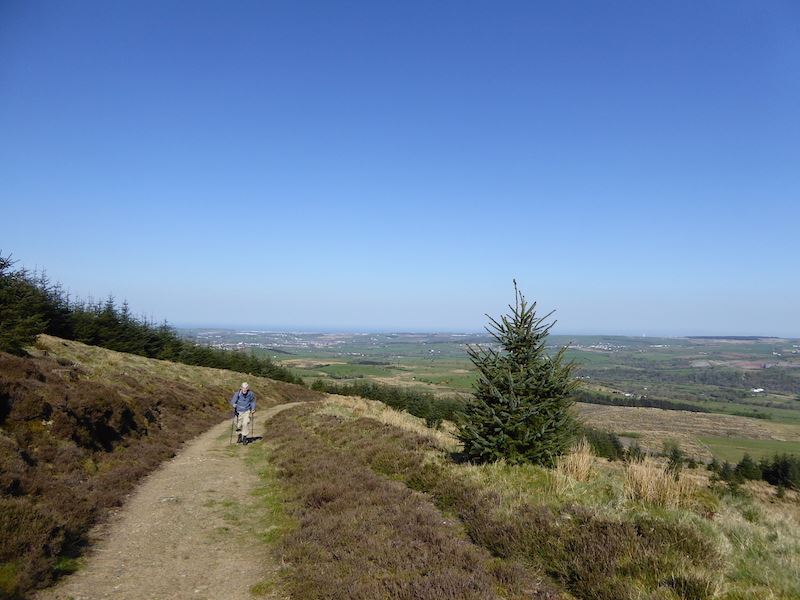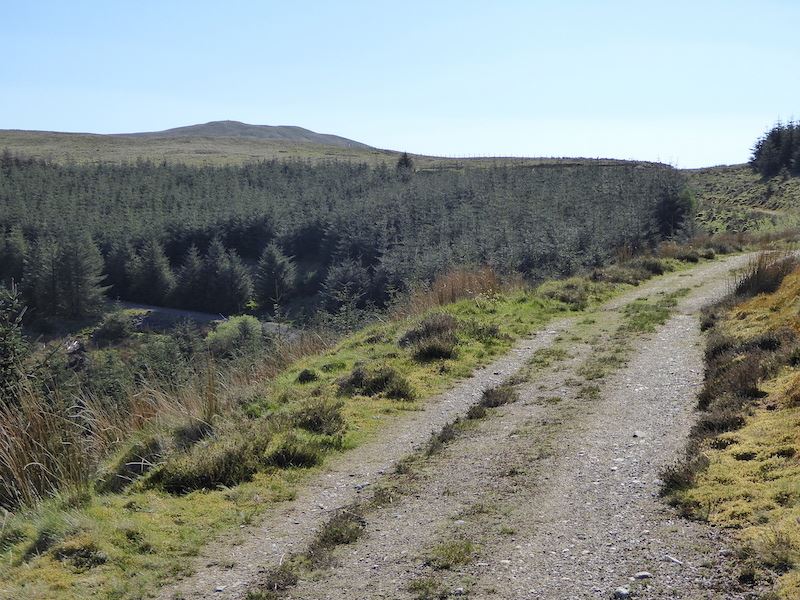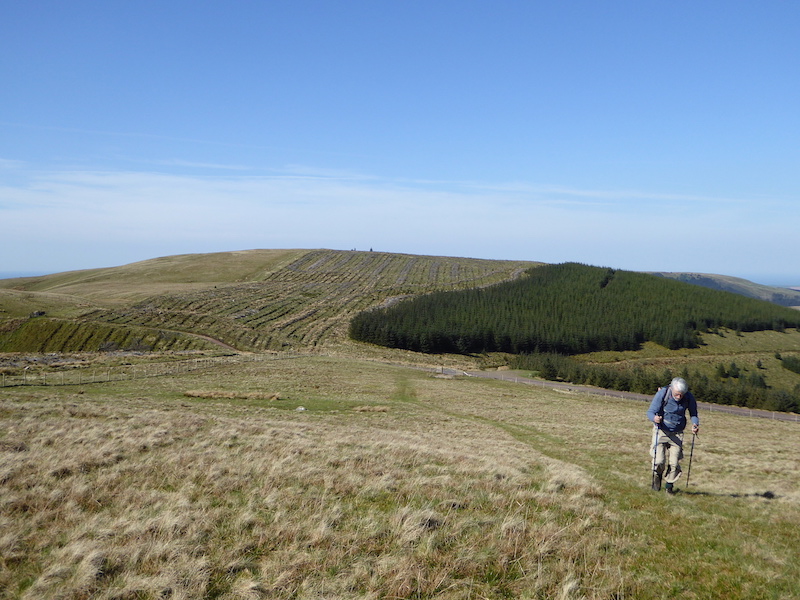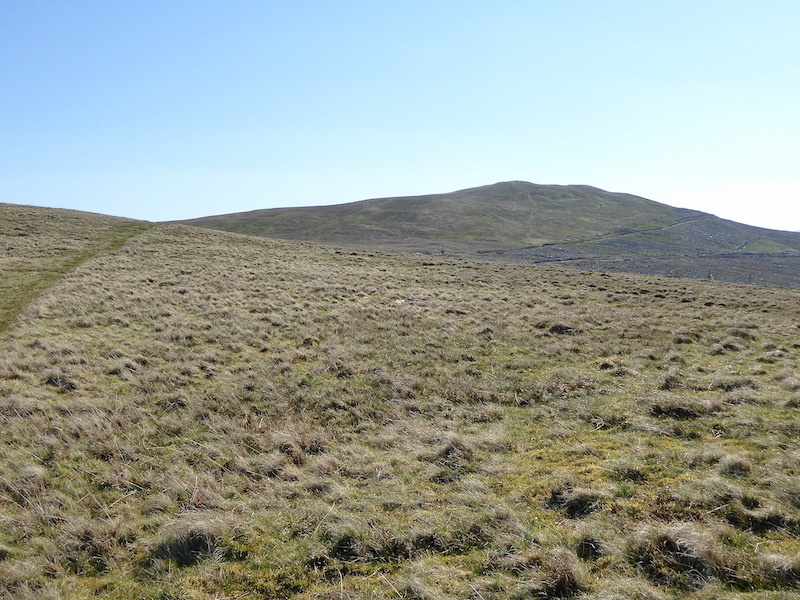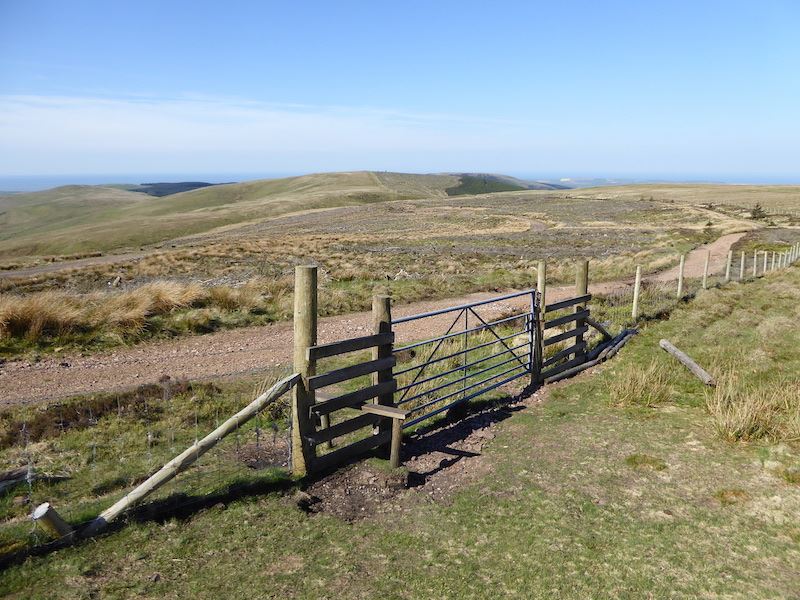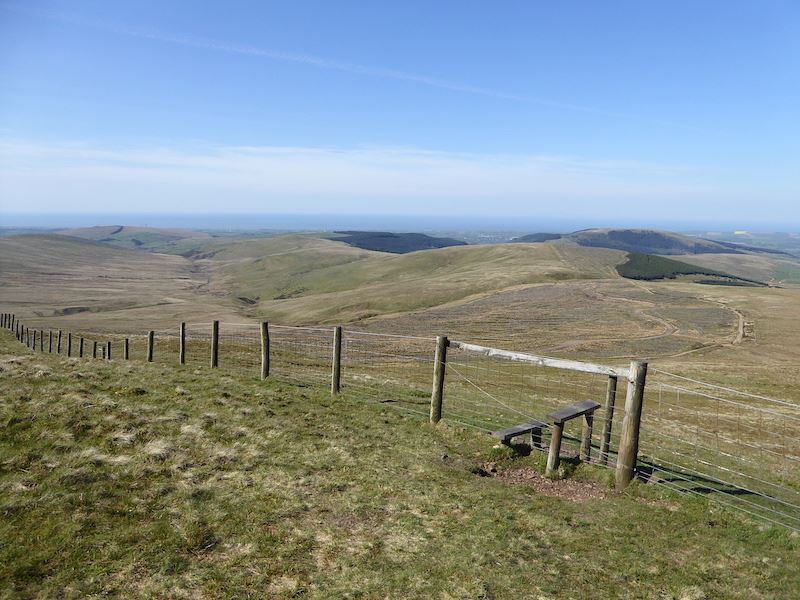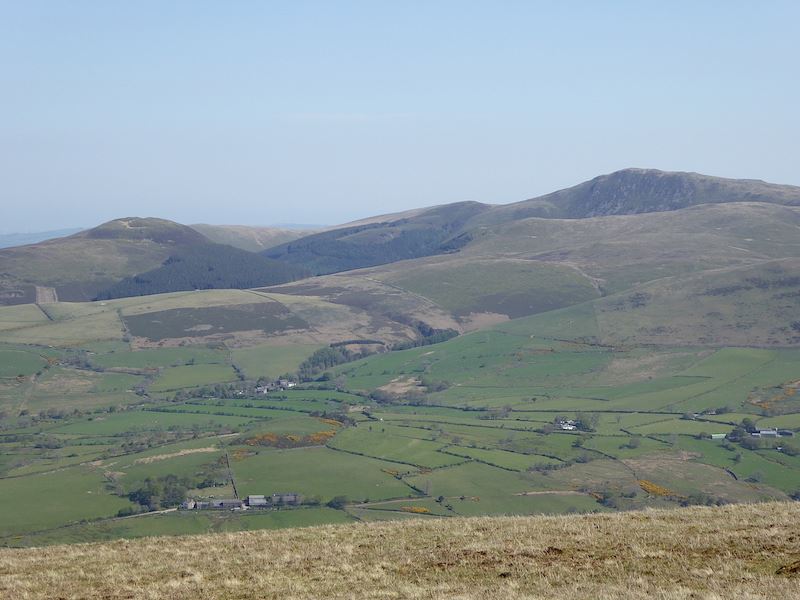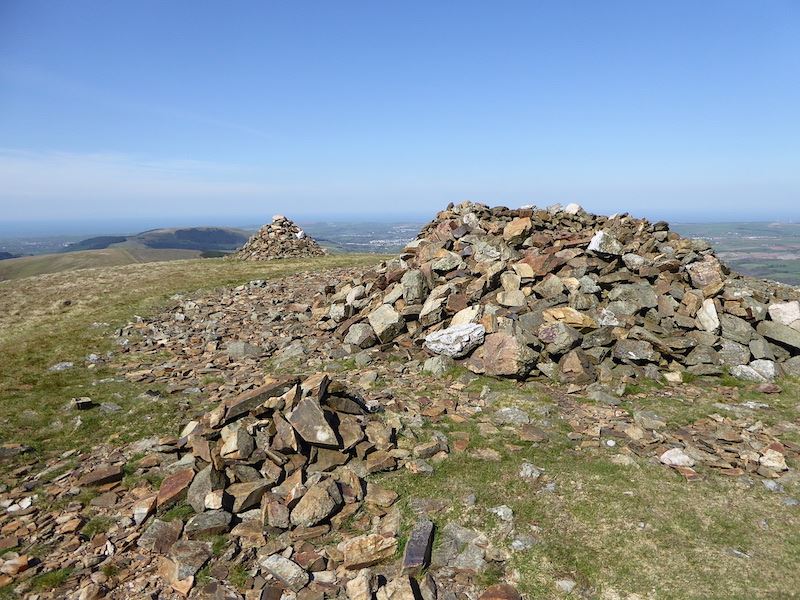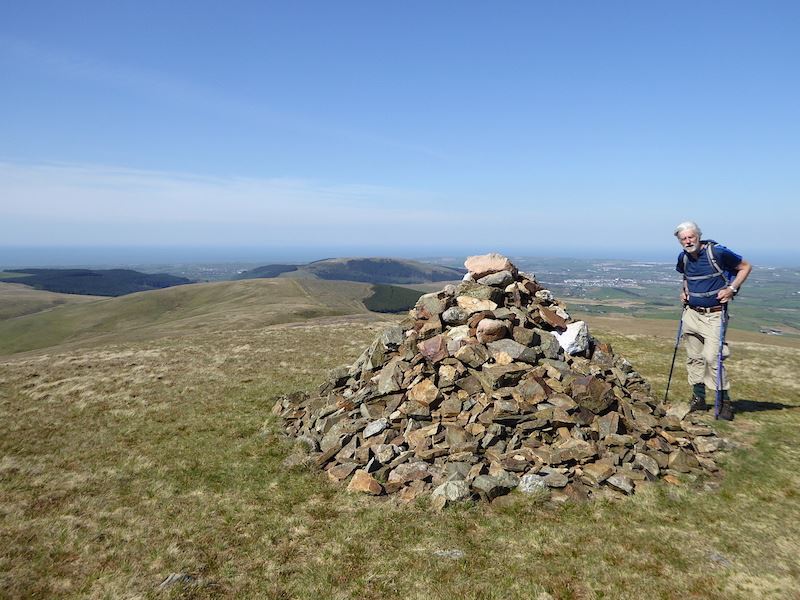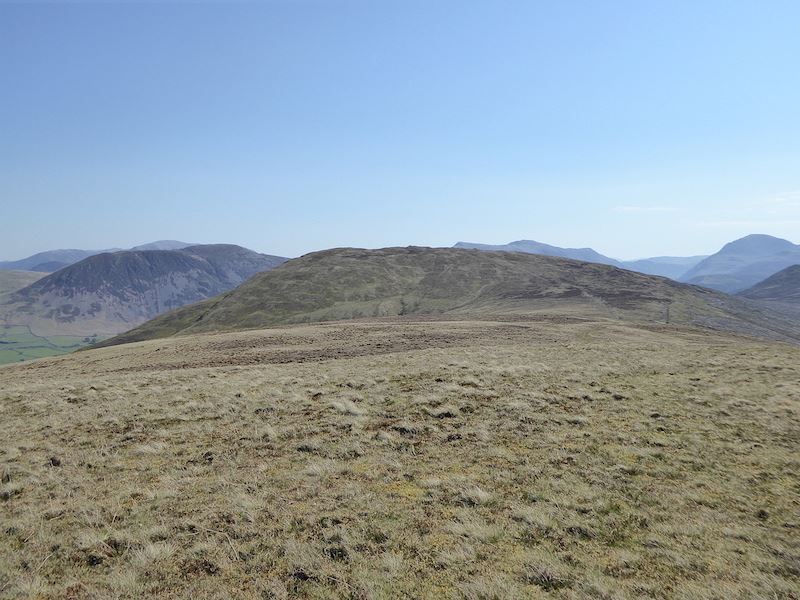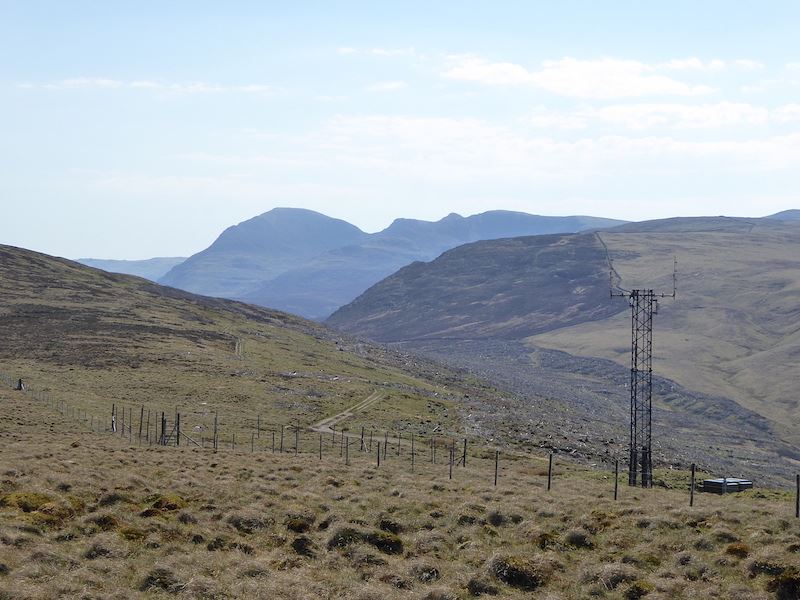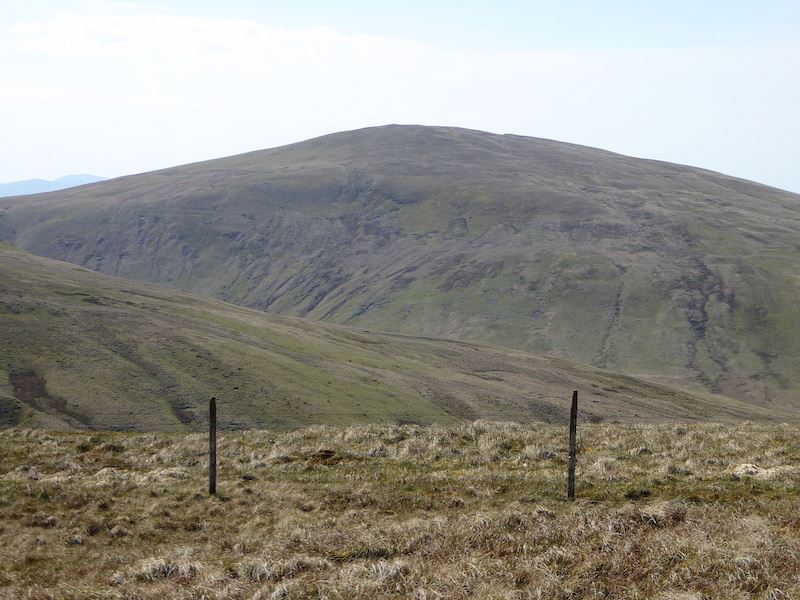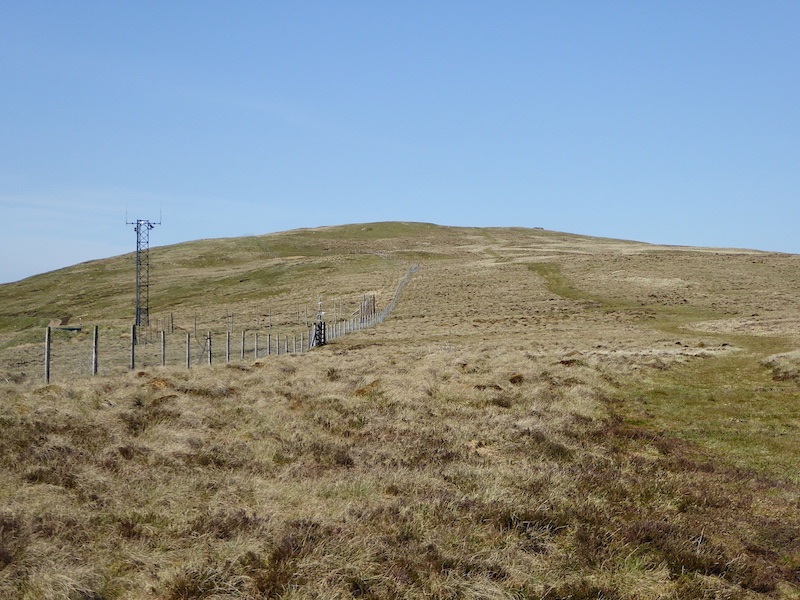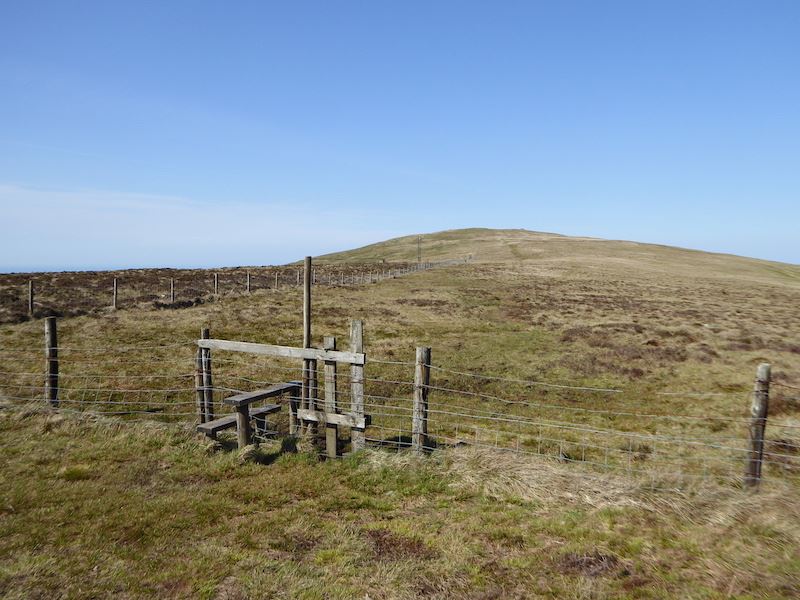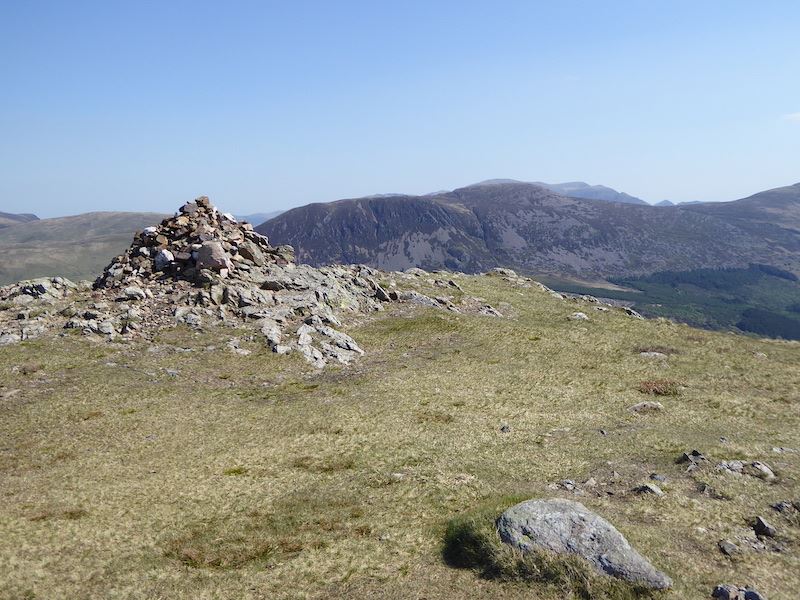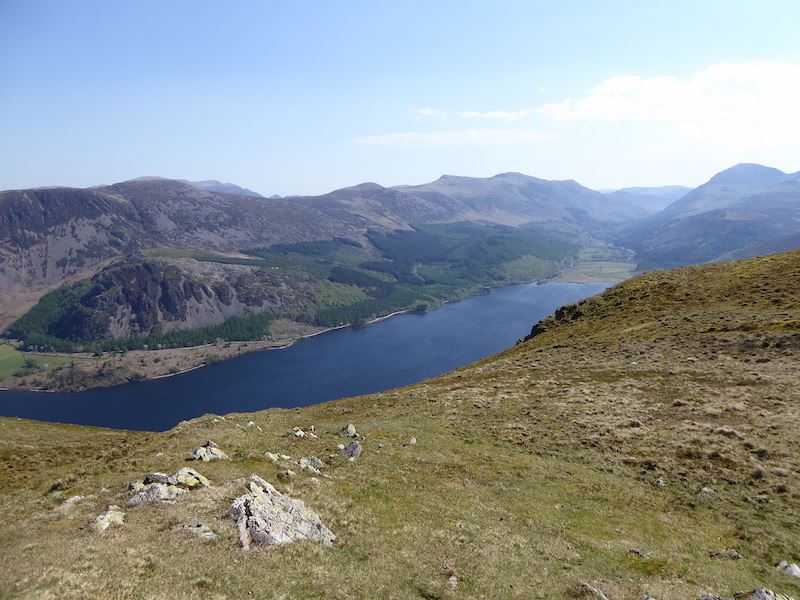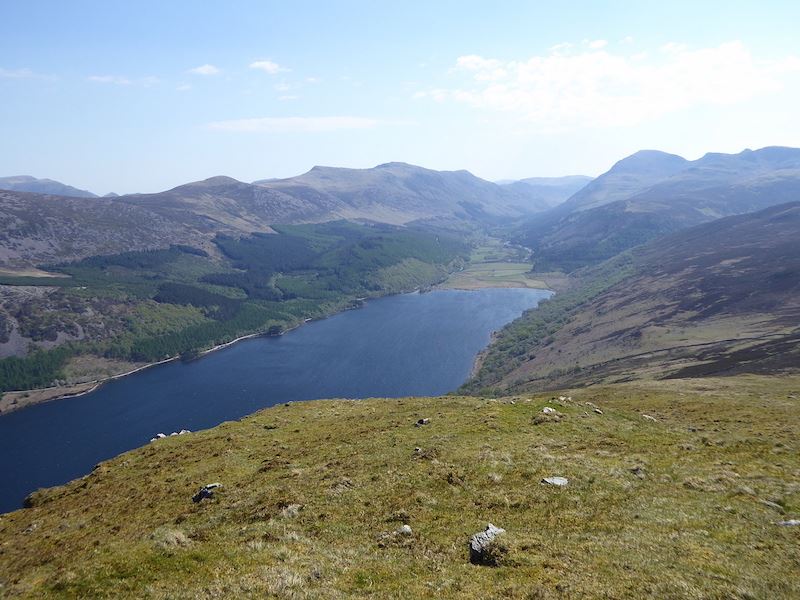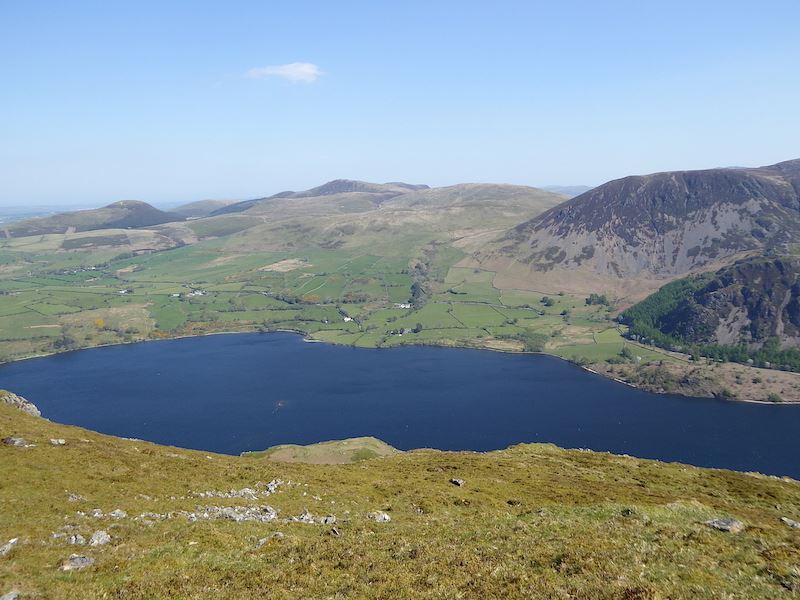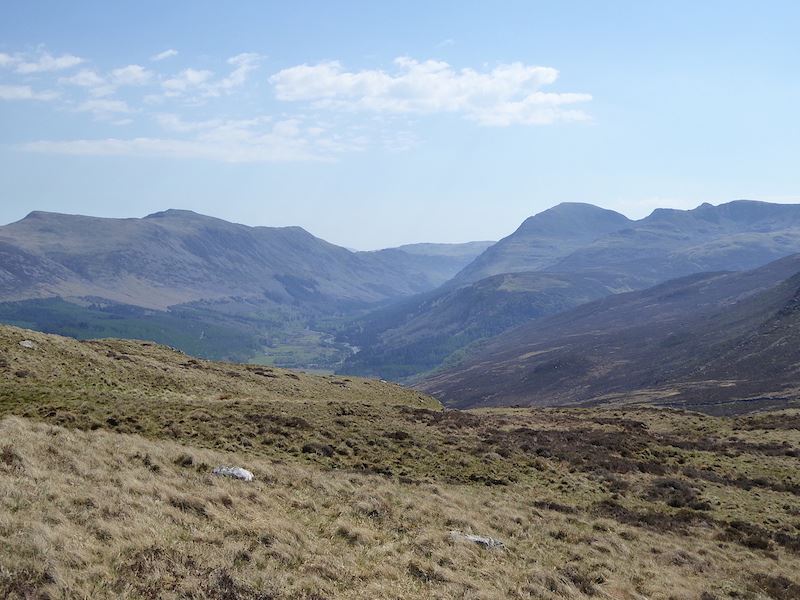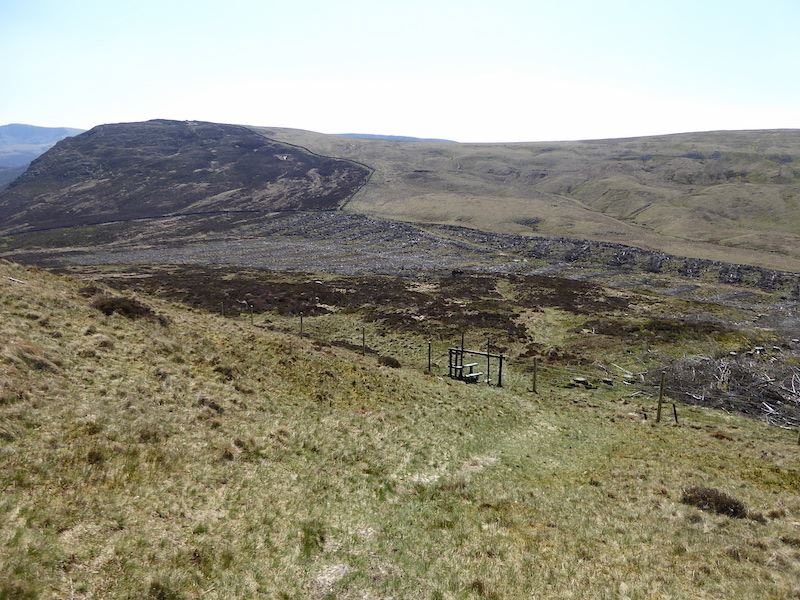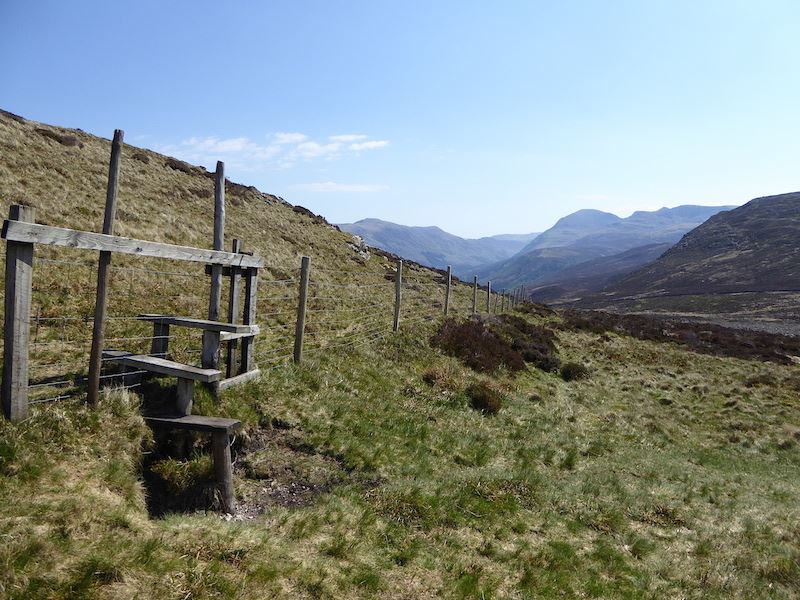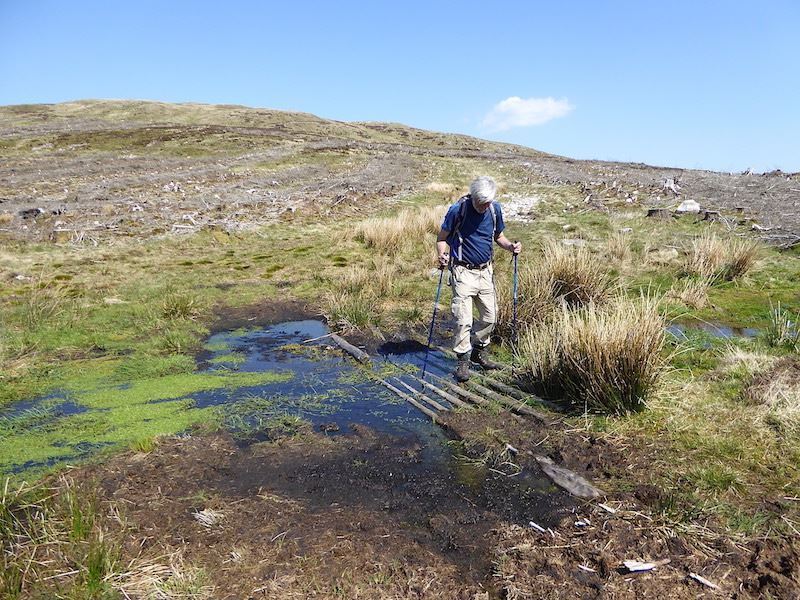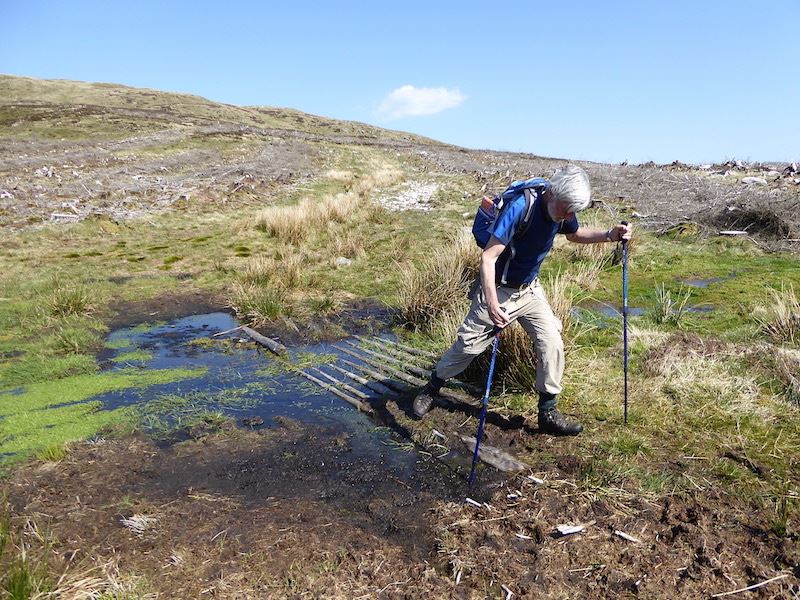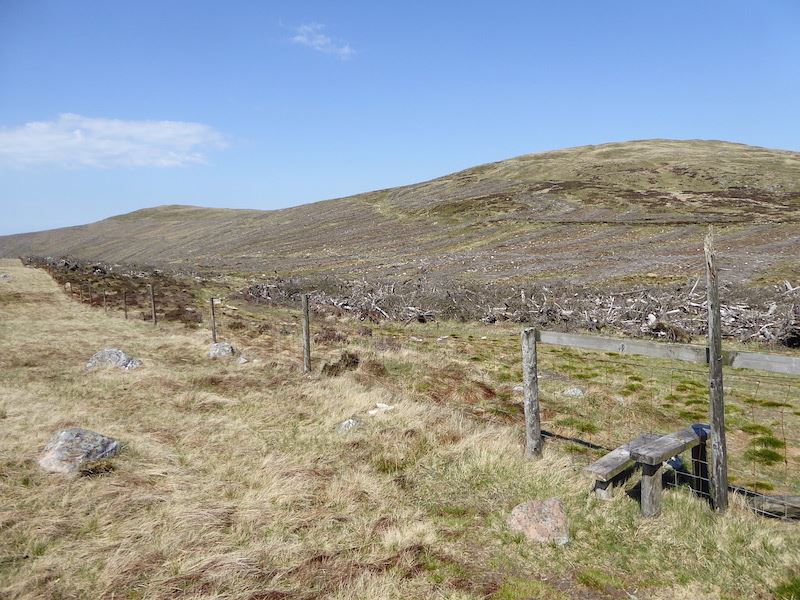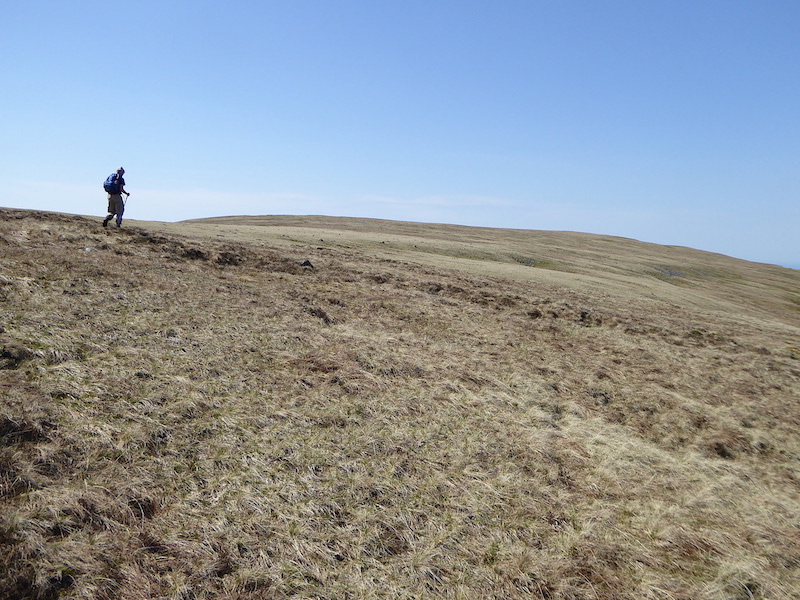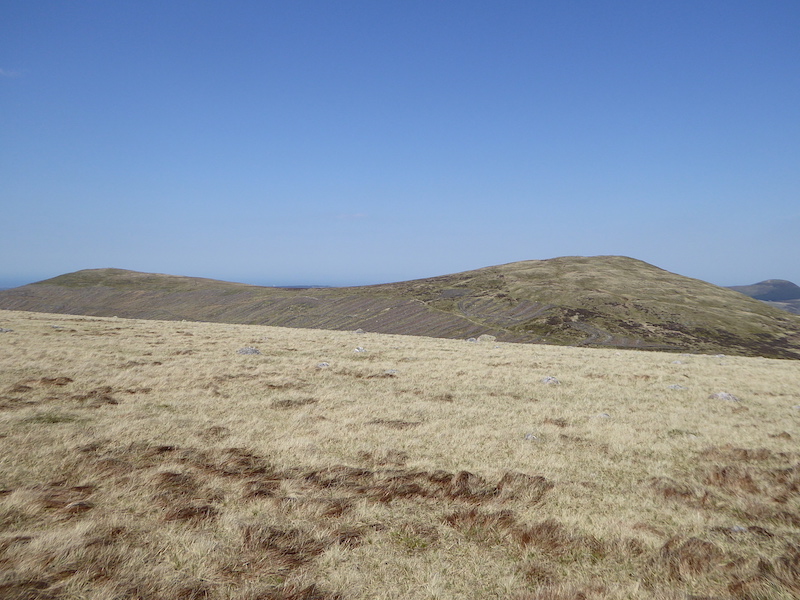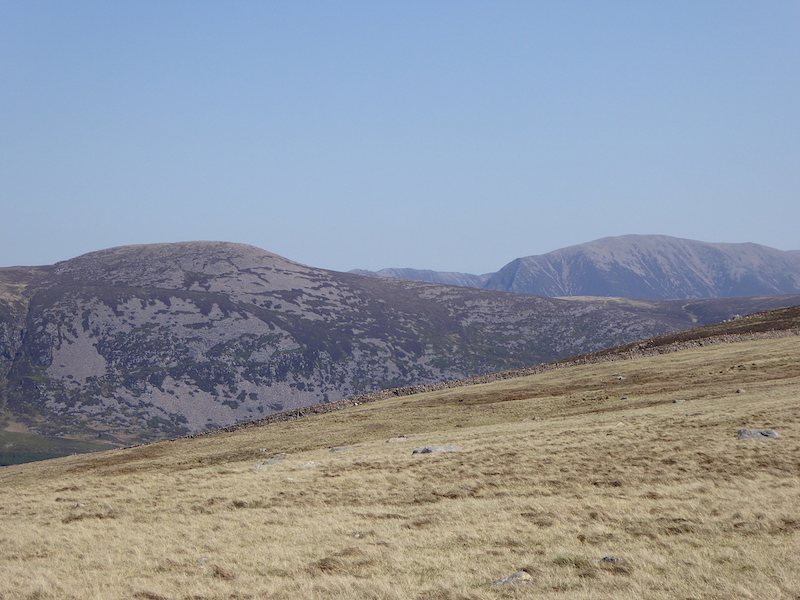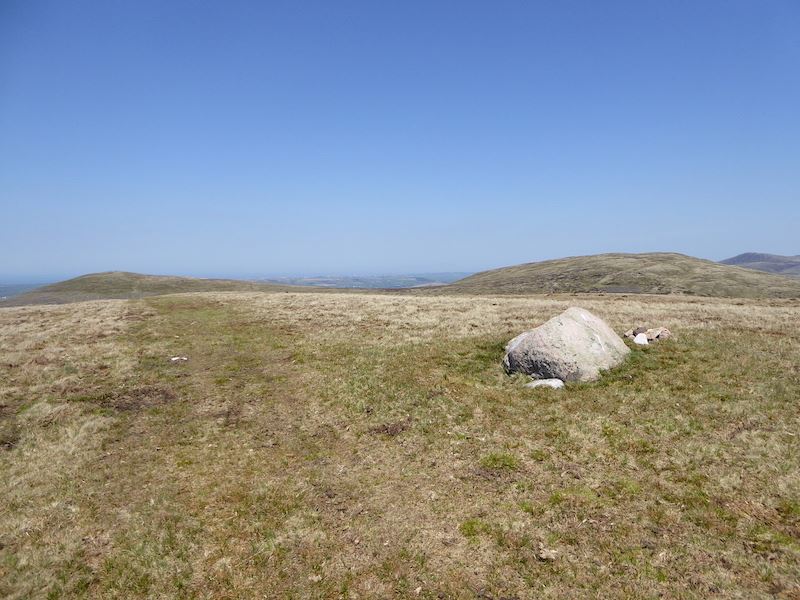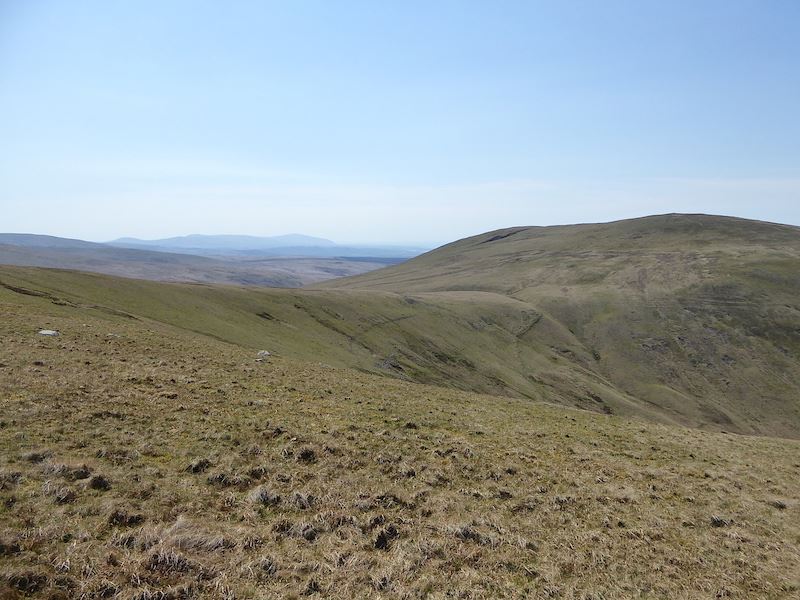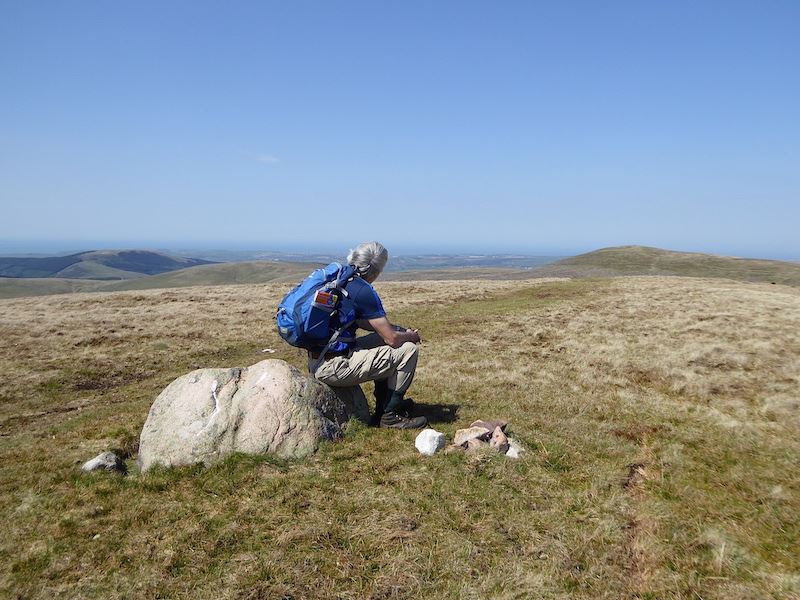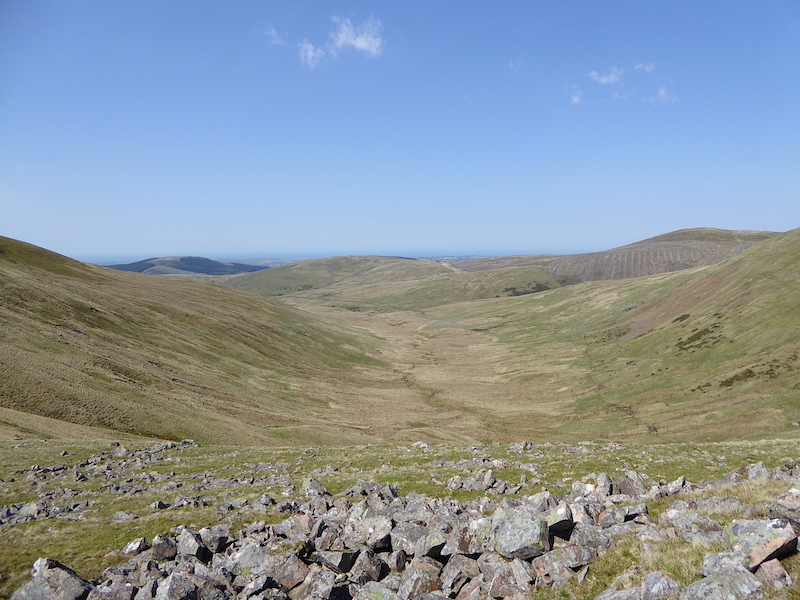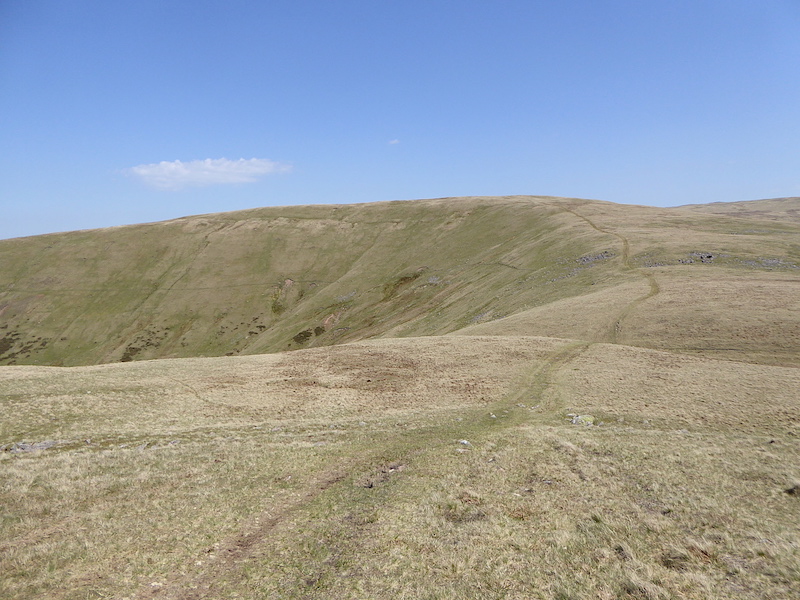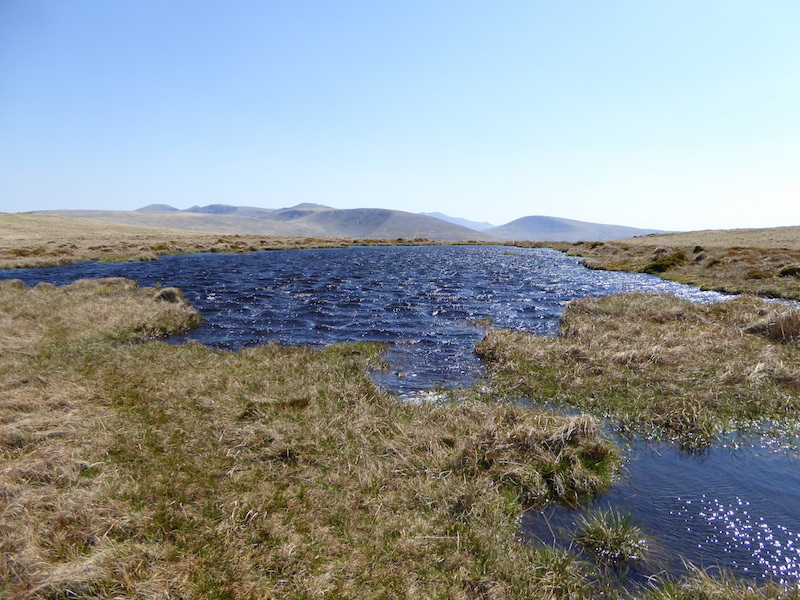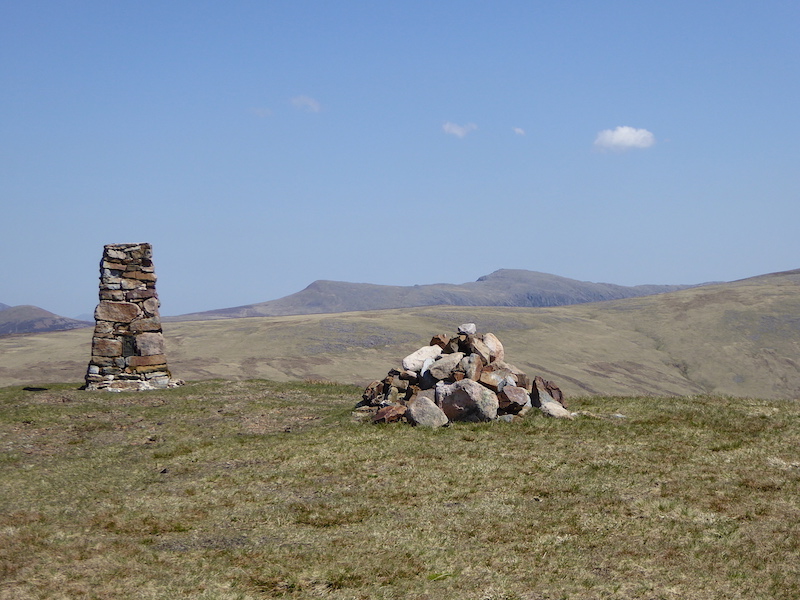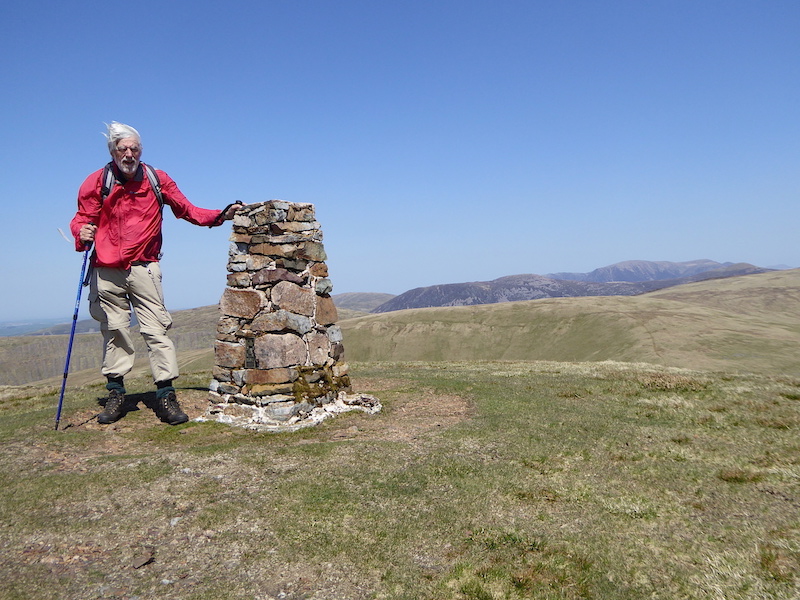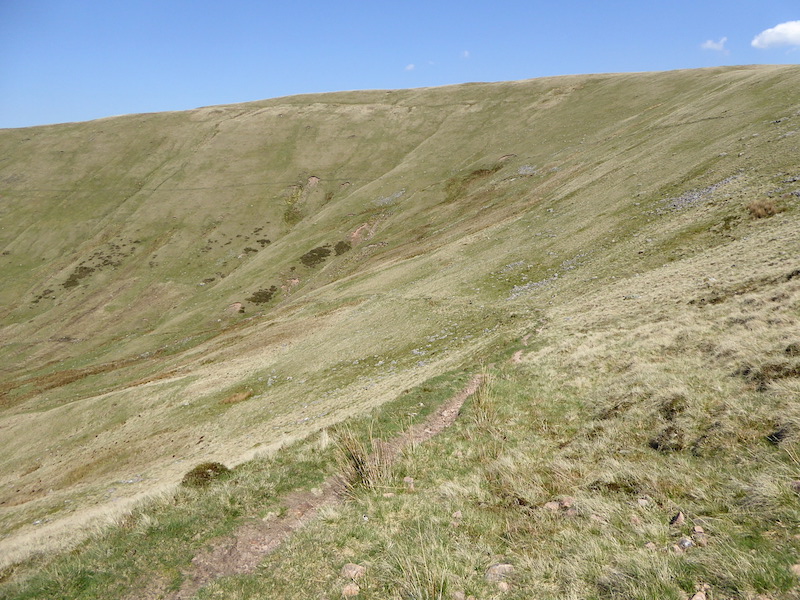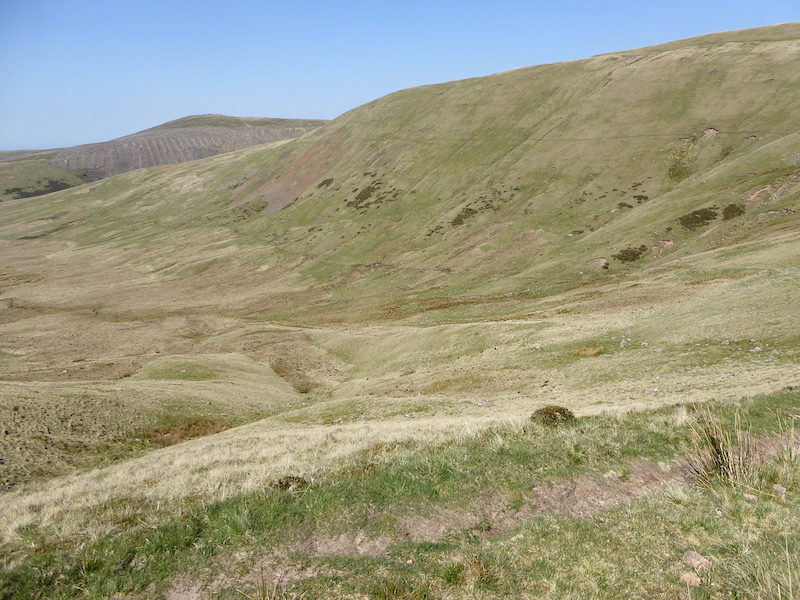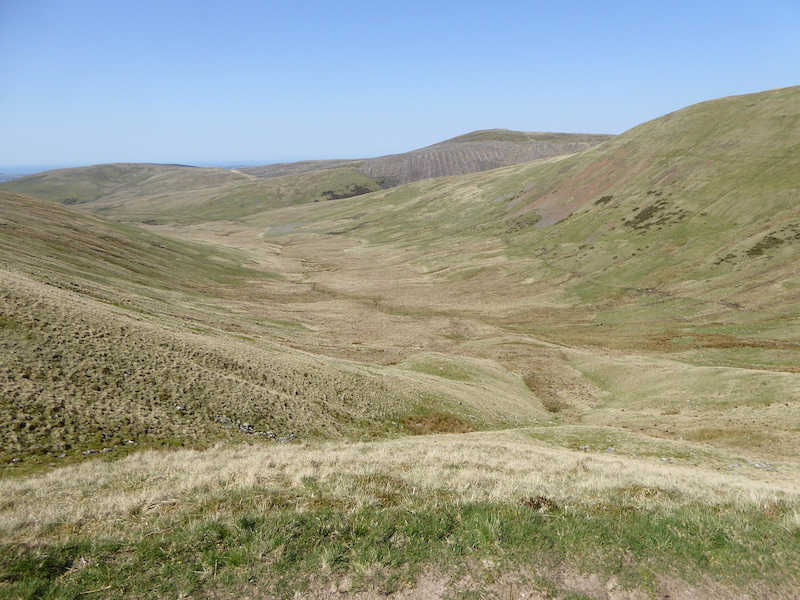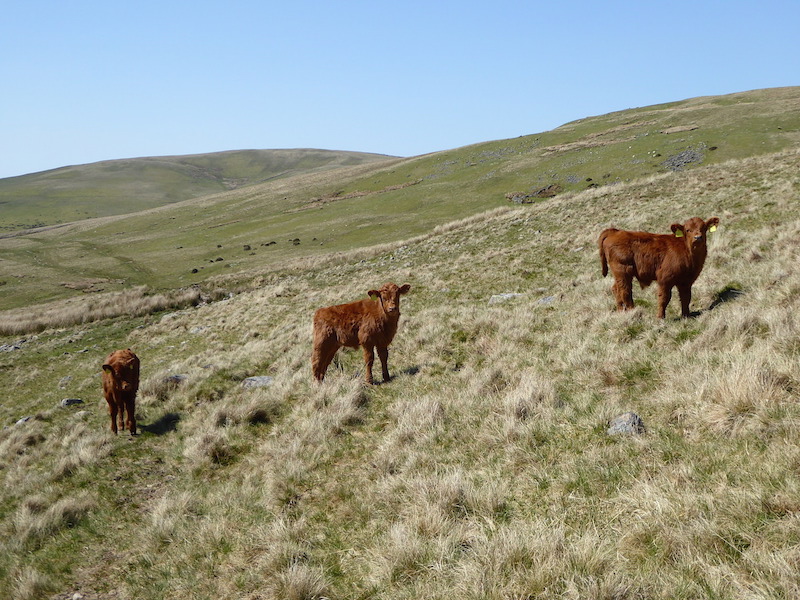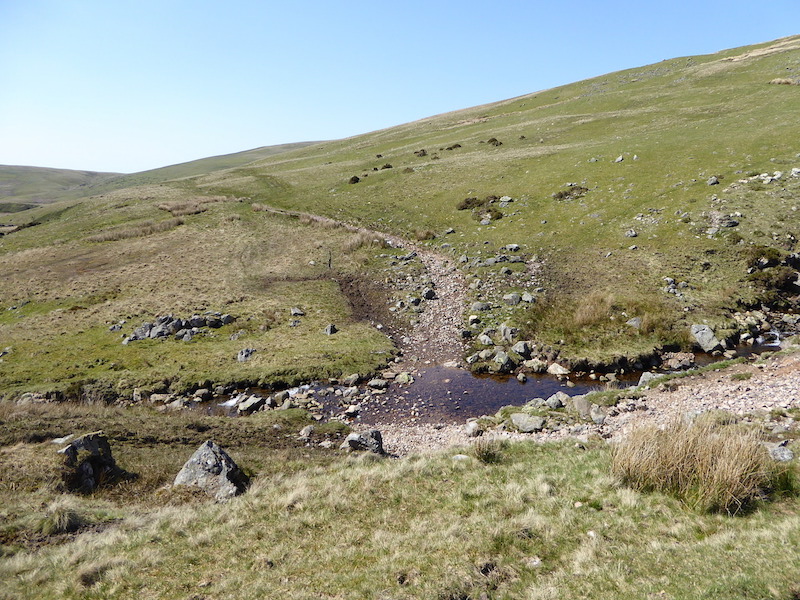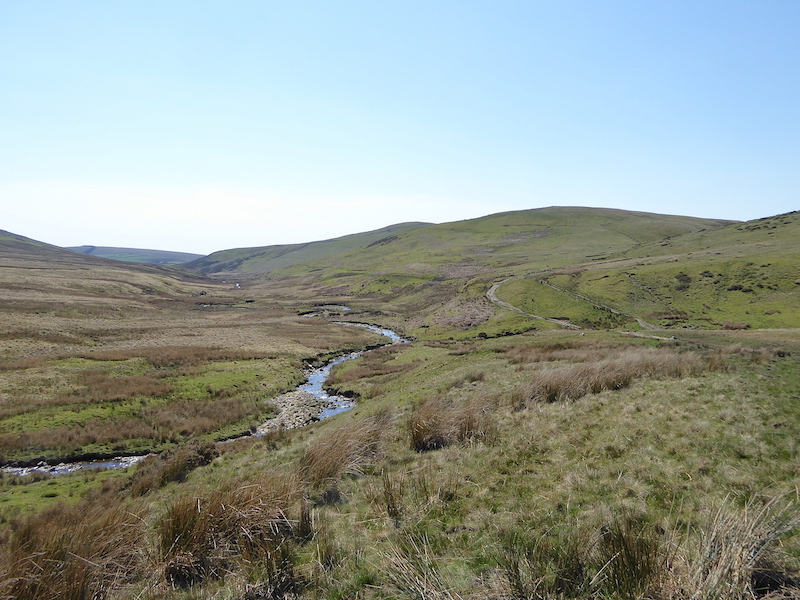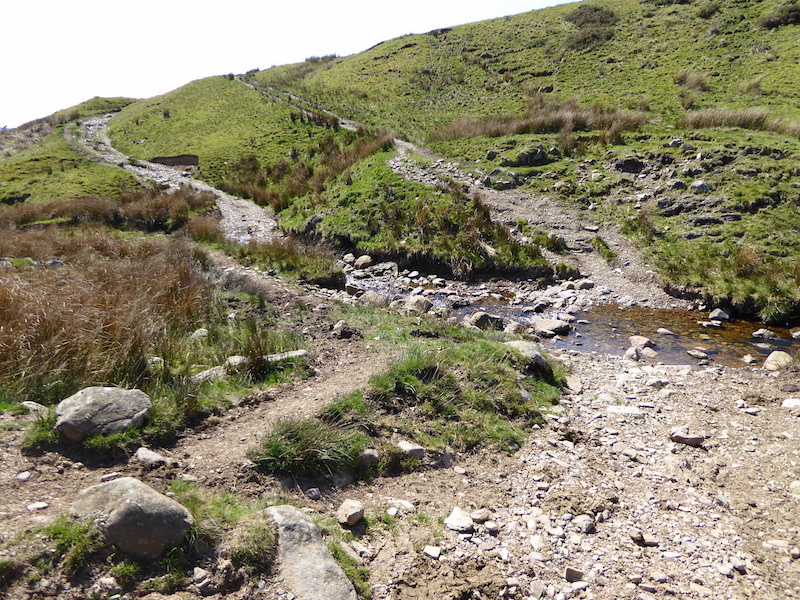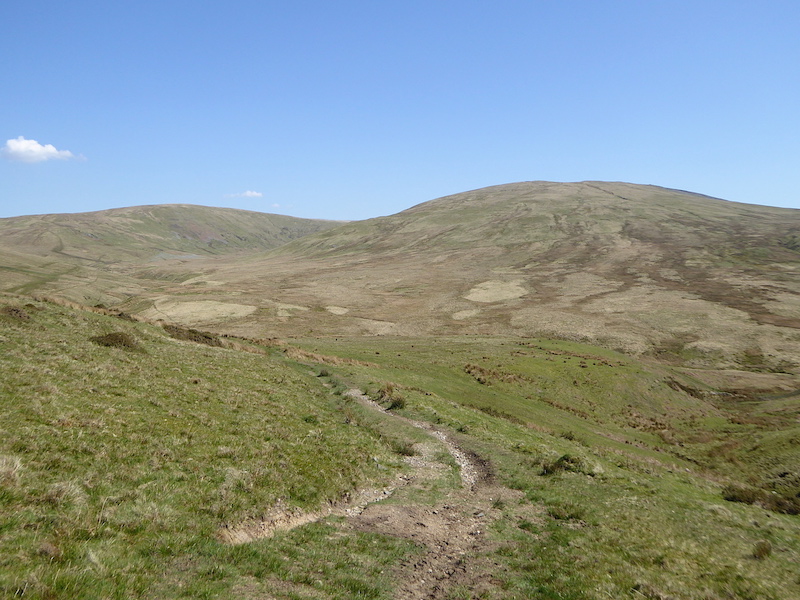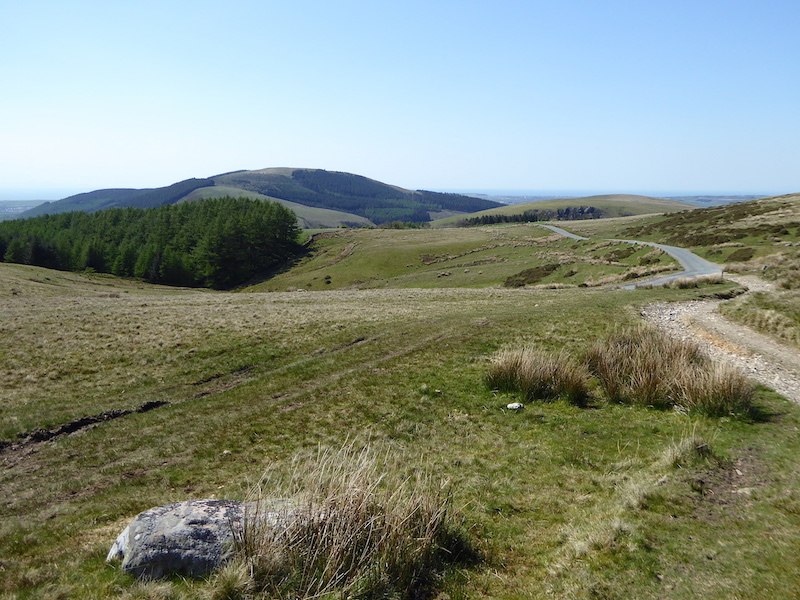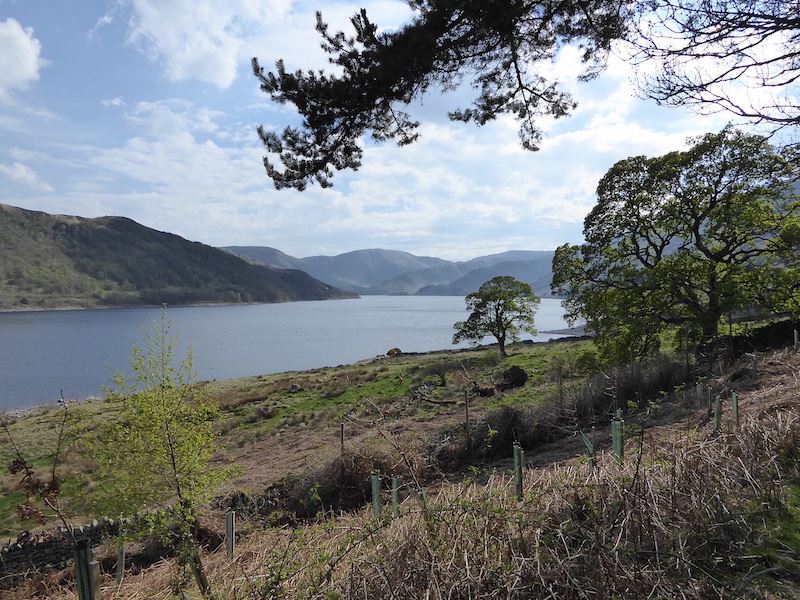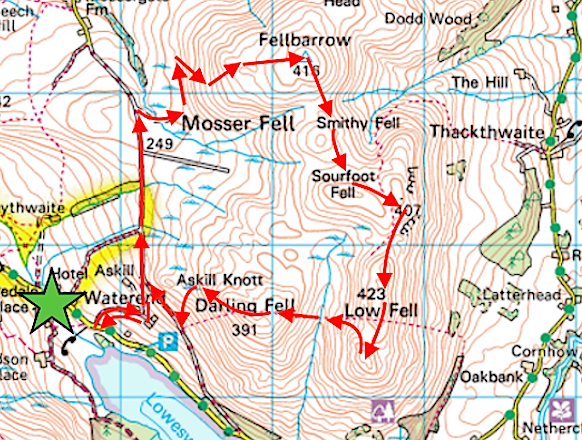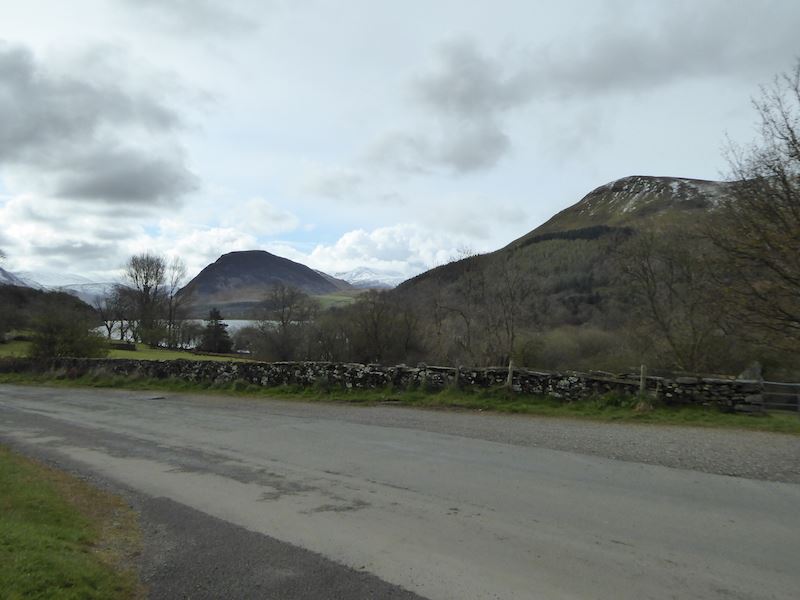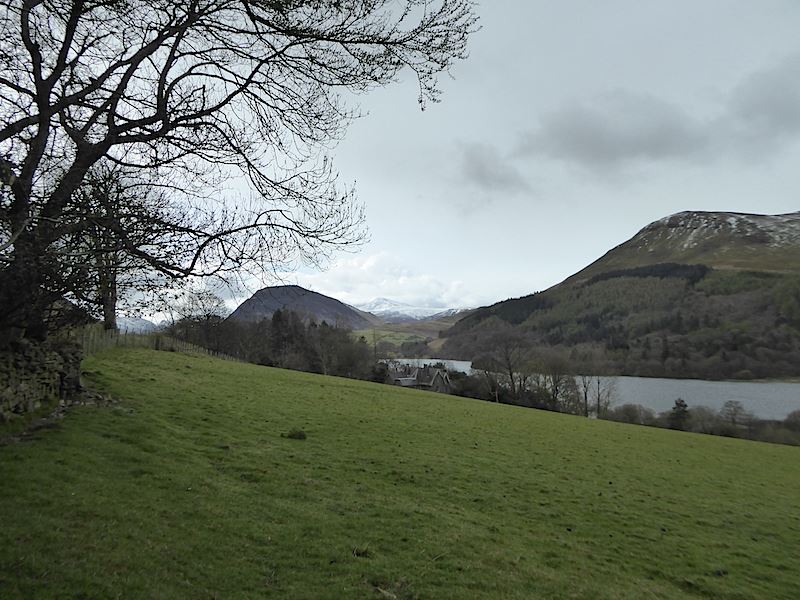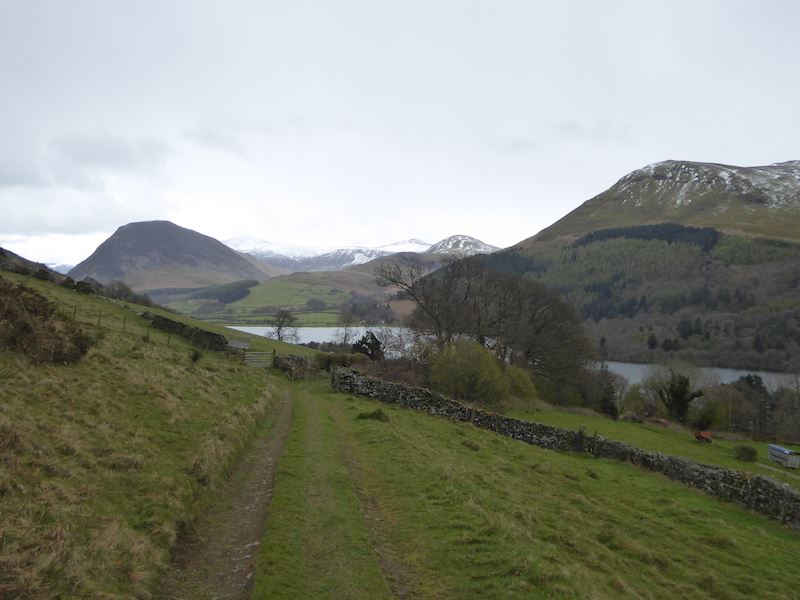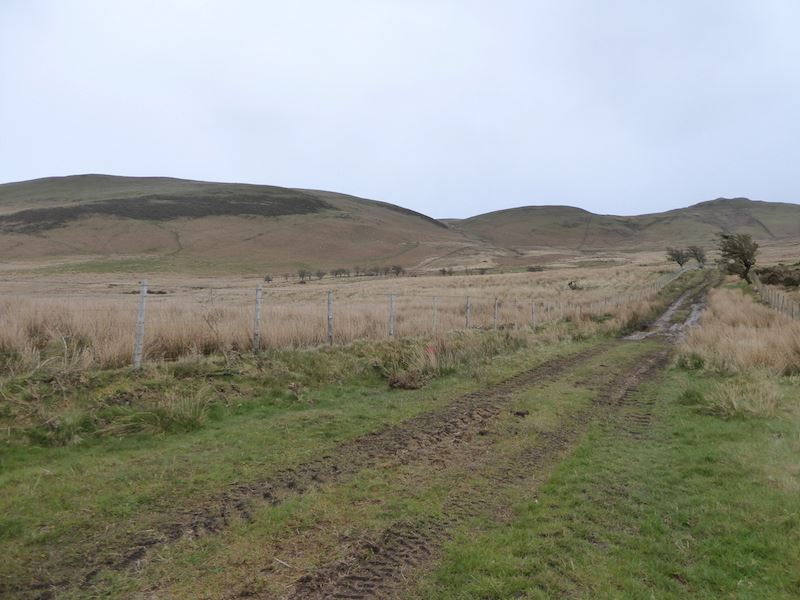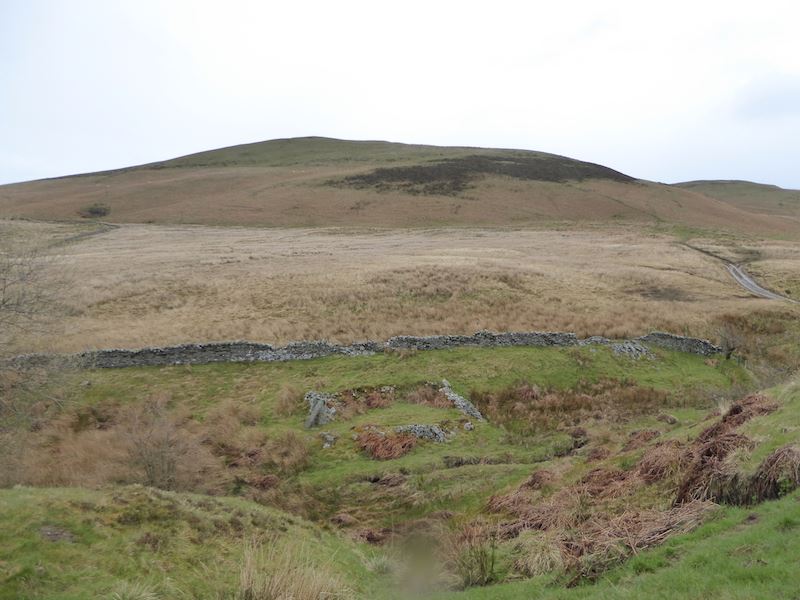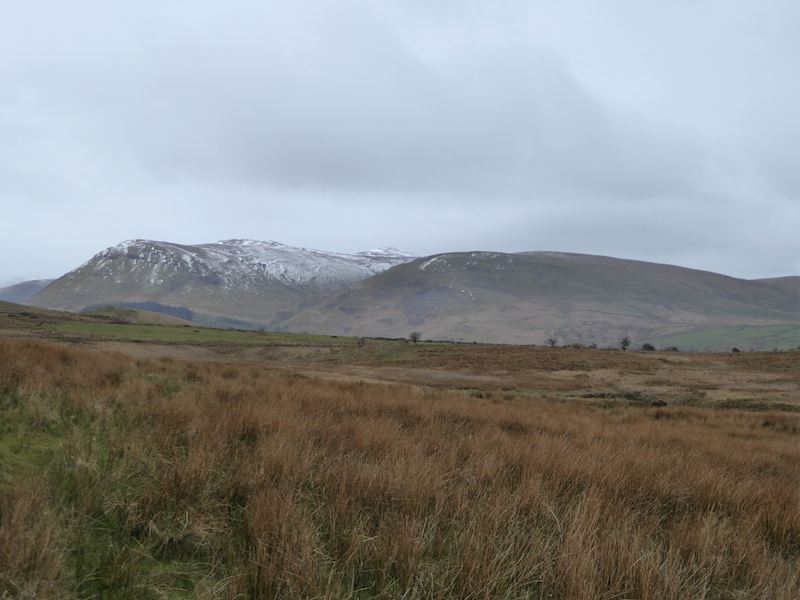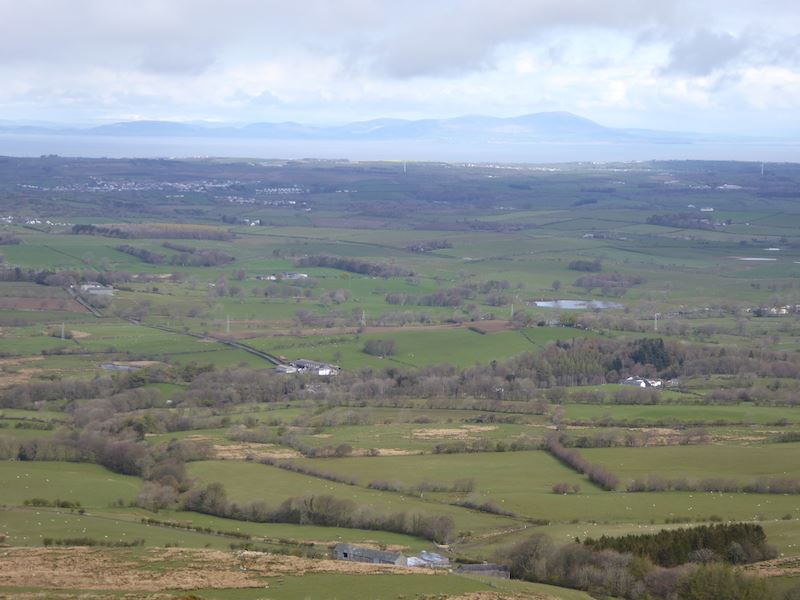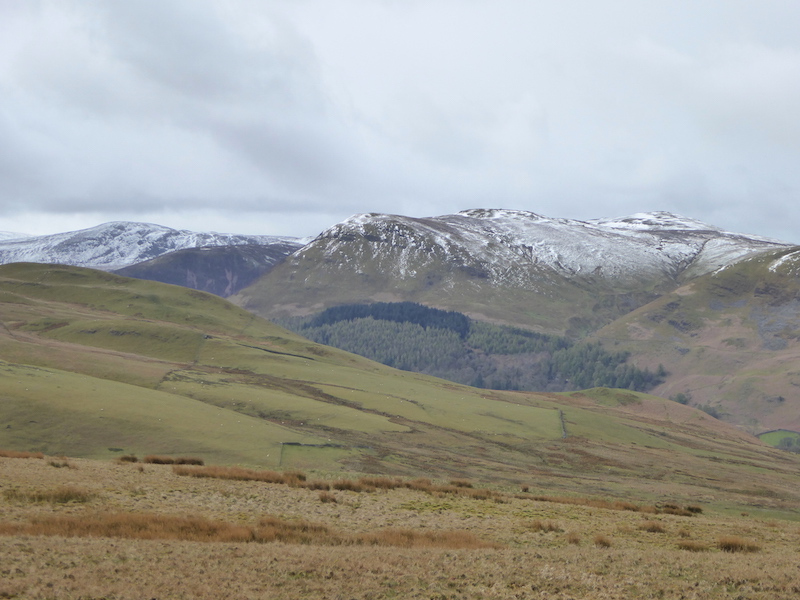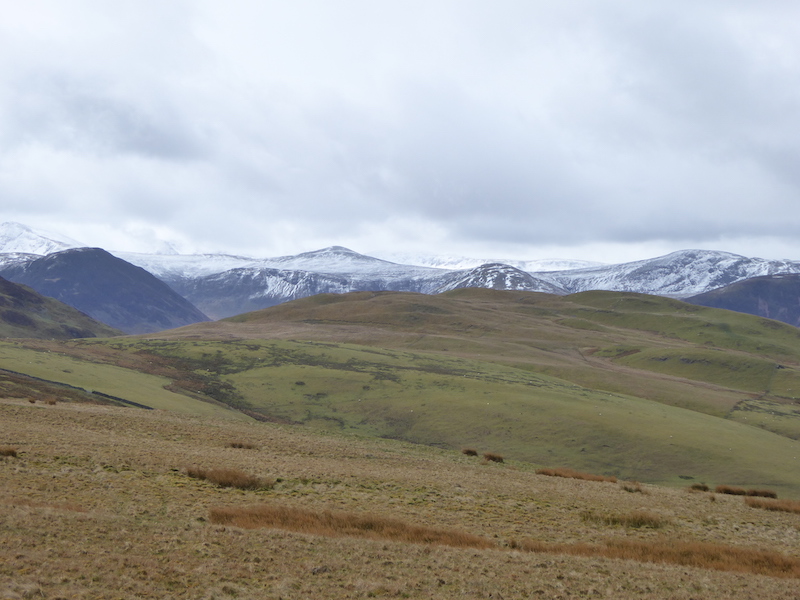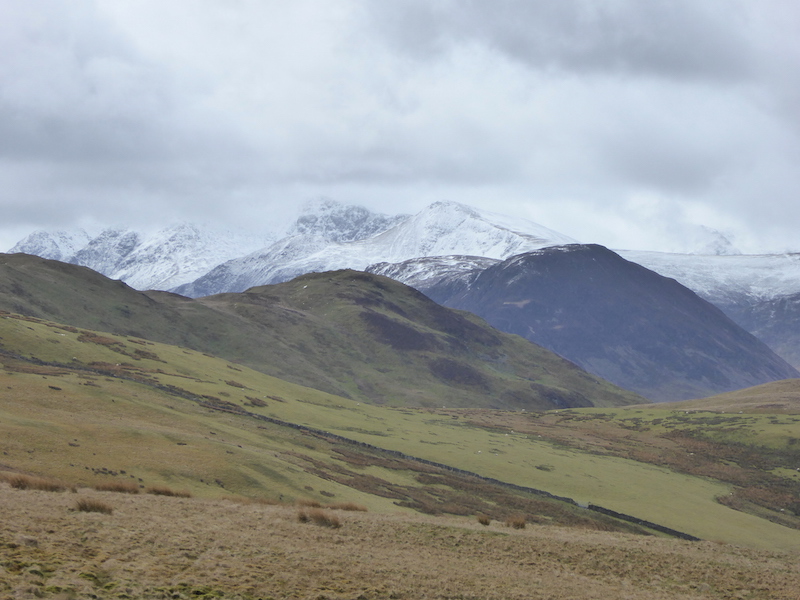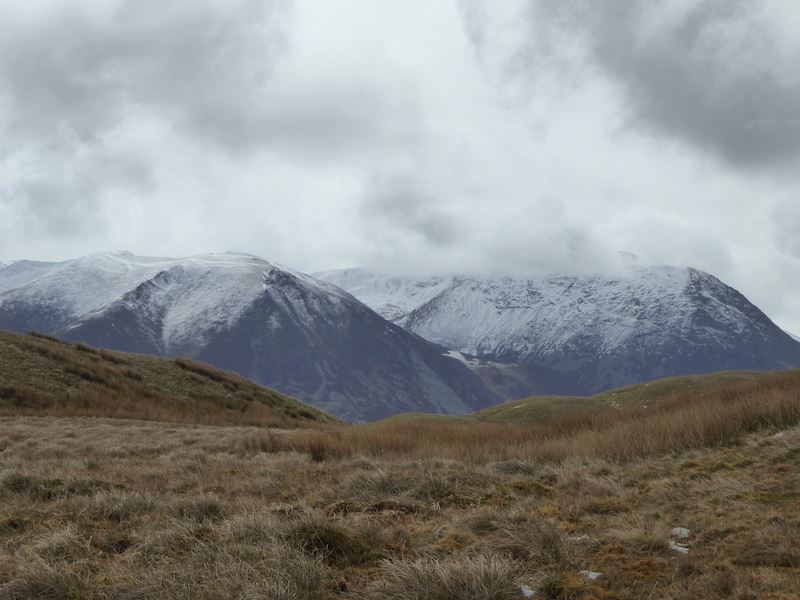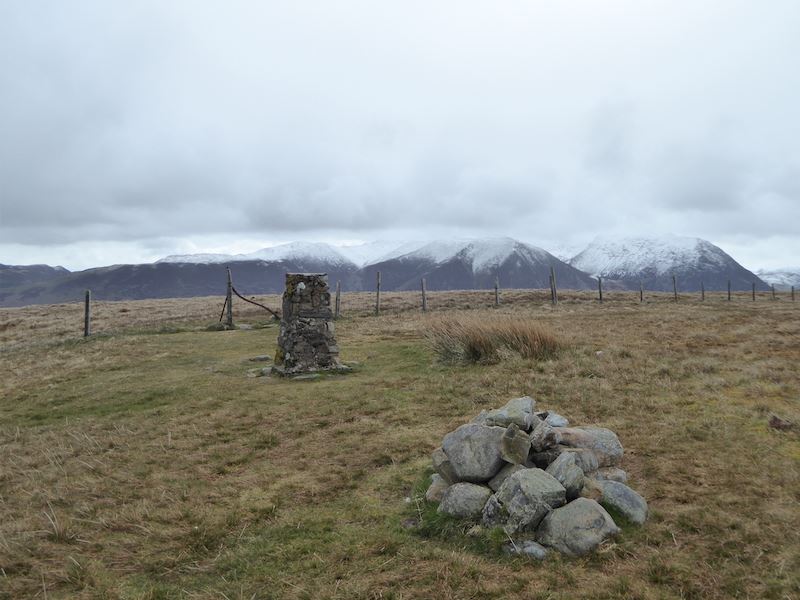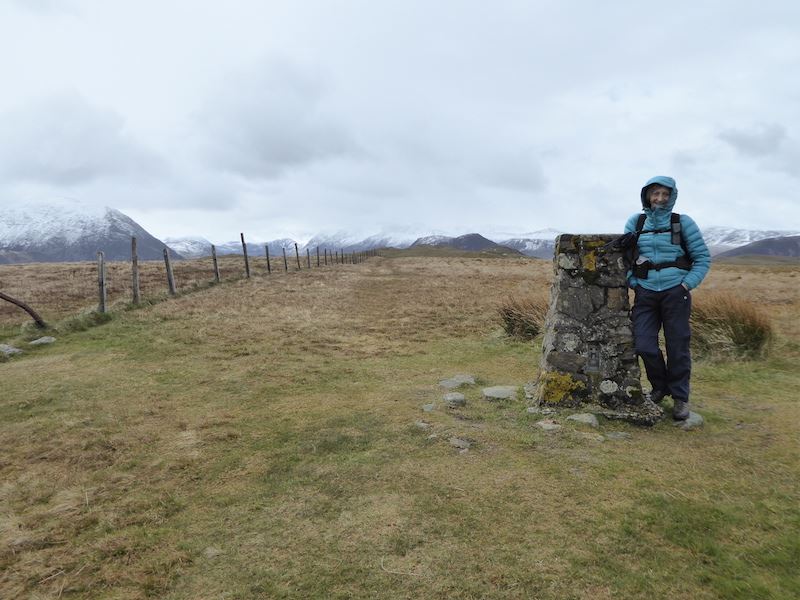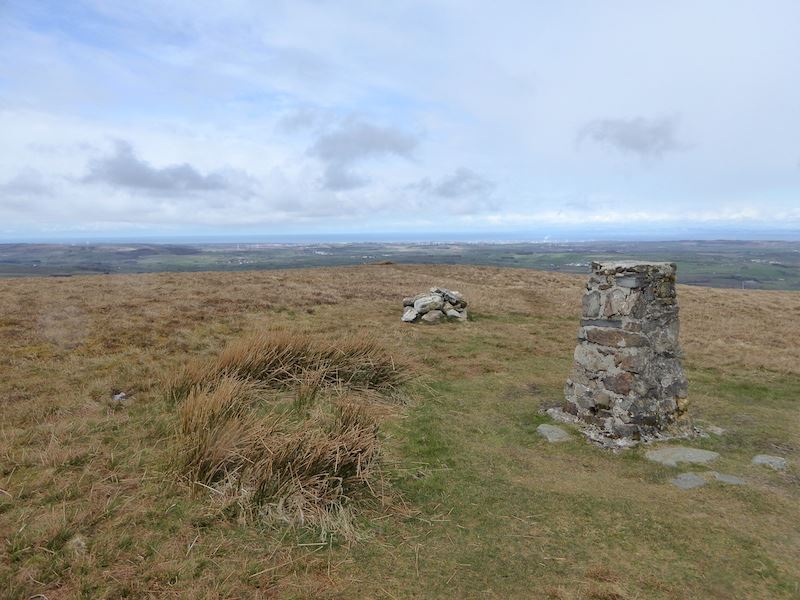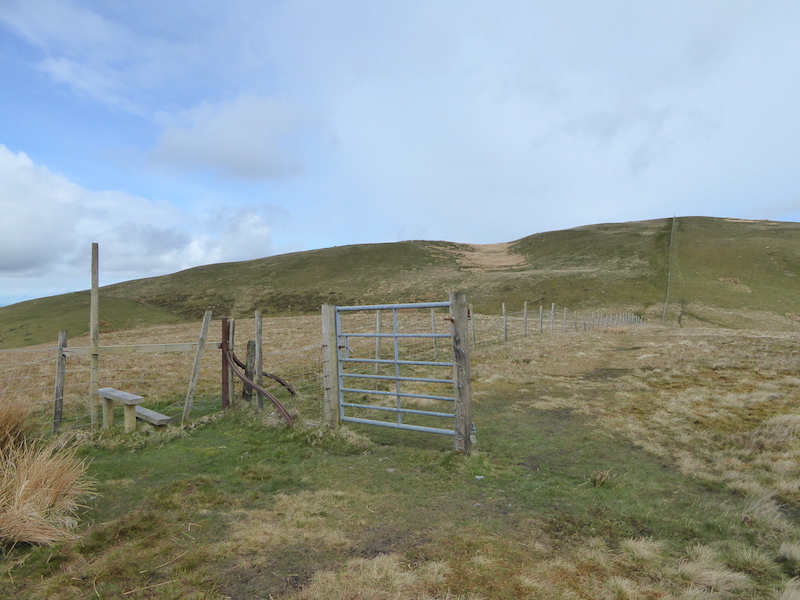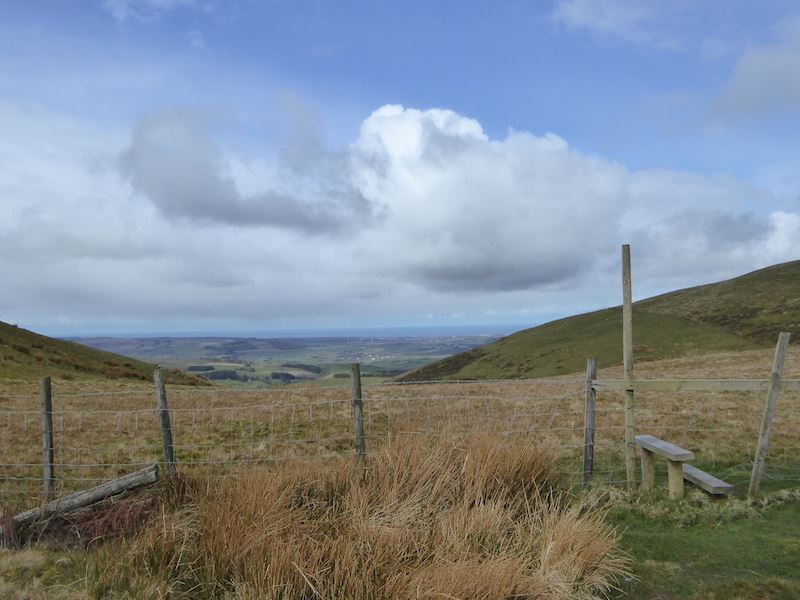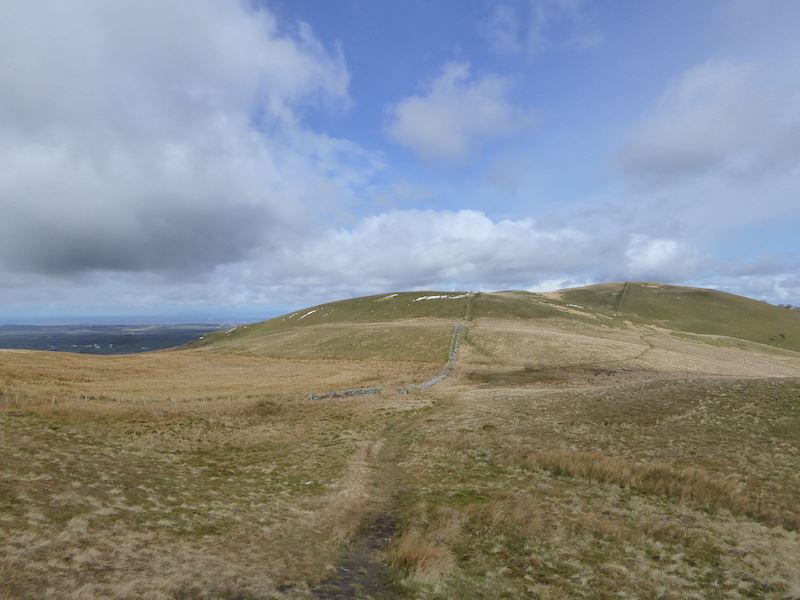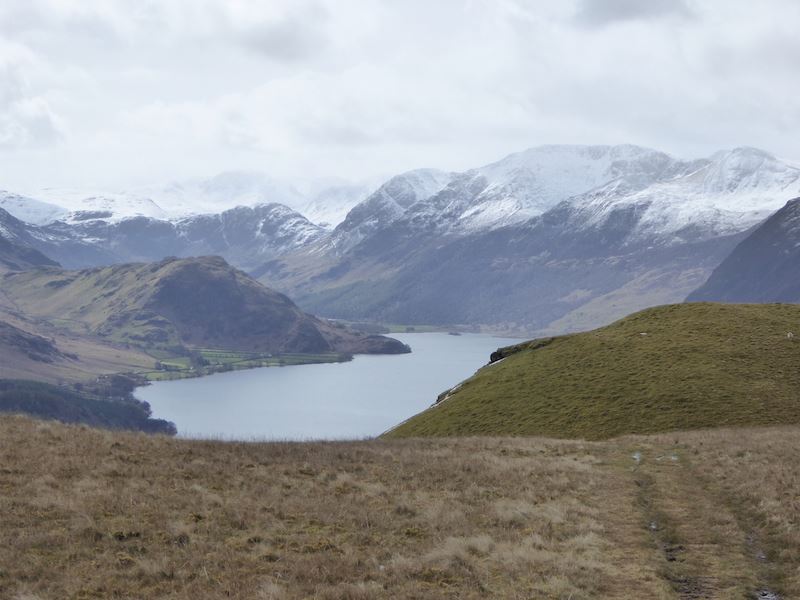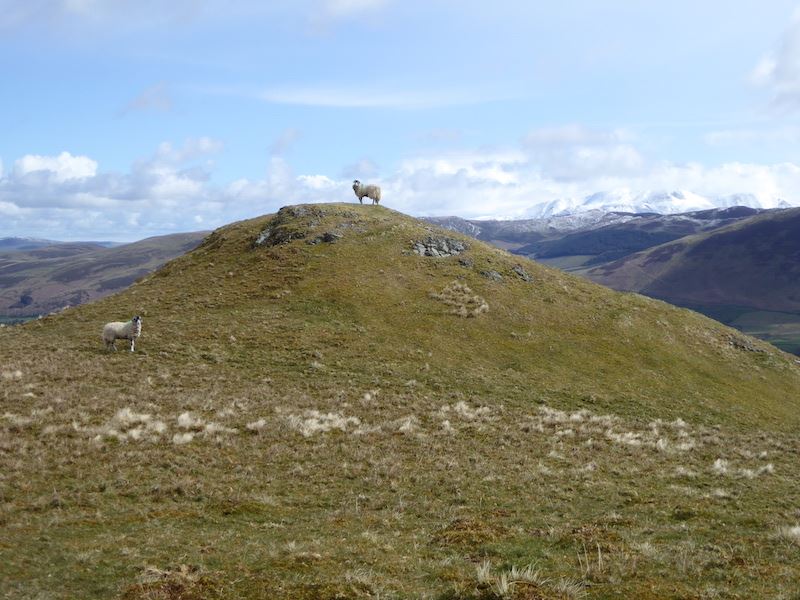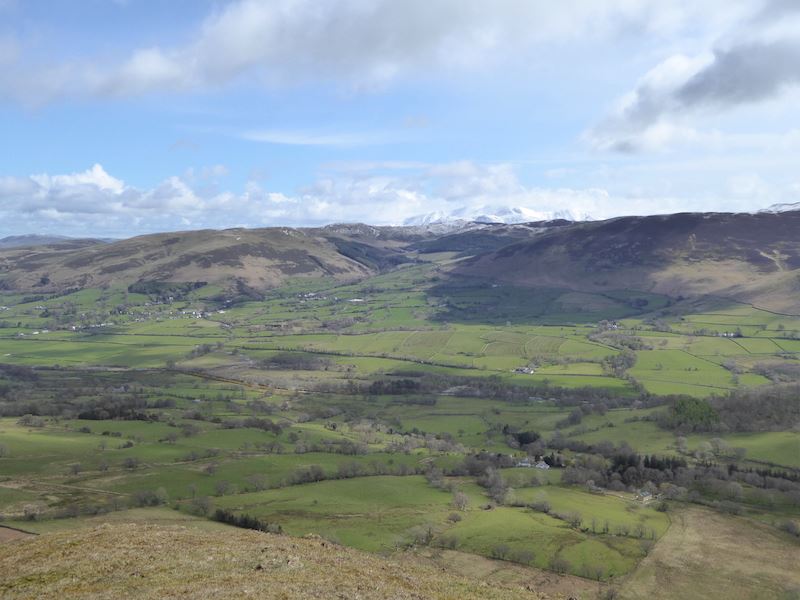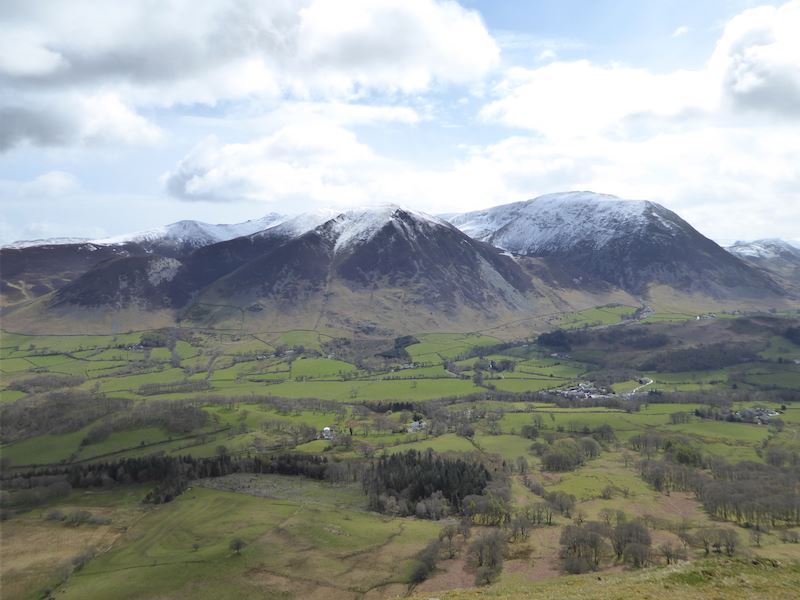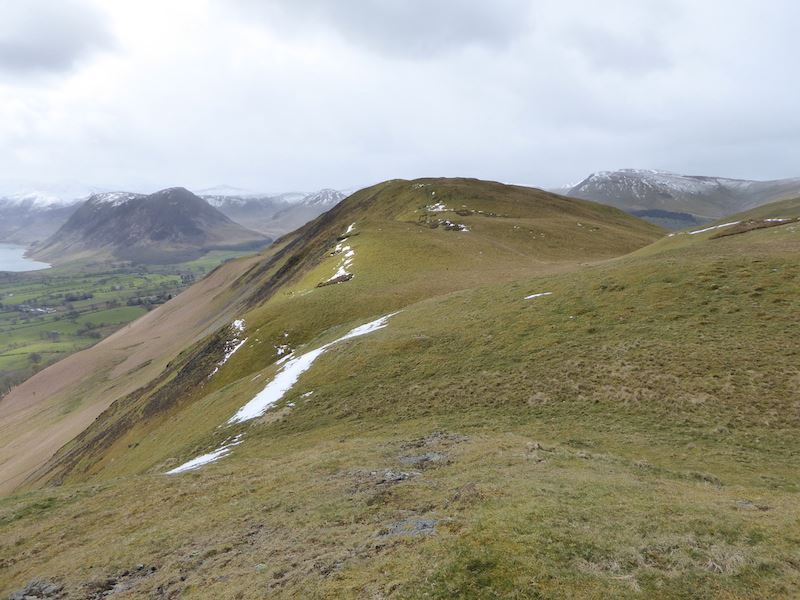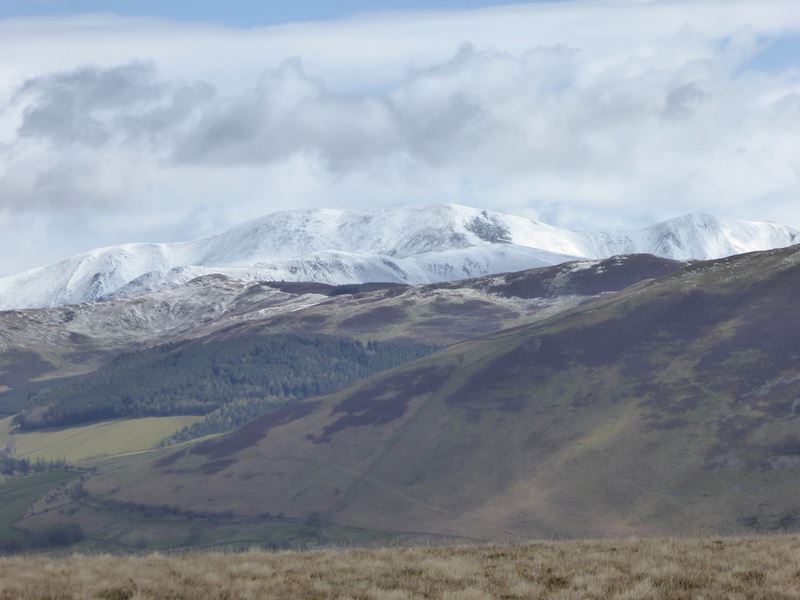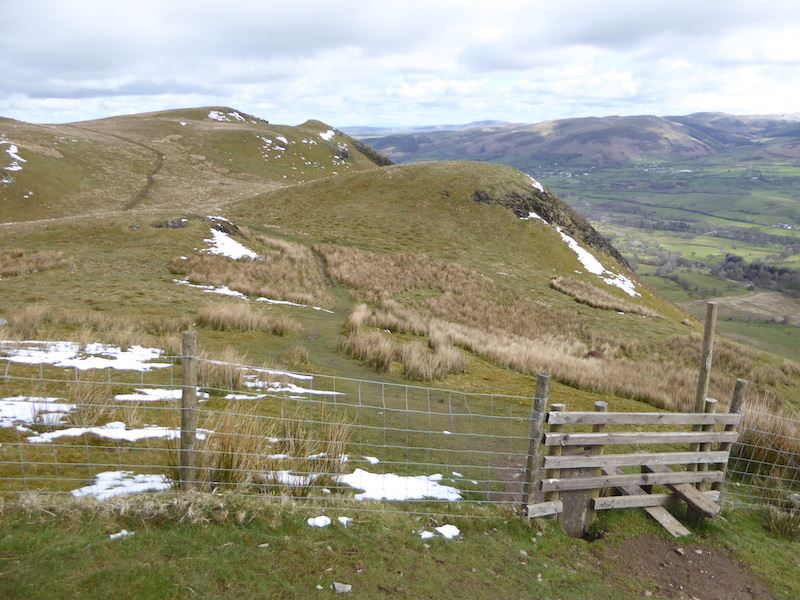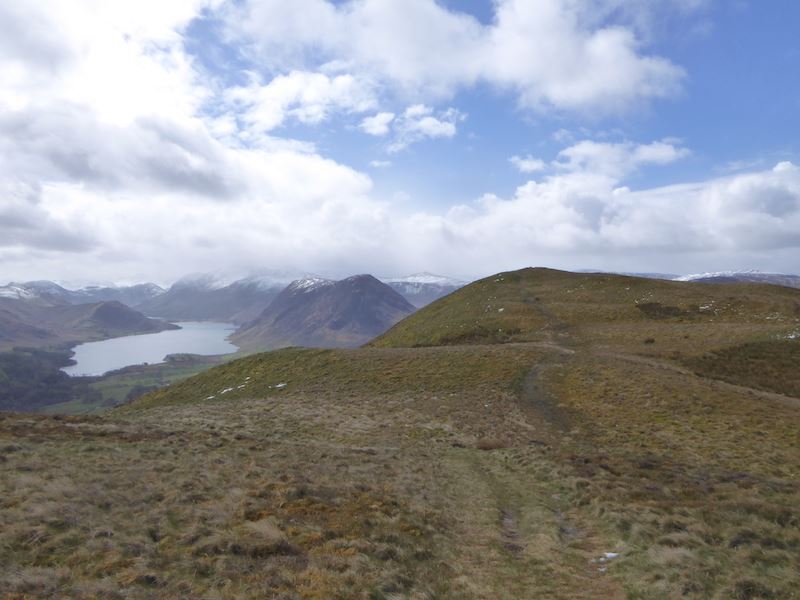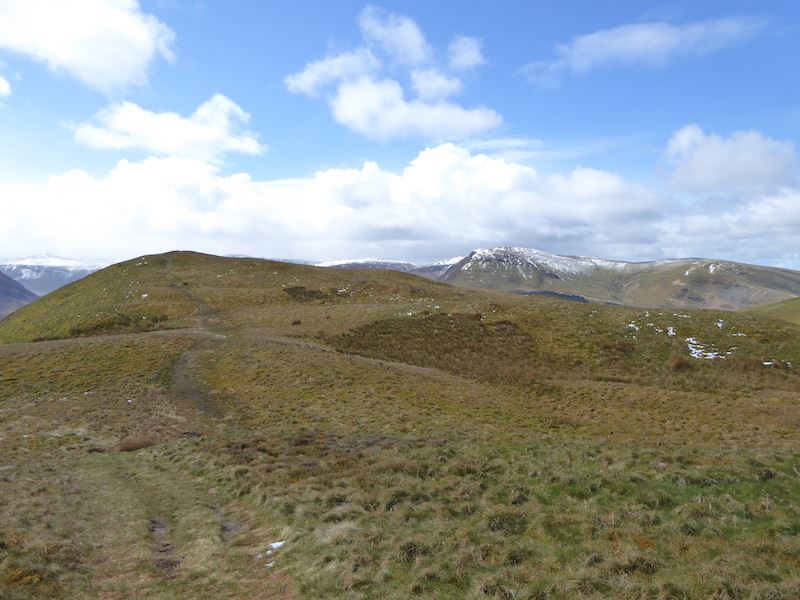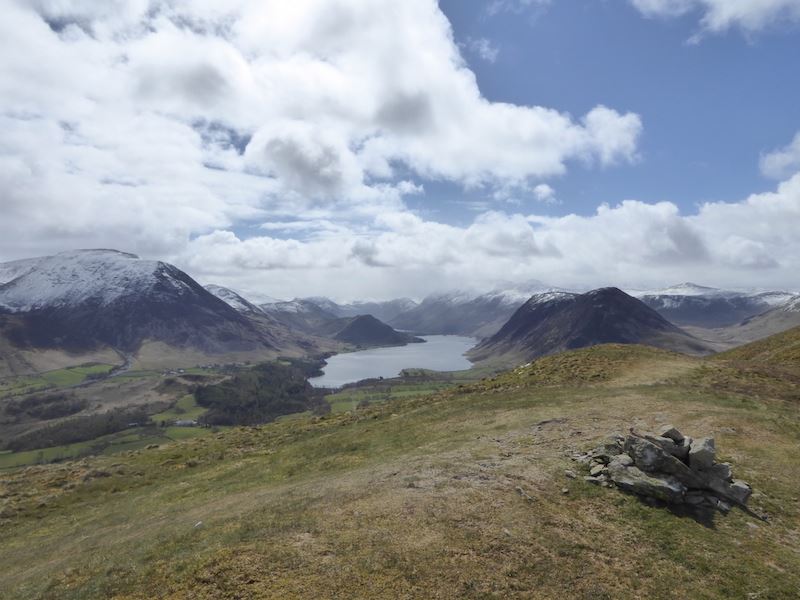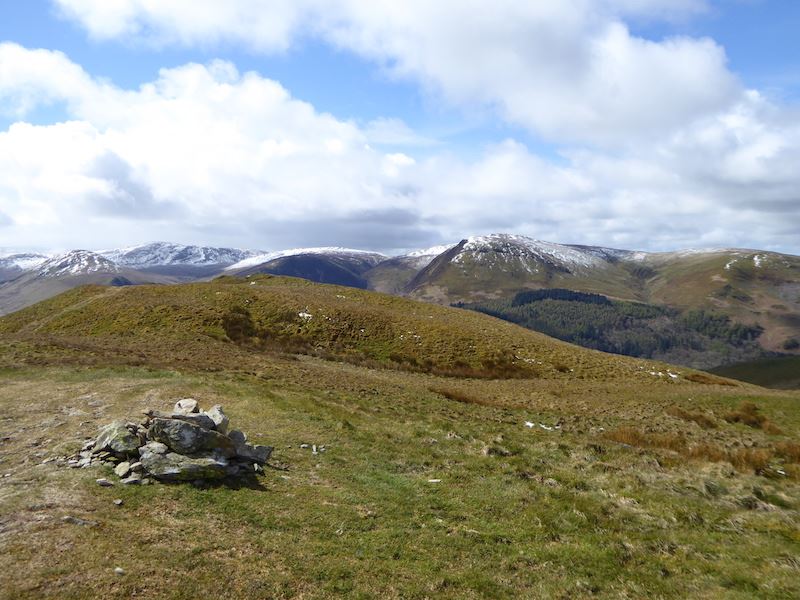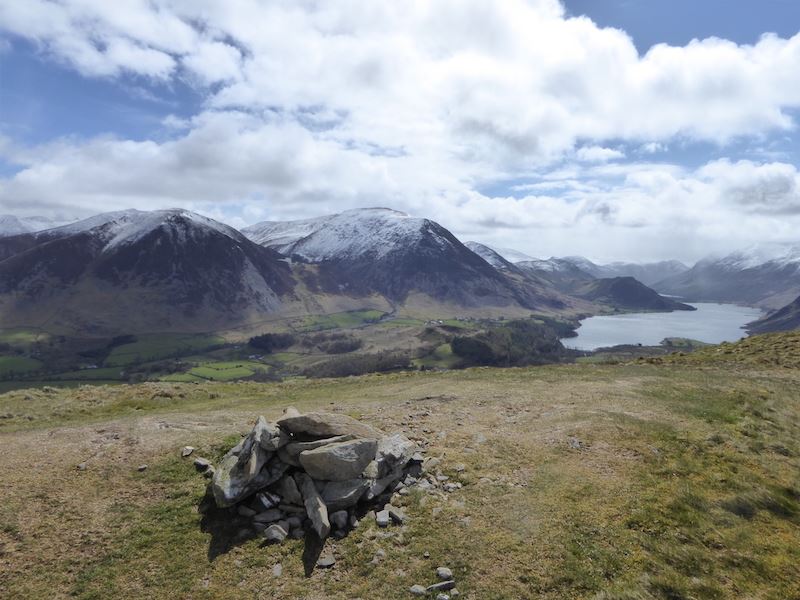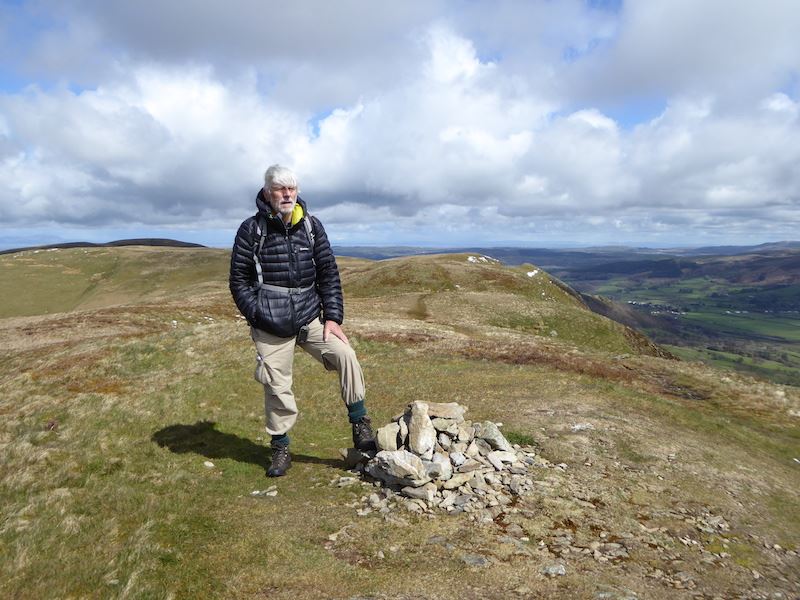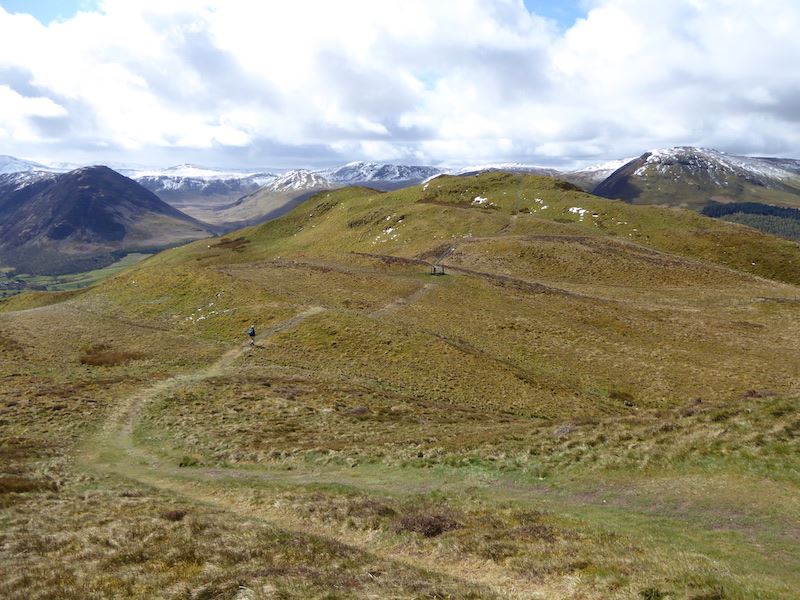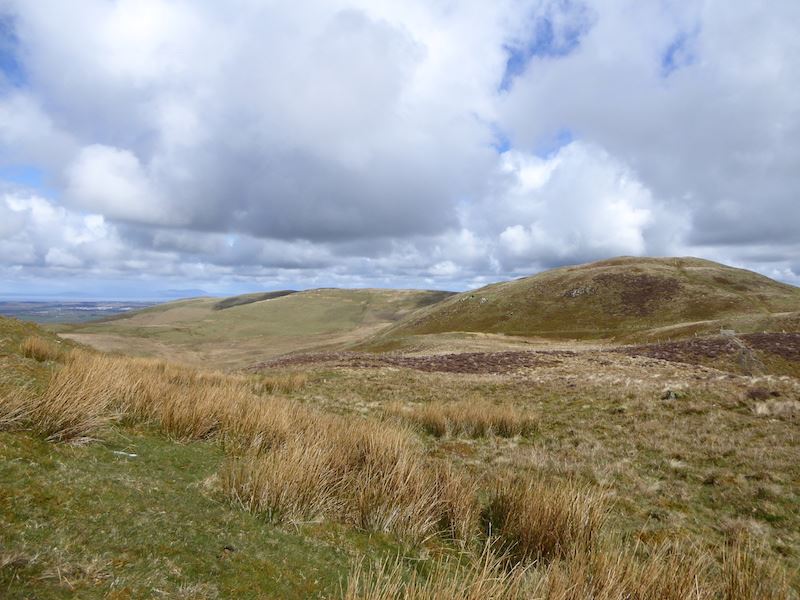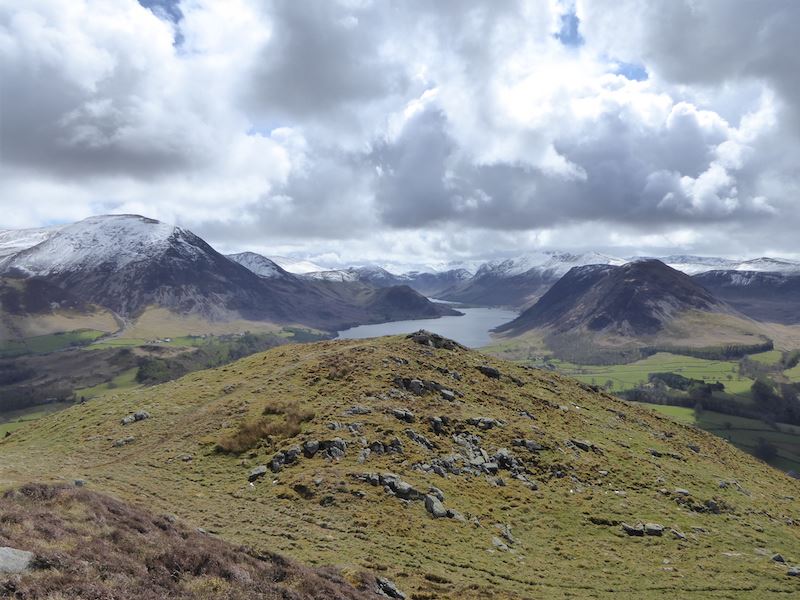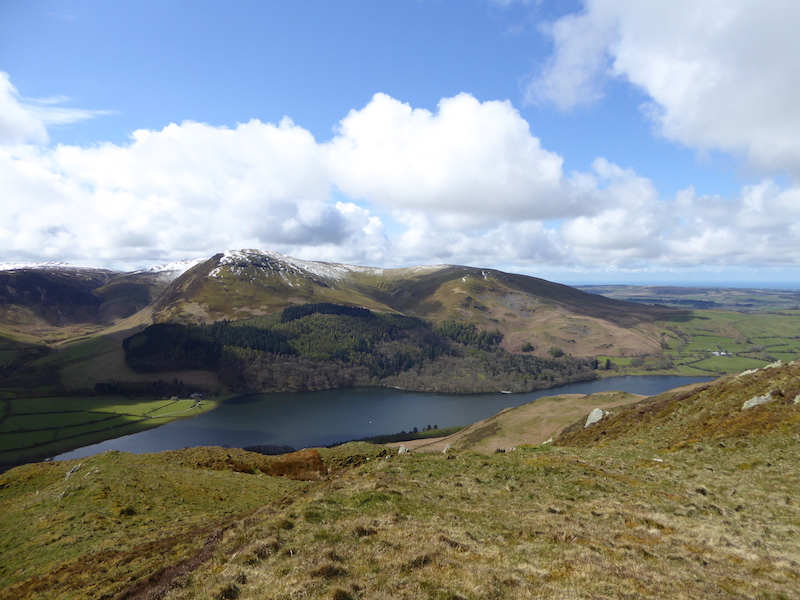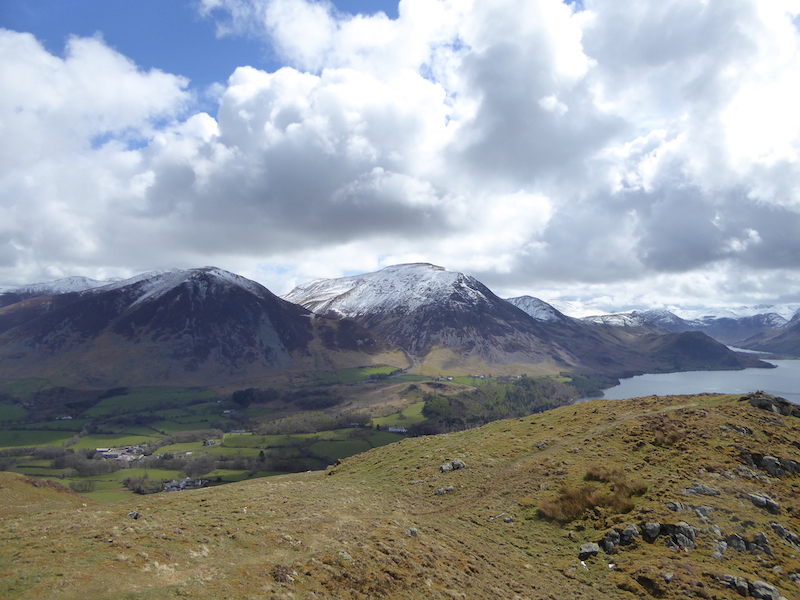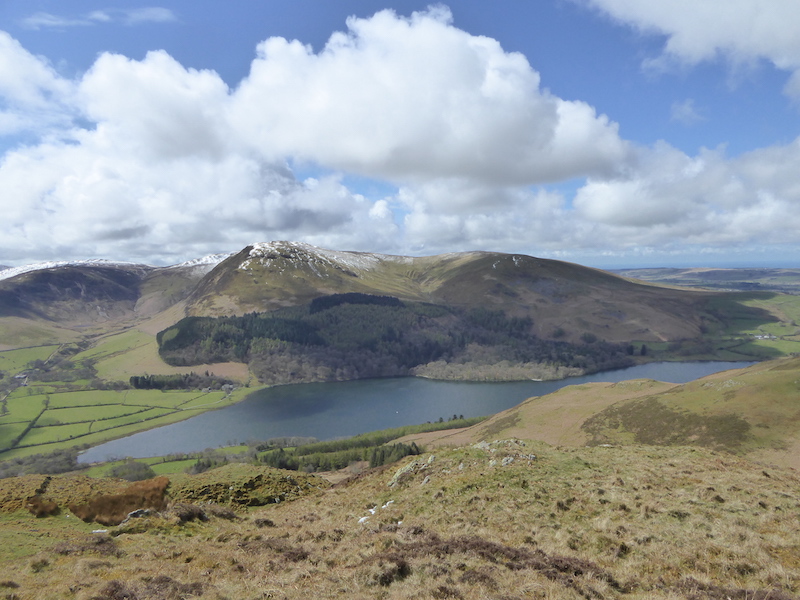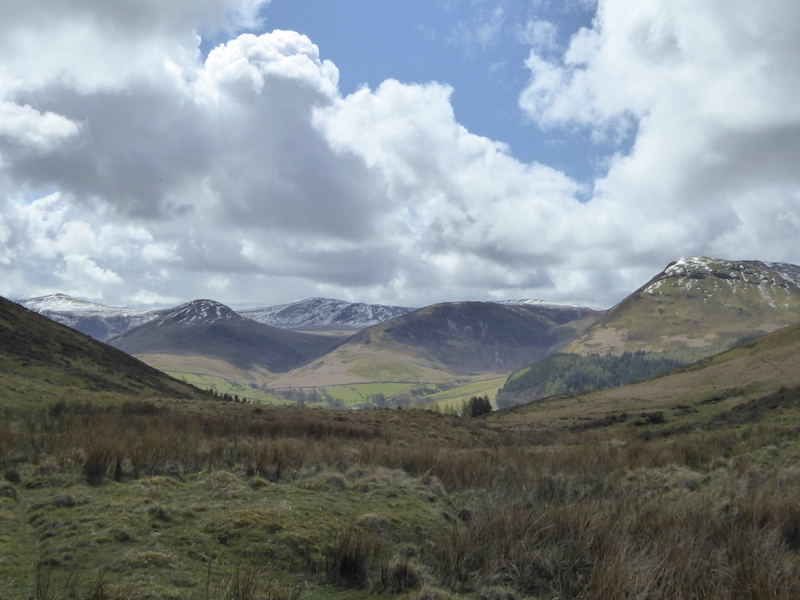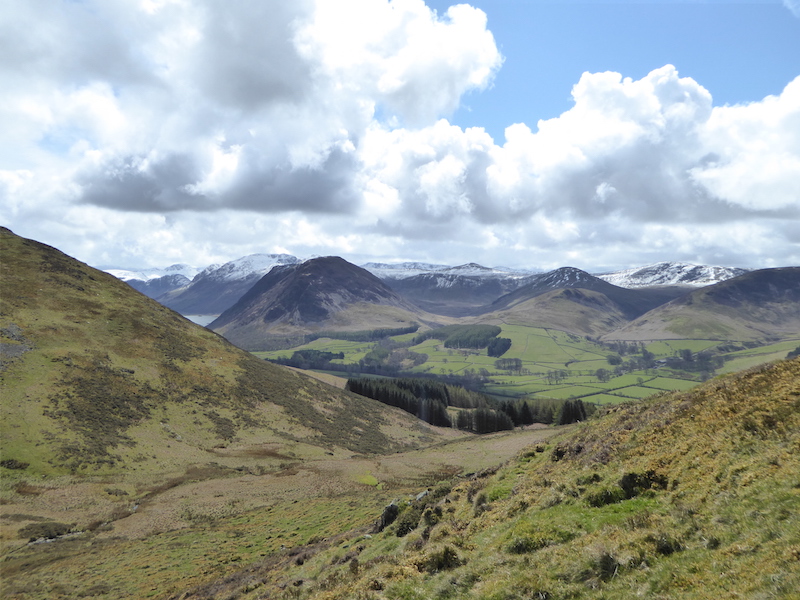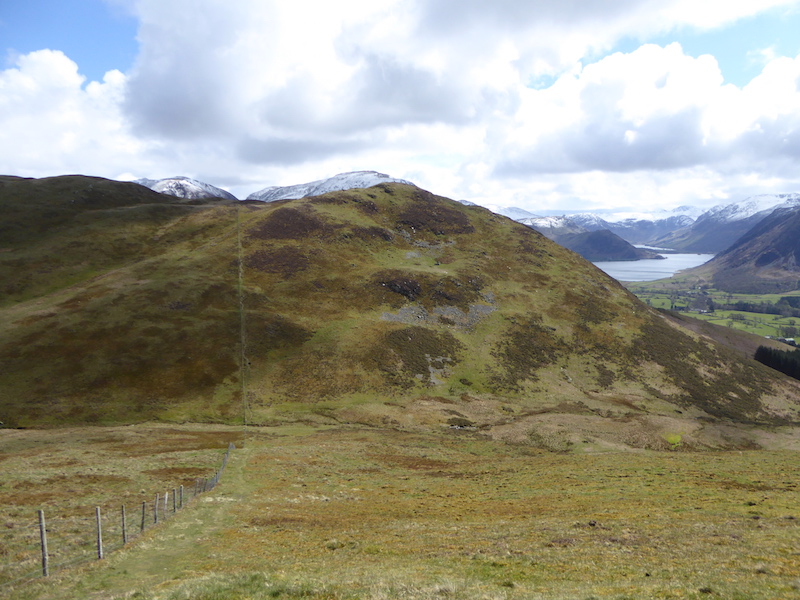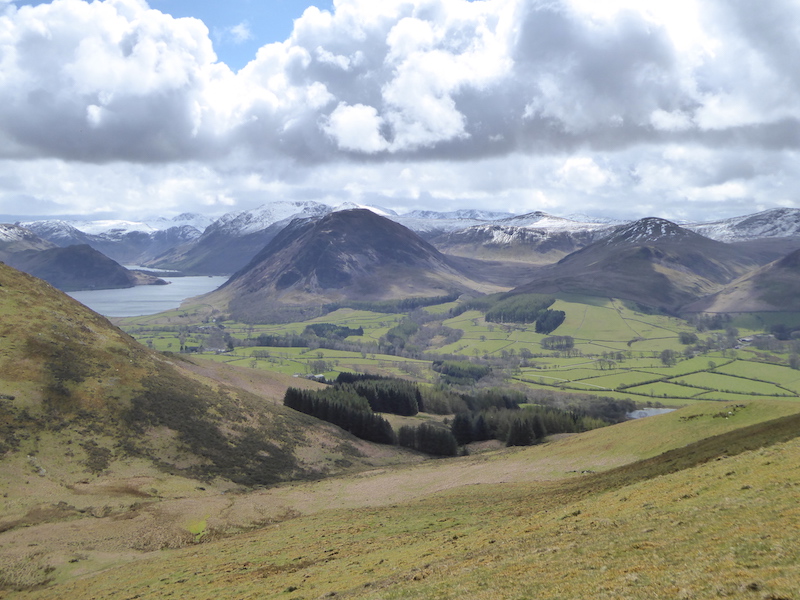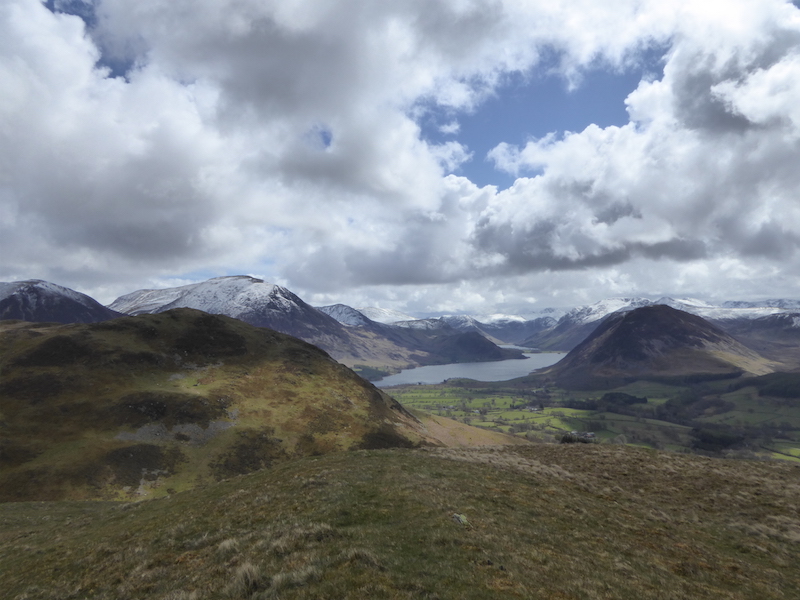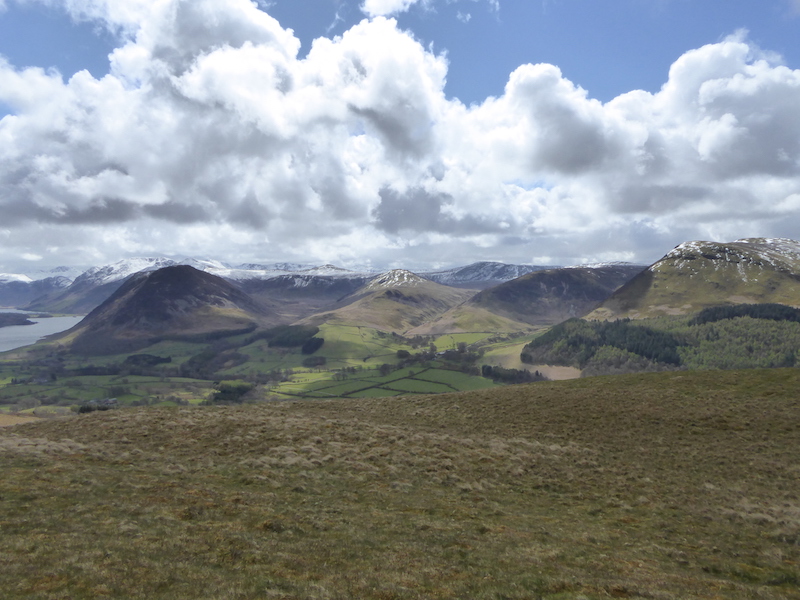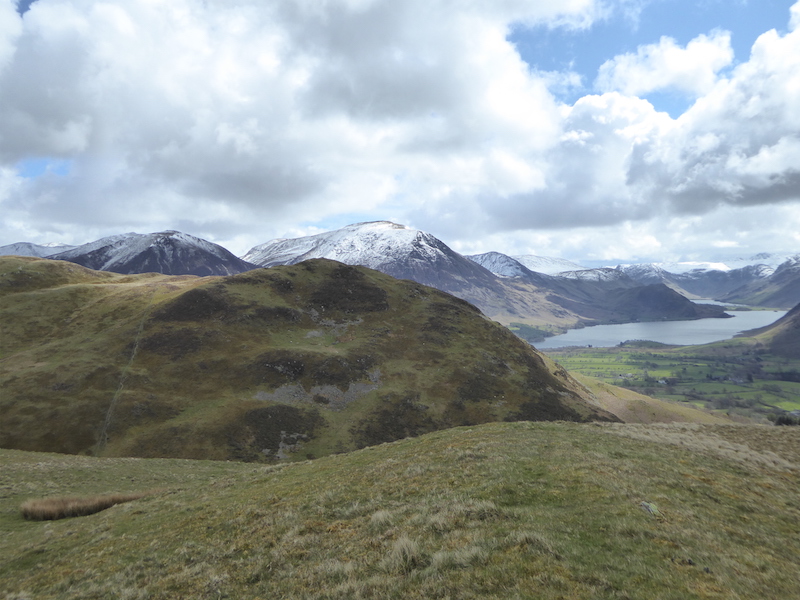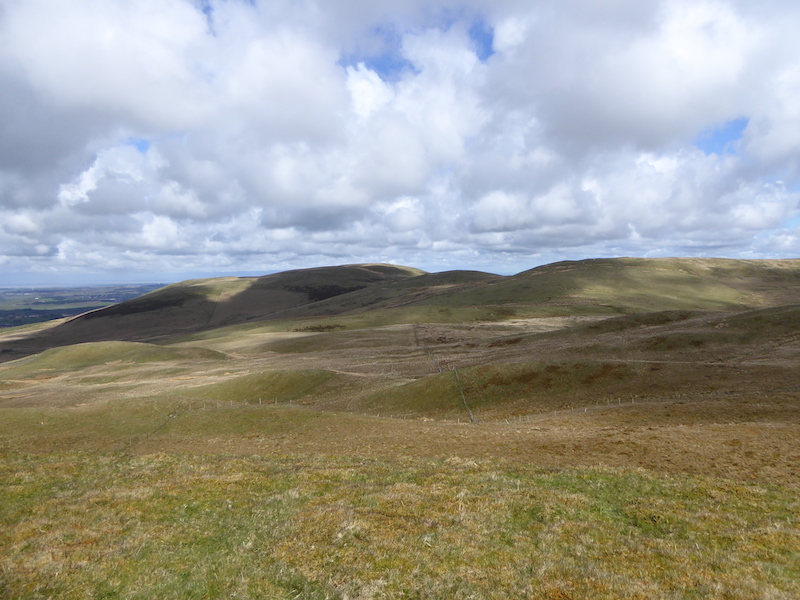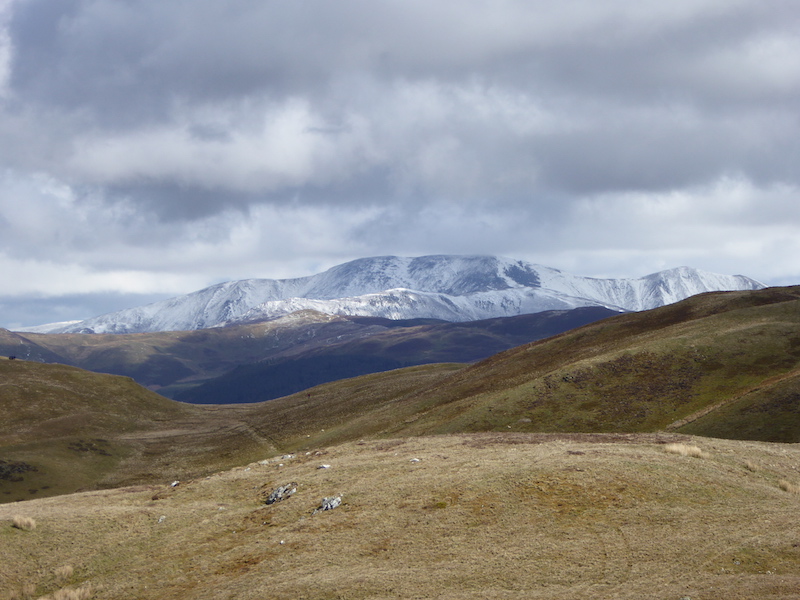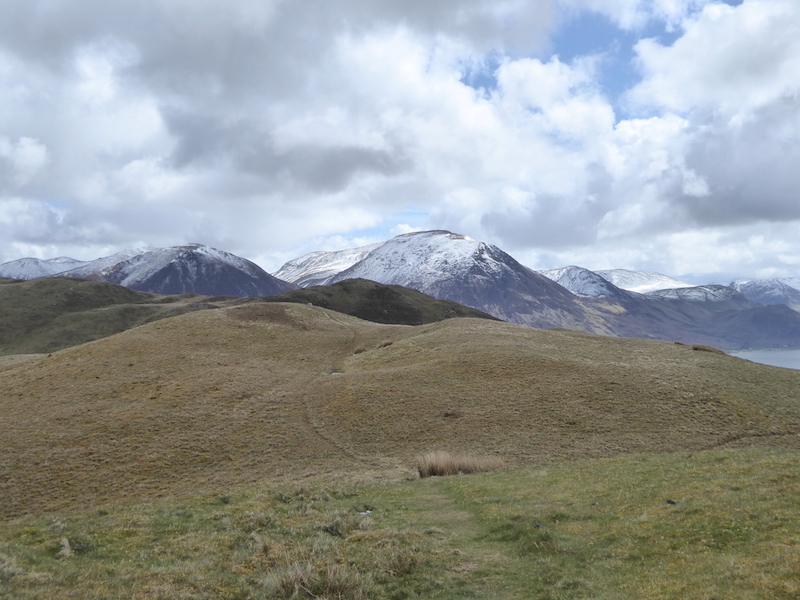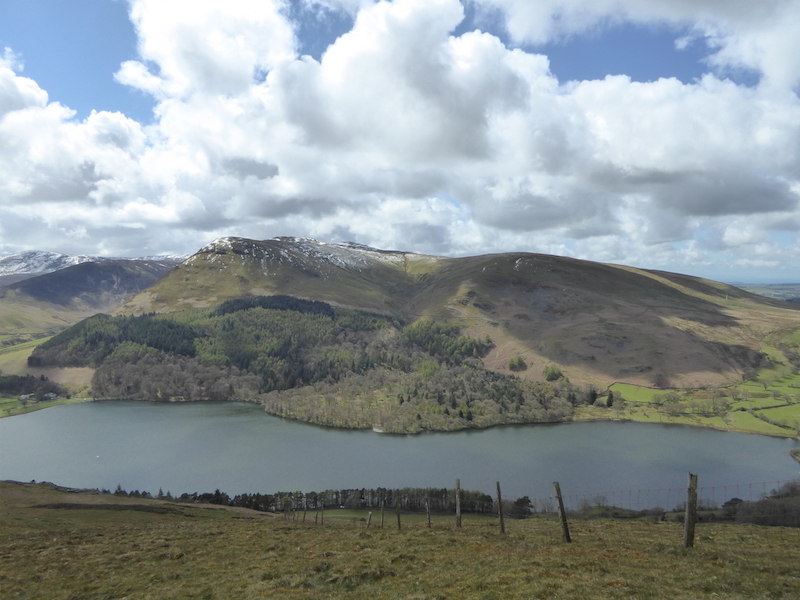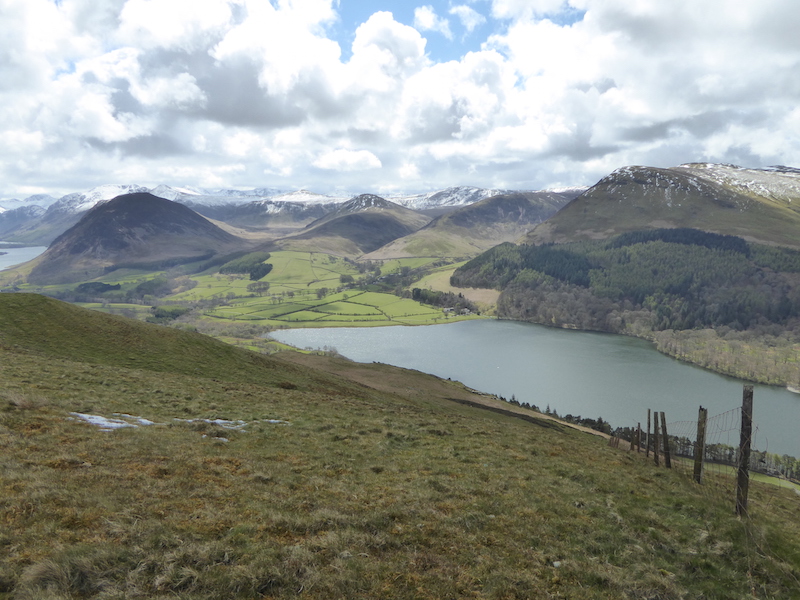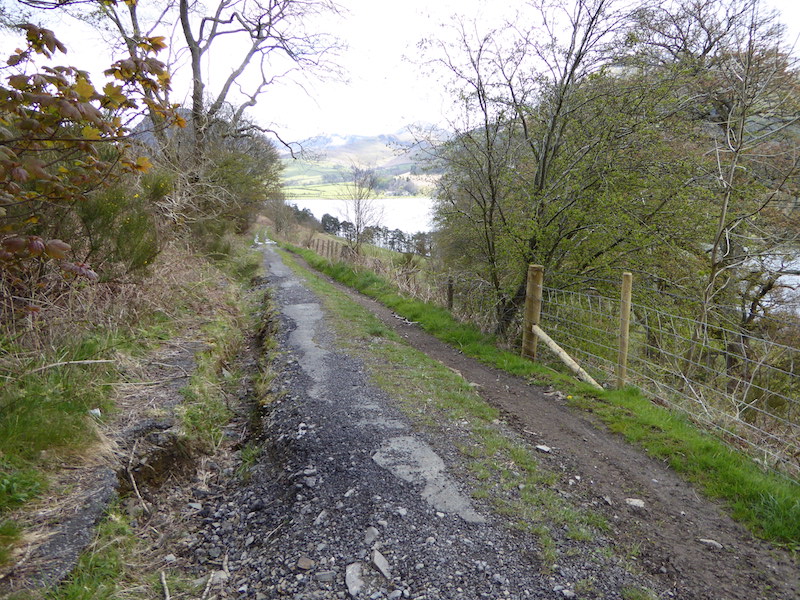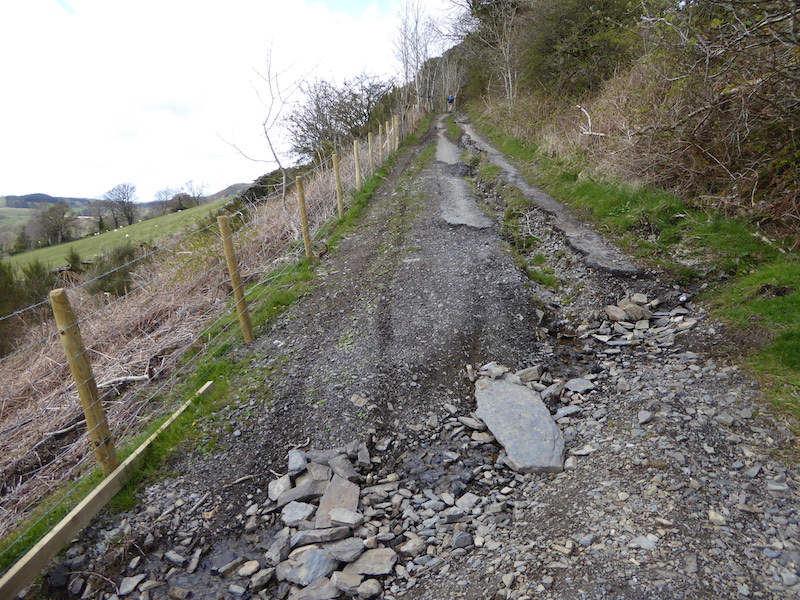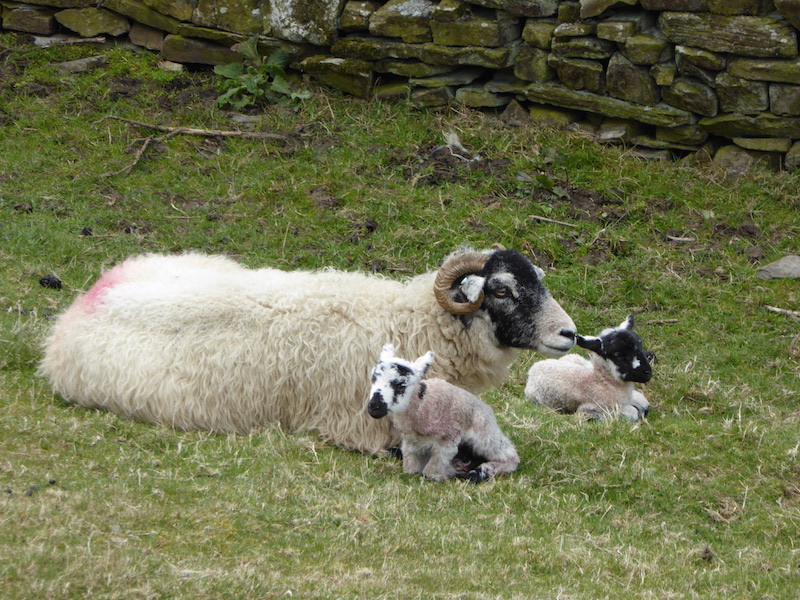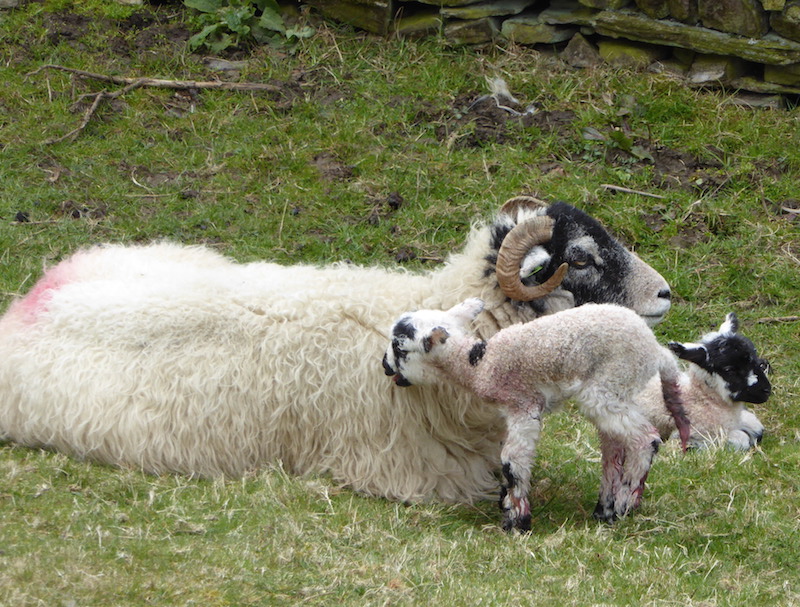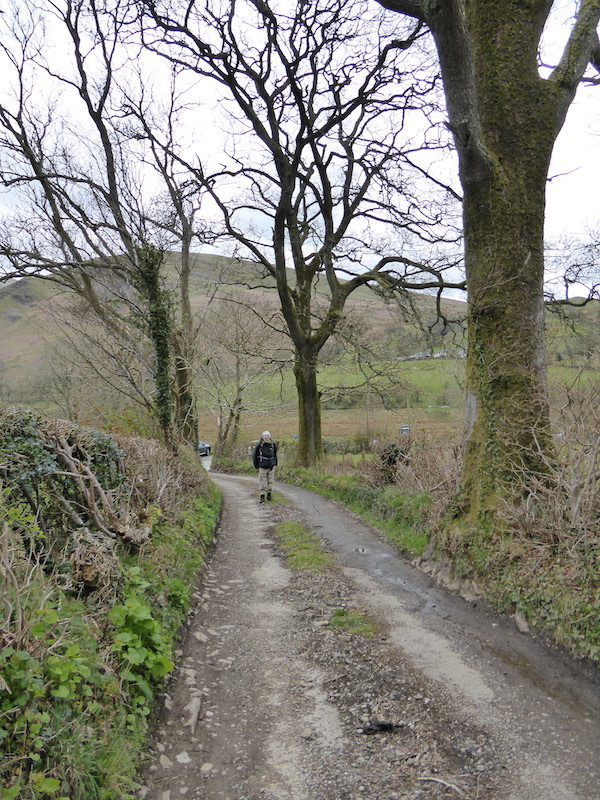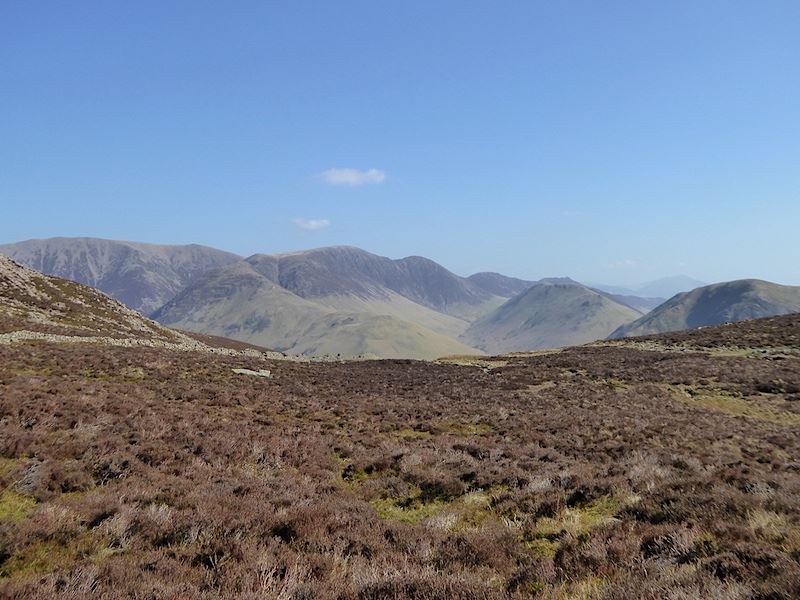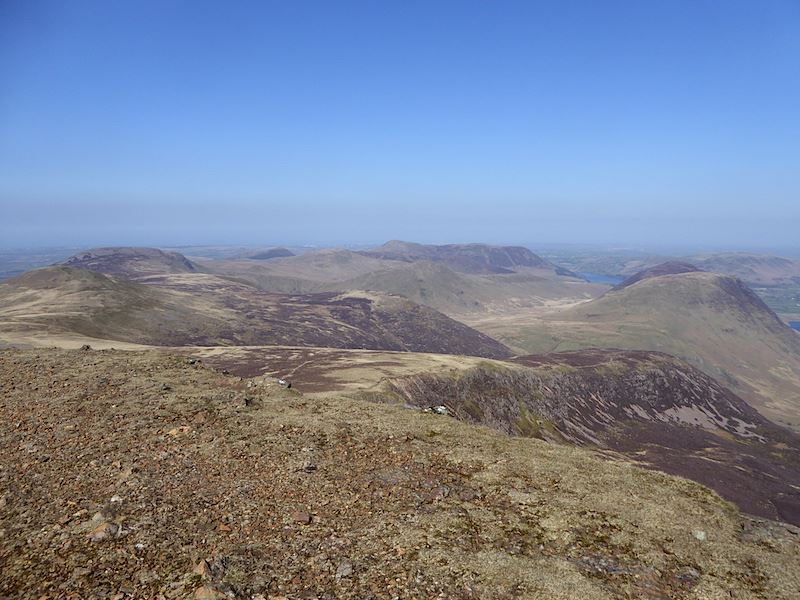Walk Date – 9th June 2016
Distance – 7.2 miles
Weather – hot, humid, hazy
Today’s forecast suggested that there could be some heavy rain by the middle of the afternoon so, not wanting to be caught out on the high fells in a torrential downpour, we set off early for a walk round the fells above the Greenburn valley, just to the north west of Grasmere. In the photo is Steel Fell, with some early morning mist floating around, which will be the last fell on our walk today.
Route


The hot weather continues and its another beautiful morning as we park up in a lay-by on the A591 near Grasmere. We cross the A591 and walk up to the right for a couple of hundred yards and then turn left onto …..

….. this little lane which leads us down to Town Head Farm at the foot of Steel Fell. The lane leads us past the farm and down the hill, at the bottom of which we take a right turn, which takes us up another hill past those white cottages on the left of the shot.

A view of Helm Crag, the first fell on the route, from the lane to Town Head Farm. Standing at just over 1300′ its not one of the big ‘uns but, even so, its testing enough especially on a hot, humid day like today.

Taking the right hand turn off the little lane we headed up the access road to the white cottages mentioned previously. The access road winds around to the left and leads to a gate. A little further on after going through the gate …..

….. the tarmac road ends and the track into Greenburn begins.

We turned left after walking a short distance along the track and crossed this bridge over the beck. The red and white tape indicating that it must have been damaged during the winter storms, the bridge is quite safe but part of the handrail is still missing.

After the beck crossing we pick up the path across the field which leads over to the gates in the two walls running across the photo. Once through those gates we follow another path which rises up the fellside in a series of zig-zags.

Pausing at the end of one of the zig-zags to have a look at Steel Fell on the other side of the beck. The zig-zag path makes the ascent so much easier but walking up here was very hot work this morning. The sun was on our backs, it was very hot and humid and there wasn’t even the slightest hint of a breeze to help cool us down. Sweat running into our eyes, dripping down our backs, off the ends of our noses, and onto the insides of my glasses. By the time we got to the hause the brow mopping towel was wet through, our hair was plastered to our heads and we both looked like boiled lobsters.

As I reached the hause I could feel a gentle breeze blowing across so I stood facing into it, arms akimbo, and just enjoyed it washing over me, it was absolute bliss. We took a short break here just to towel down our hair and faces and generally get ourselves back together again before continuing on up to Helm Crag. Its not a huge distance up to the summit from here and now we had the light breeze coming across from the right of the picture the climb was a lot less energy sapping.

From the climb up to Helm Crag I took a look back across Bracken Hause. The walkers on the path were three Scottish chaps who had been following a little way behind us up the zig-zags, they too were struggling with the heat and humidity.

The summit of Helm Crag, a large lump of rock called The Howitzer, overlooking the stretch of the A591 known as Dunmail Raise. This is the road which was washed away during Storm Desmond on 5th Dec 2015 and which re-opened to general traffic on 11th May this year.

Another rock outcrop, this time with the name ‘The Lion and the Lamb’. Whoever named it must have had a very vivid imagination as similarities to lions and lambs have always escaped me, either on close inspection or from afar. To the right of it is Grasmere, the water, not the village which can’t be seen in the shot, above which is Loughrigg Fell.

Back to The Howitzer. One of the three Scots was attempting to climb to the very top but gave up about halfway up, the steep drop down the other side putting him off. Getting up is only half the matter, getting down would be even trickier. We had a chat with them, as you do, and learned that they were intending to go on over to High Raise. Well, two of them were, the third had found the heat a bit too much coming up the zig-zags, had decided not to go with them and would meet up with them on their return.

From the descent back to Bracken Hause I took this shot of Tarn Crag over to our left. On the right of it is Far Easedale and on the left is Easedale where you can see the white specks of the waterfalls in Sourmilk Gill. As the photo shows, the conditions were still very hazy and distant views non-existent.

The view back across Bracken Hause to Helm Crag as we continue along the ridge to Gibson Knott. This too was hot work so the breeze, when it came, was more than welcome.

Looking ahead along the path to Gibson Knott. The two walkers ahead had arrived on Helm Crag, from the Grasmere side, while we were there and, after a very brief stop for drinks, left before we did without seeming to take much notice of anything at the summit. We didn’t see them again beyond Gibson Knott so we presumed they had descended into Greenburn from there and returned to Grasmere by that route.

The view down into Easedale as we continue along the ridge. Its lovely to see greenery again although I do wish it wasn’t mostly bracken.

Gibson Knott summit, at 1379′, with Tarn Crag behind it towards the right of the picture. On the skyline to the left is the Blea Rigg ridge.

The view behind us is that of Steel Fell across the Greenburn valley.

Still hot and humid although we did have a bit more of a breeze at this point, and our hair was drying out nicely.

This is typical of the terrain along the ridge, lots of lumps and bumps so you do a lot of ups and downs, its the fell-walking equivalent of a roller-coaster.

Gibson Knott is well behind us, Helm Crag is a distant memory, and Grasmere is disappearing. We’re a good way along the ridge now so I took another look back.

To our left is Tarn Crag and below it is Far Easedale. Raspberry pink seems to be the ‘in’ colour for sheep marking this year as they all seem to be wearing it wherever we go.

Ahead of us is Pike of Carrs, which stands towards the head of Far Easedale, and that means that we are getting closer to Calf Crag where we plan to stop and have something to eat.

A close up of Tarn Crag.

From Pike of Carrs a look back along the ridge we have just walked and down into Far Easedale before we lose the view.

Across the peat hags is Calf Crag, the summit of which is over to the left. This is usually a bit of a boggy area, which is why there are those stepping stones across it but, even with the odd thunderstorm we’ve had lately, it was bone dry today.

Calf Crag summit, at 1762′, with an un-named tarn in the distance. The clear blue skies are giving way to clouds.

The high point on the left skyline is High Raise, where the two Scots chaps had gone to, and to the right is Greenup Edge. We’re only getting patches of sunshine now but it is still close and muggy.

Looking south in the direction of Grasmere from the summit of Calf Crag with the ridge we have just walked across on the left.

After we’d had something to eat we headed off to the north east on the path which would eventually take us round the head of the Greenburn valley. This view is of Ullscarf, on the right, with Greenup Edge over to the left.

A look across the peat hags to our right at some of the lumps and bumps around Pike of Carrs and Calf Crag.

The path has swung around and we are now heading eastwards towards the head of Greenburn and Steel Fell. On the left skyline are the fells of the Helvellyn range and across the U-shaped gap on the right is Fairfield.

Crossing the head of Greenburn valley and we can see most of the Helm Crag ridge we walked earler.

Passing alongside an un-named tarn on the way to Steel Fell.

A view of Steel Fell from the head of the Greenburn valley …..

…. and a view down into Greenburn valley with the slopes of Steel Fell and Helm Crag forming a V shape at the end of it. There are paths along both side of the beck so its possible to have a low level walk up and down the valley, although the beck would need to be crossed before reaching the marshy area of Greenburn Bottom right at the end of it.

Passing another un-named tarn along the way. This flat area holds a lot of water so there are quite a few tarns, pools and puddles around.

The Helm Crag ridge across the Greenburn valley.

Continuing along over more lumps and bumps on the way to Steel Fell, but that’s not the summit just yet.

Sombre skies over Thirlmere as we reach the summit of Steel Fell.

It seems to be a little clearer towards the Helvellyn range, Helvellyn is over on the left, then comes Nethermost Pike and then Dollywaggon Pike over on the right.

The summit of Steel Fell at 1811′. I couldn’t take shots from the other side as the third Scotsman was sitting there waiting for his mates to join him on their return from High Raise. On Helm Crag he had seemed to indicate that he was going back down and would meet up with them at The Traveller’s Rest down on the A591. As we hadn’t seen him at all along the way to here I asked him what route he had taken from Helm Crag but I didn’t really get a clear understanding of the reply, no doubt because I was struggling to understand the very strong accent.

We begin making our way down Steel Fell taking this shot of Dollywaggon Pike on the left and Seat Sandal on the right from the descent path.

The view down as we descend, with the A591 snaking down to Grasmere on the left and Helm Crag over on the right.

Looking back up at Steel Fell from the descent path.

Helm Crag from the descent path, as you can see it is rather steep sided which is why the zig-zag path makes things easier. You might be able to pick out the route of it but just in case you can’t …..

….. I took another shot lower down and added the arrows to show the route of the path. The Howitzer and The Lion and the Lamb show up a bit better on this shot too.

Looking back up the Greenburn valley as we reach the bottom of the Steel Fell descent path. We joined up with the two walkers on the path below, who had been to Helm Crag and Gibson Knott then descended into Greenburn from Gibson Knott. They were on holiday and were keen to know more about the route we had taken so they could do it themselves in future.

We’re now back at the white cottages and looking over to Town Head Farm. All we have to do now is go down the hill and follow the lane to the farm. The little lane, in the centre, leading away from the farm buildings joins the A591 where we will turn right and walk the hundred yards or so back to the lay-by which is hidden by the trees over on the right. The sun has gone, the sky has clouded over and its still very muggy, so I think we’ve had the best of the day even though it is still only early afternoon. An enjoyable walk with just enough changes of height and terrain to keep things interesting. The forecast for the weekend and the beginning of next week looks a bit unsettled so when and where our next walk will be is rather uncertain at the moment.








































































































































